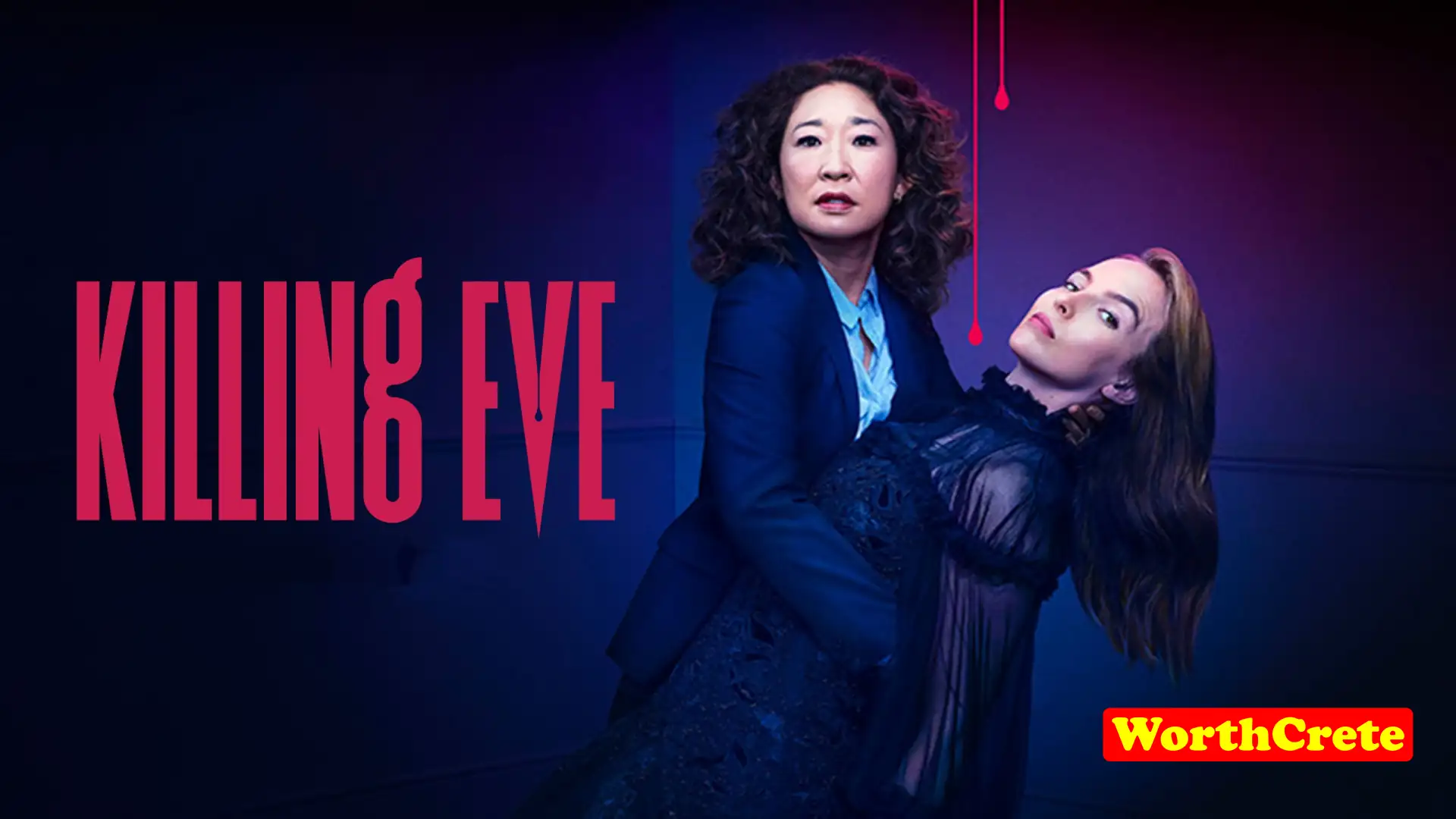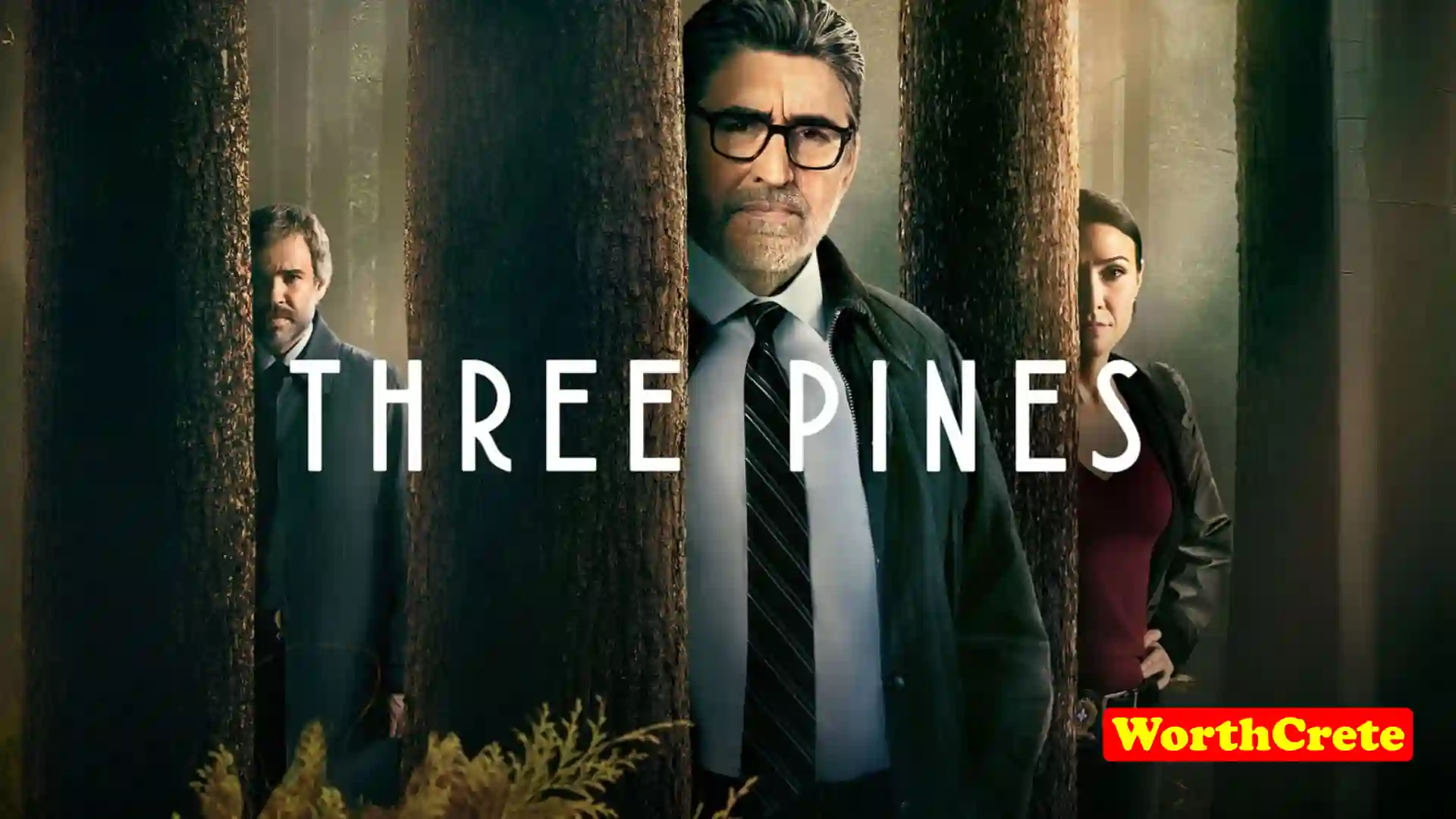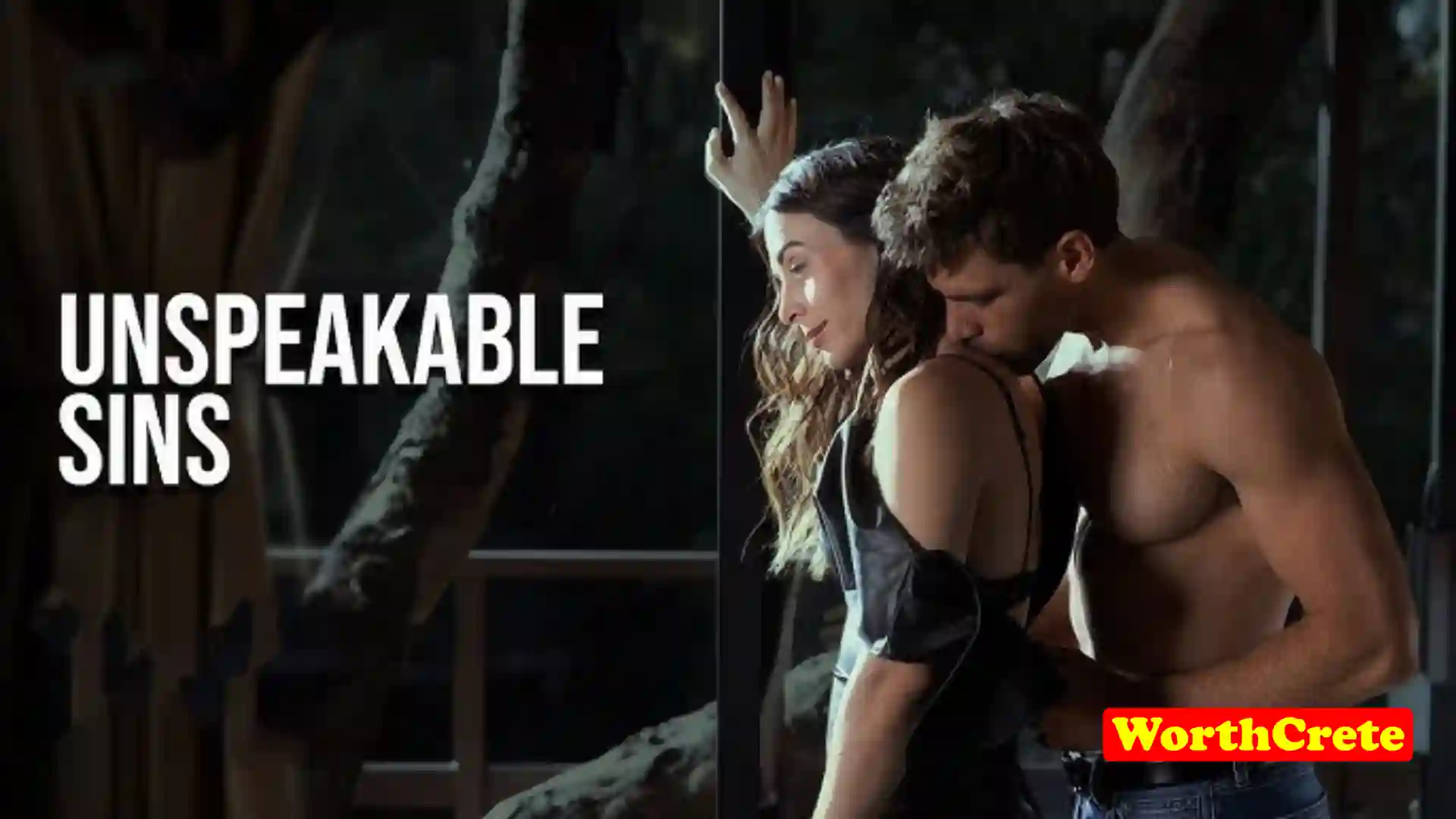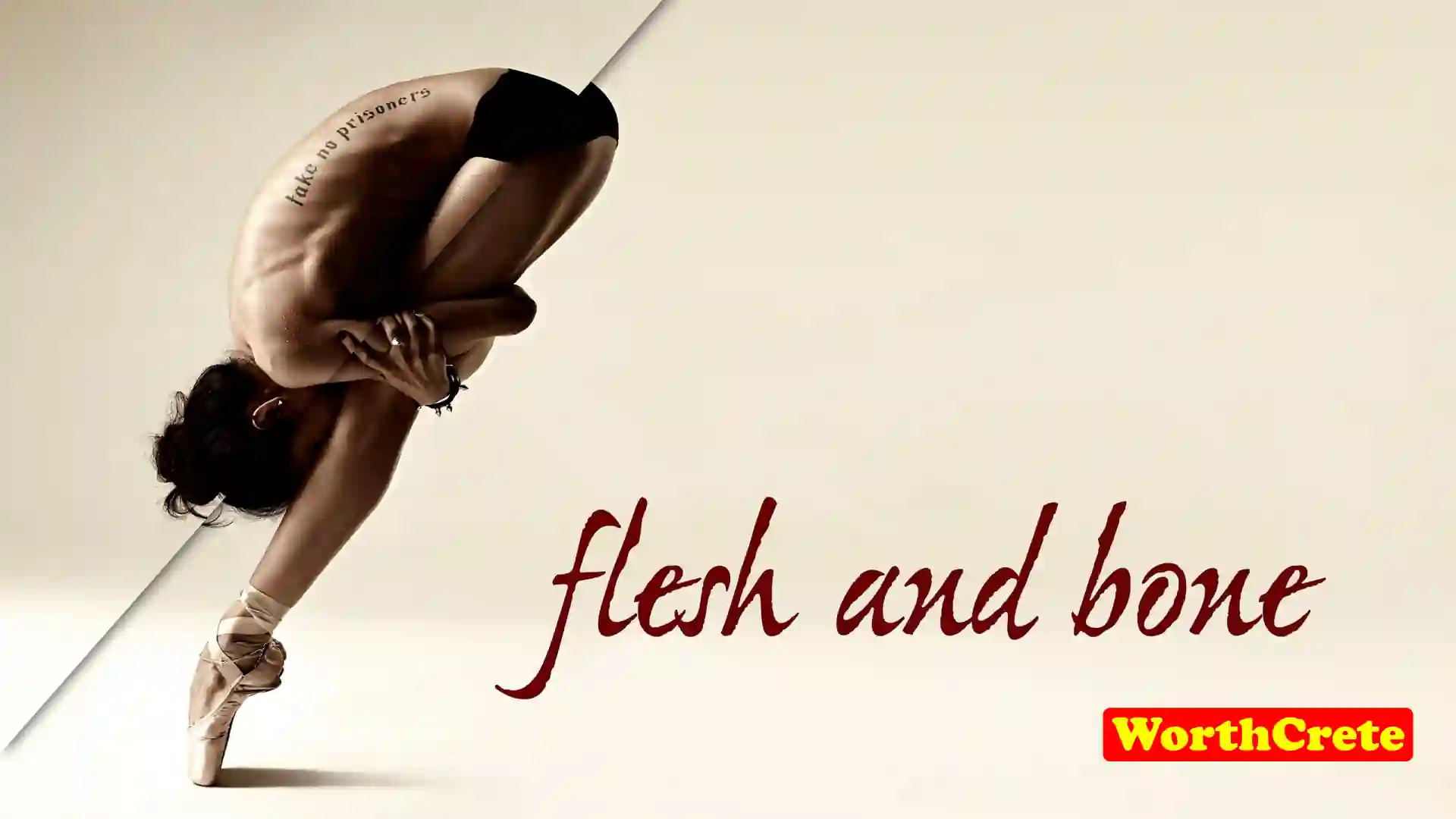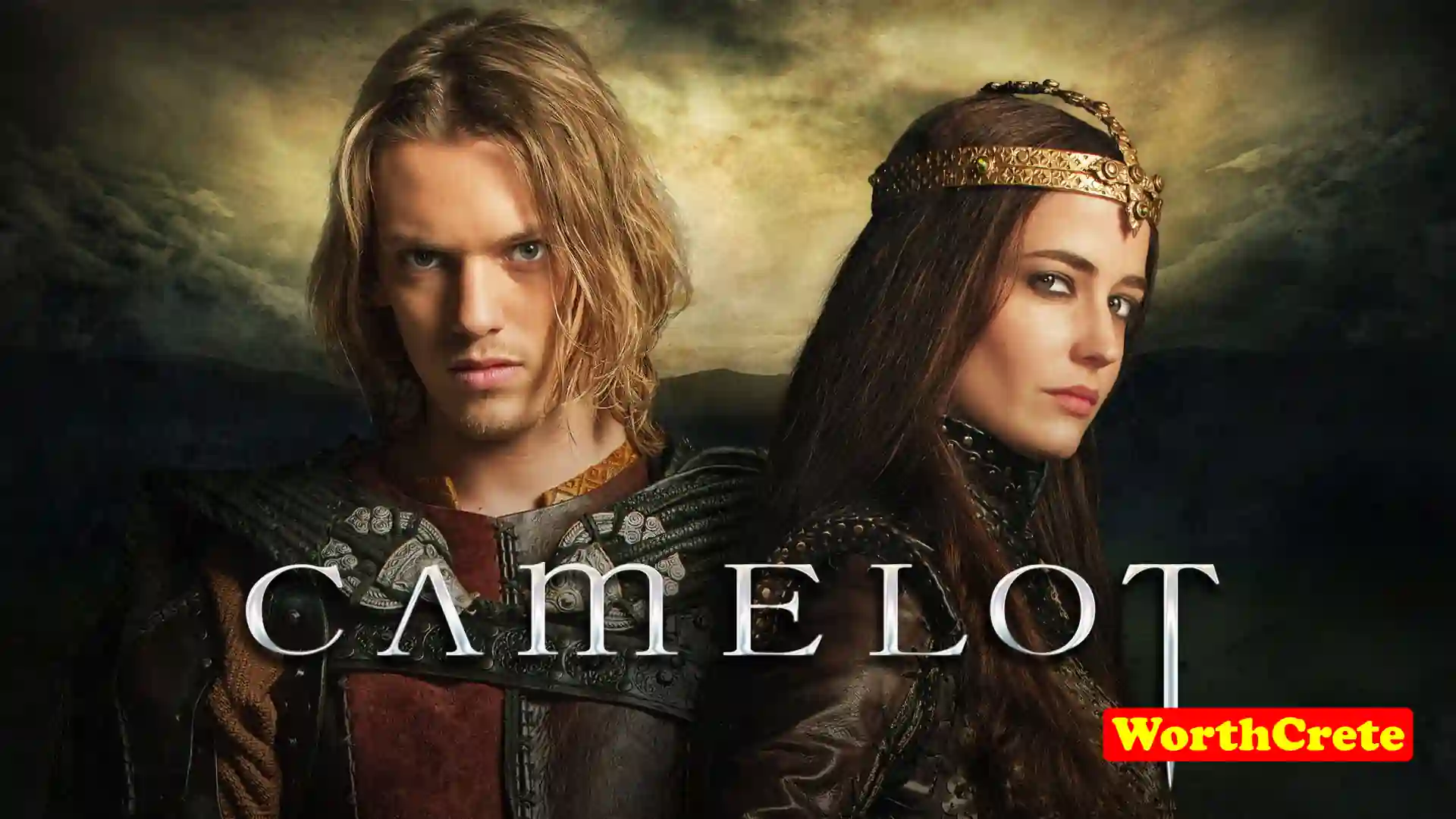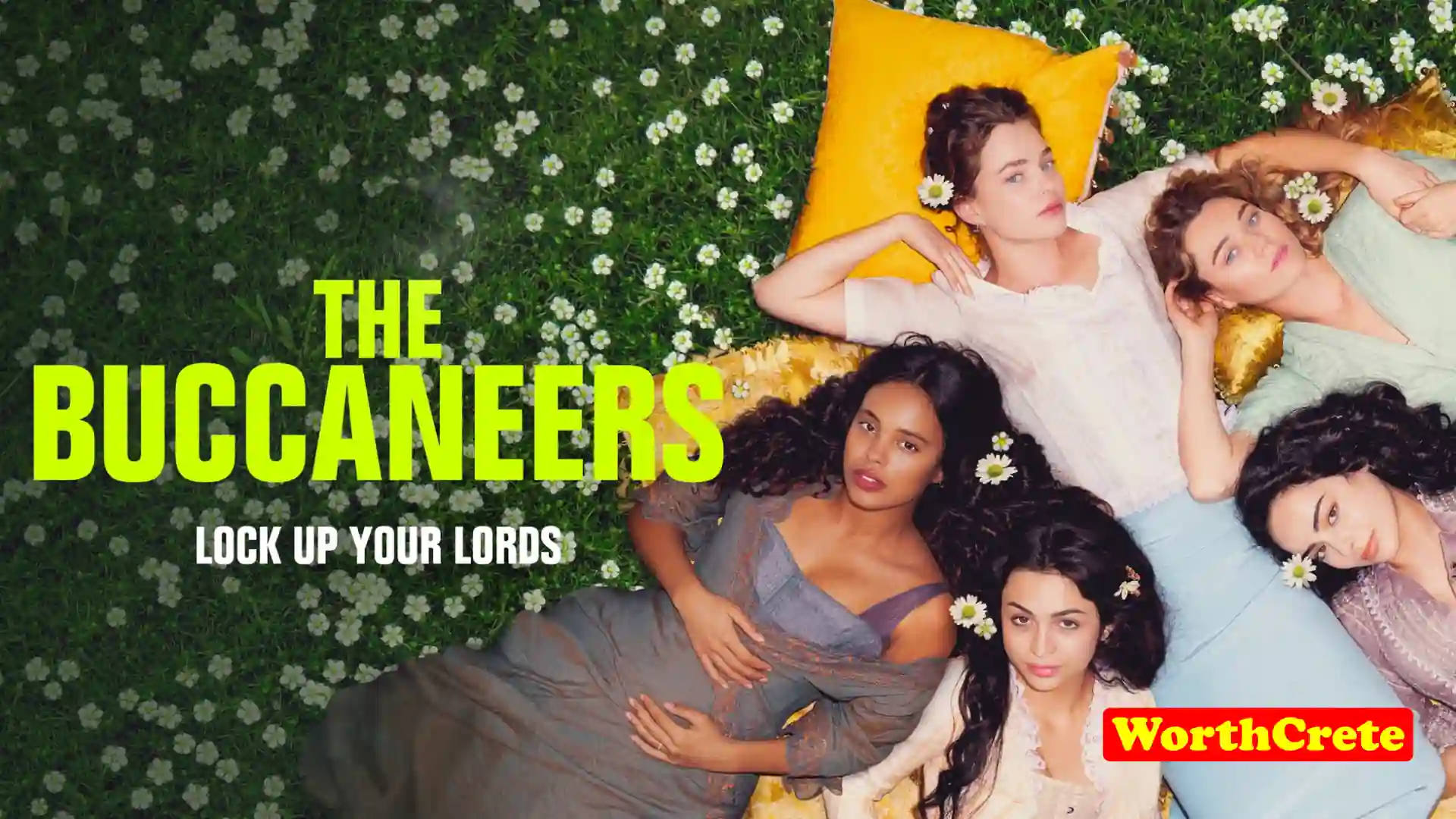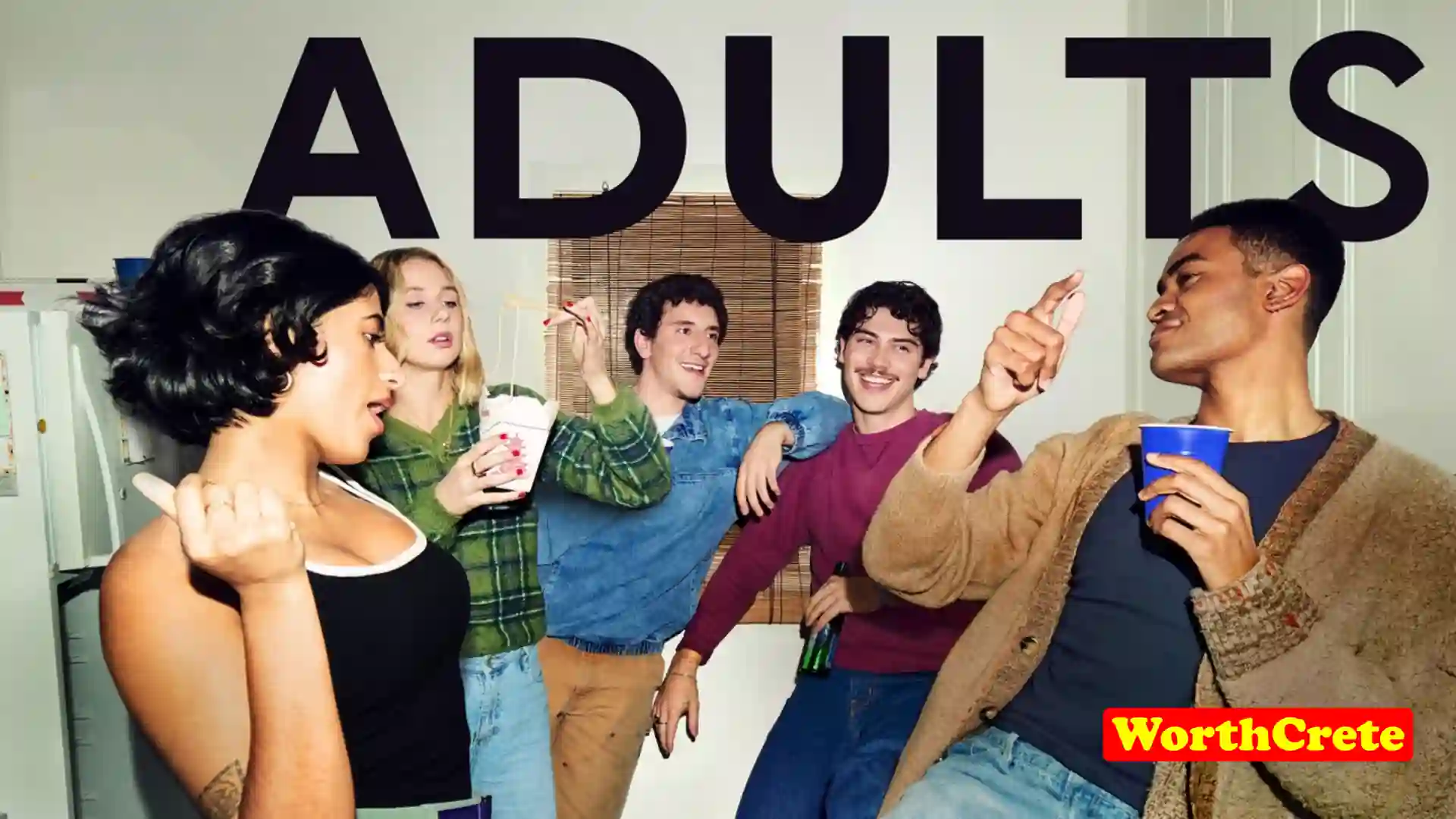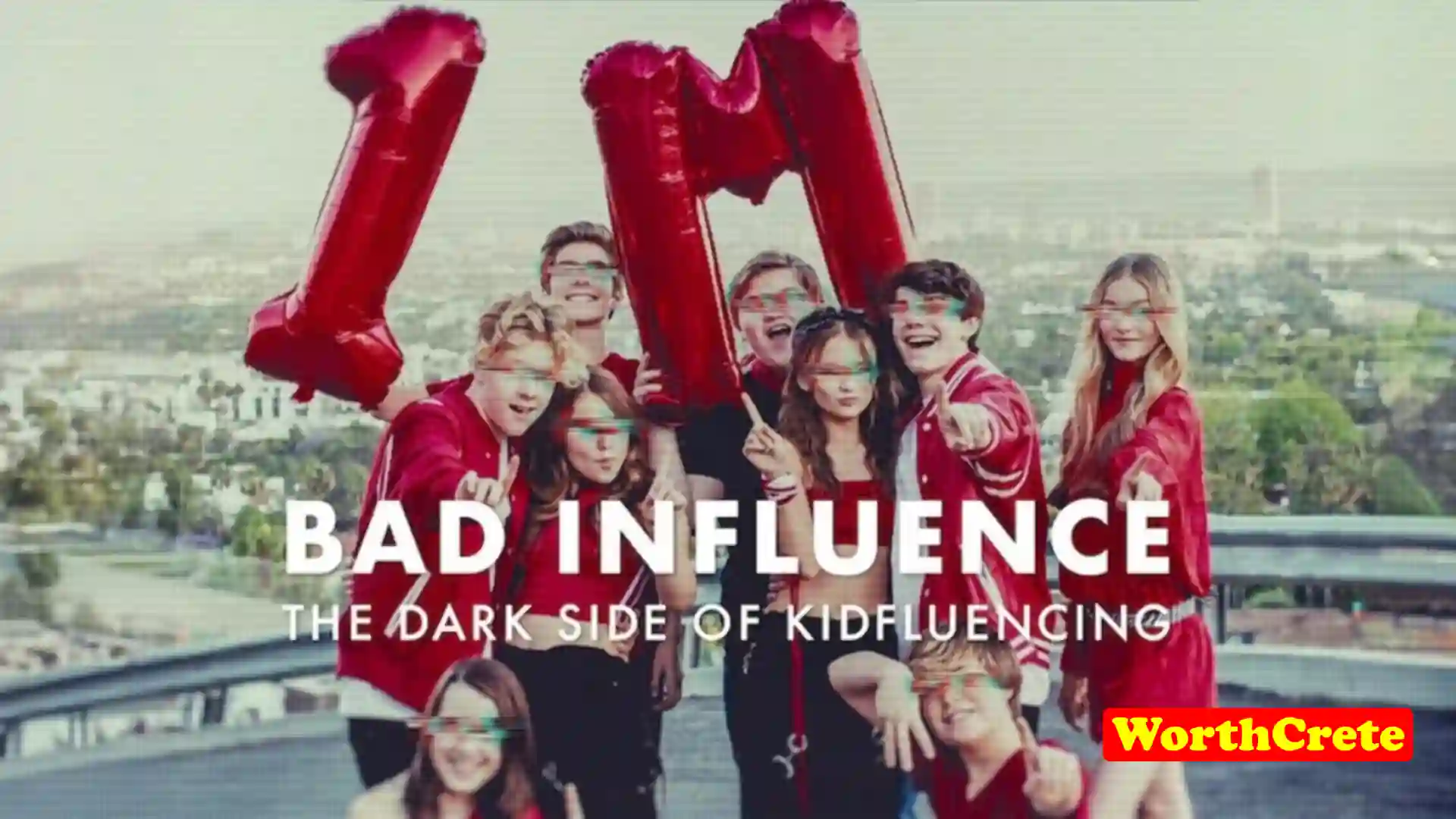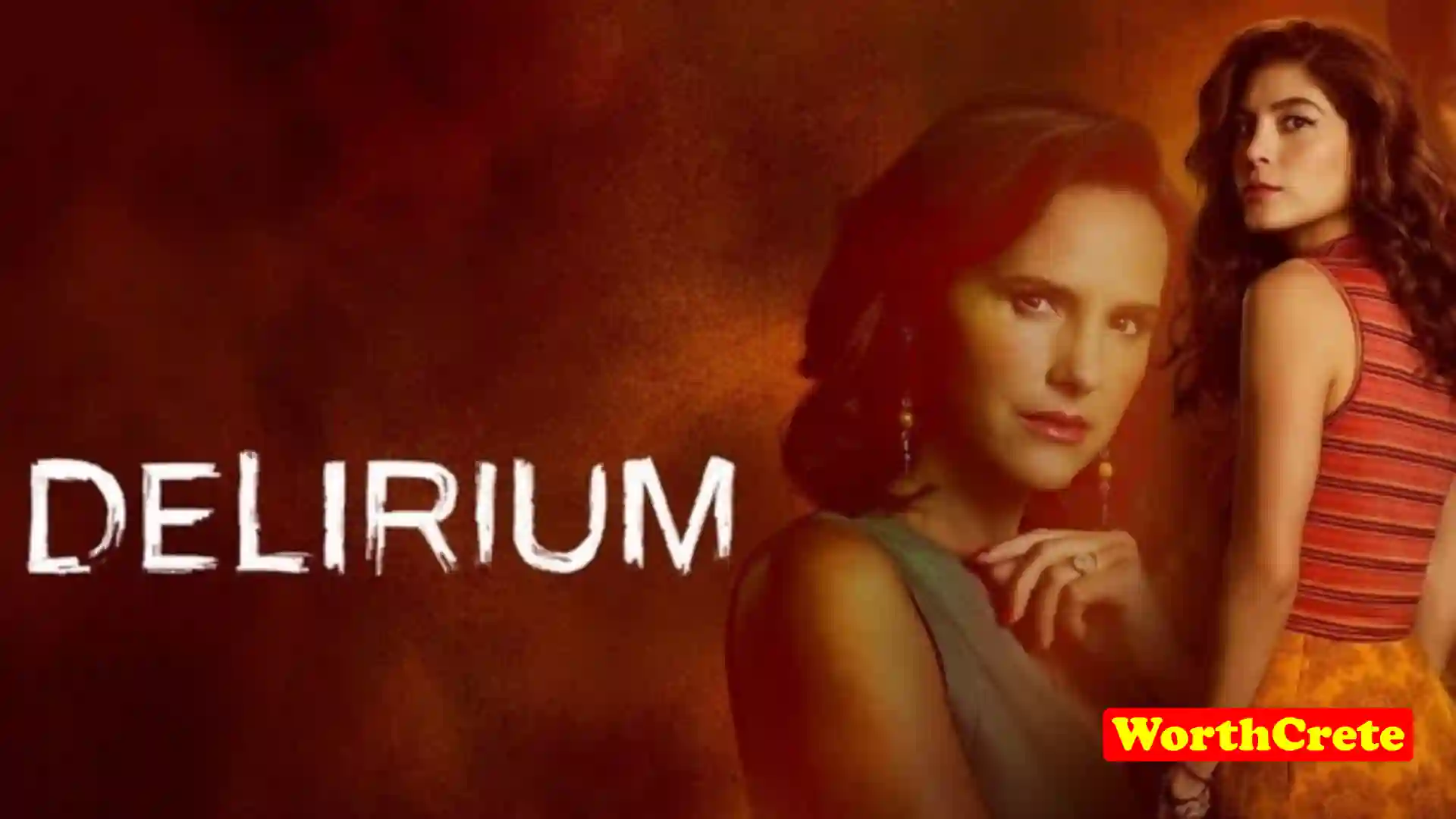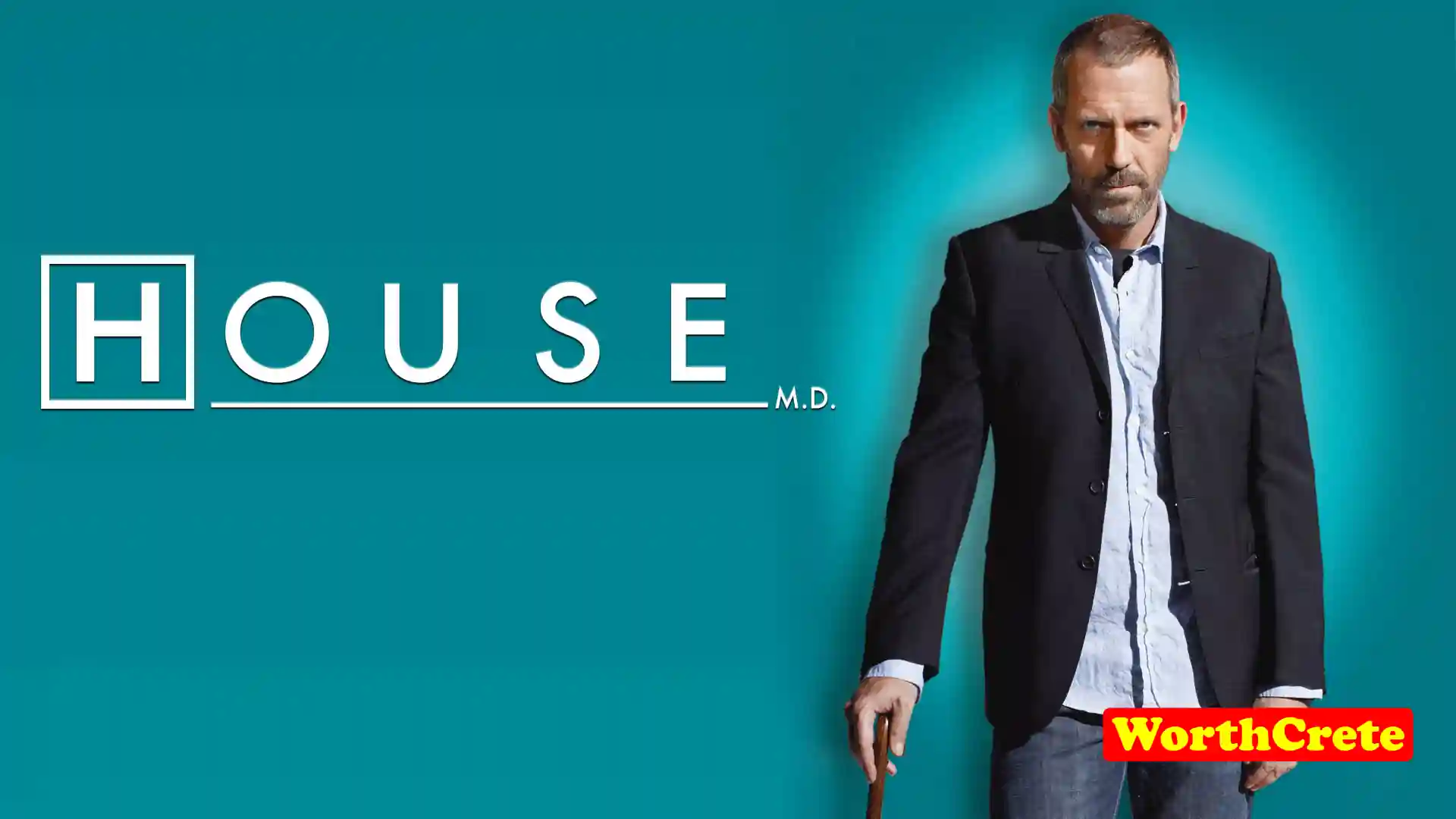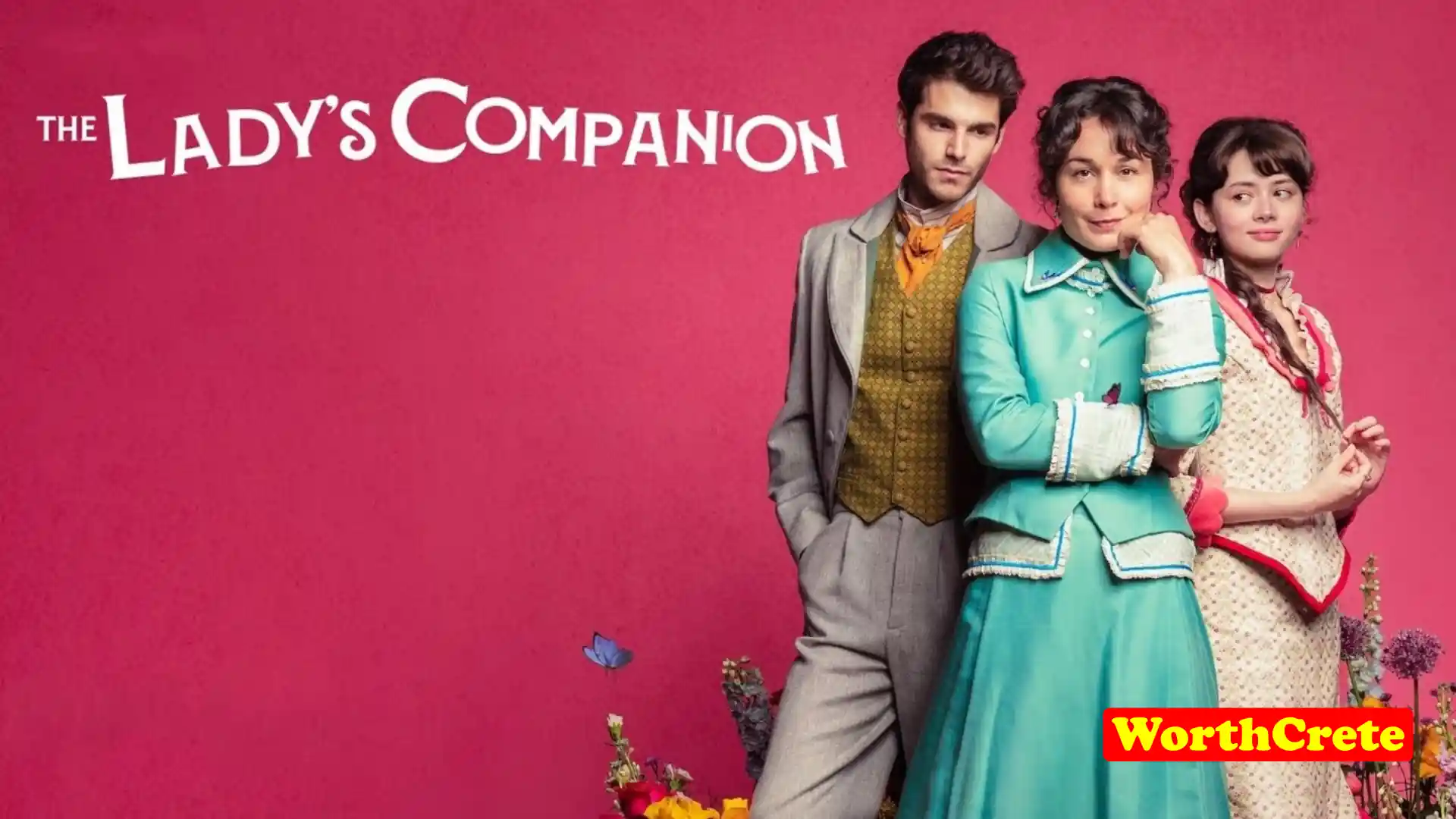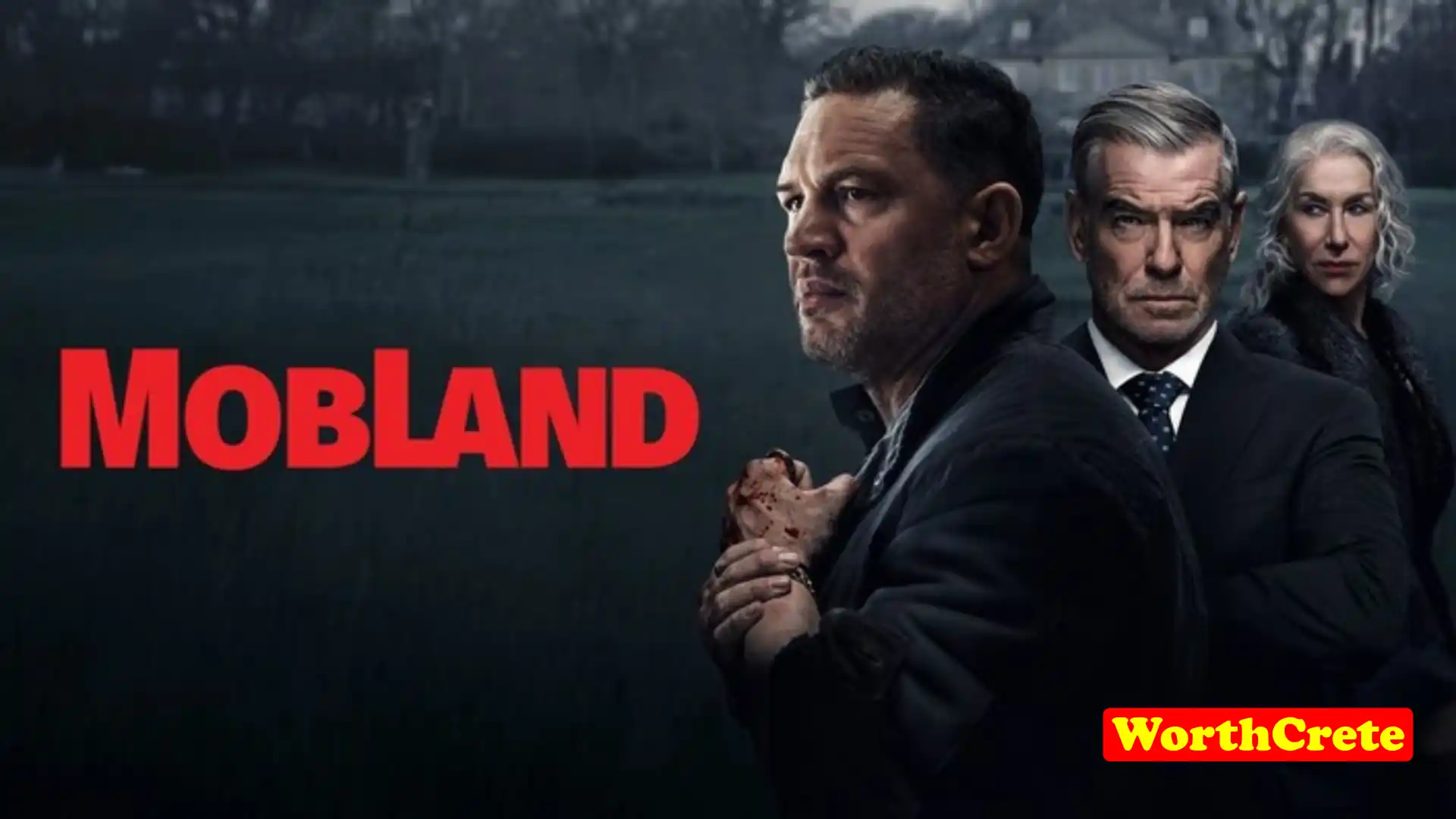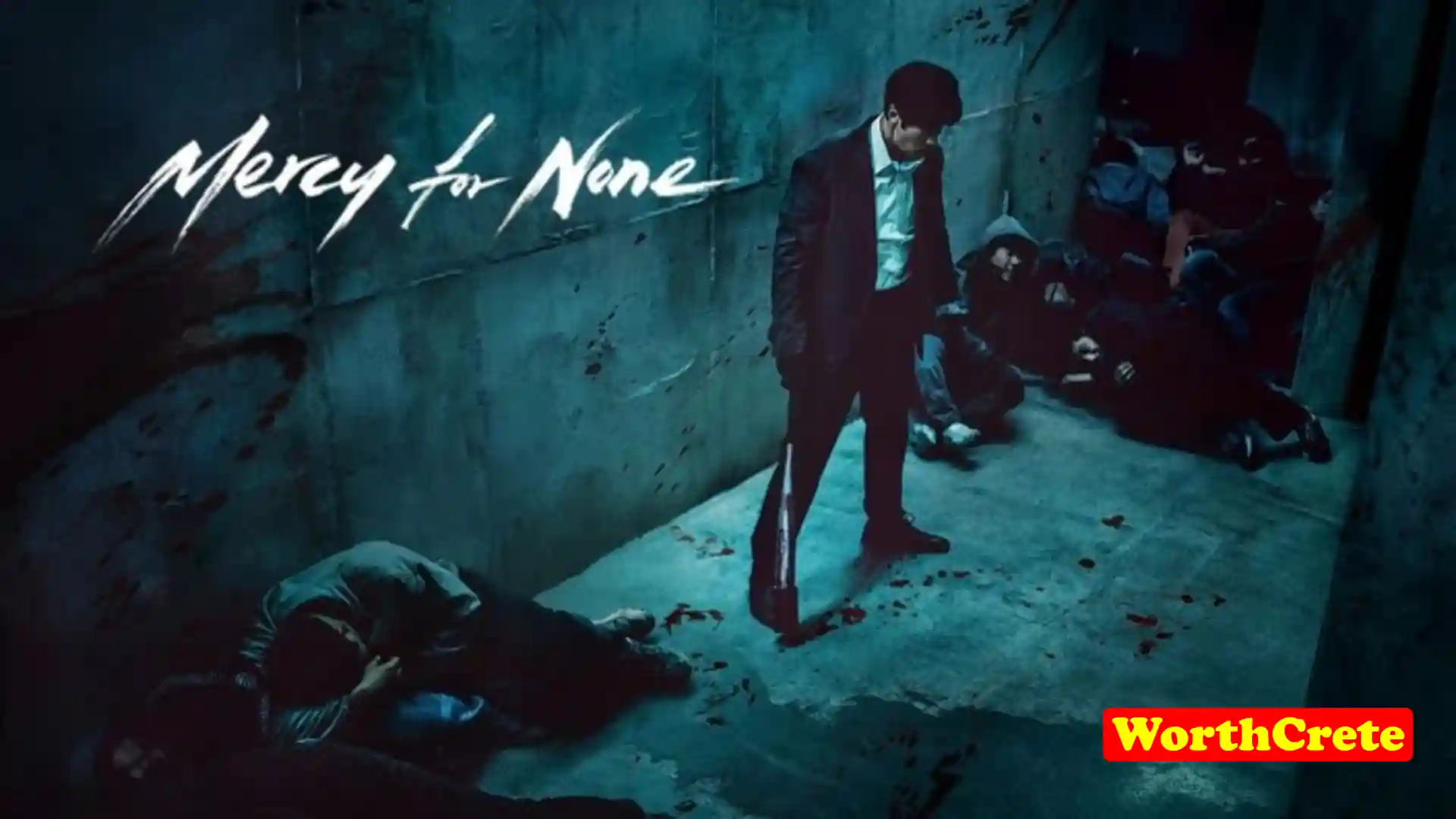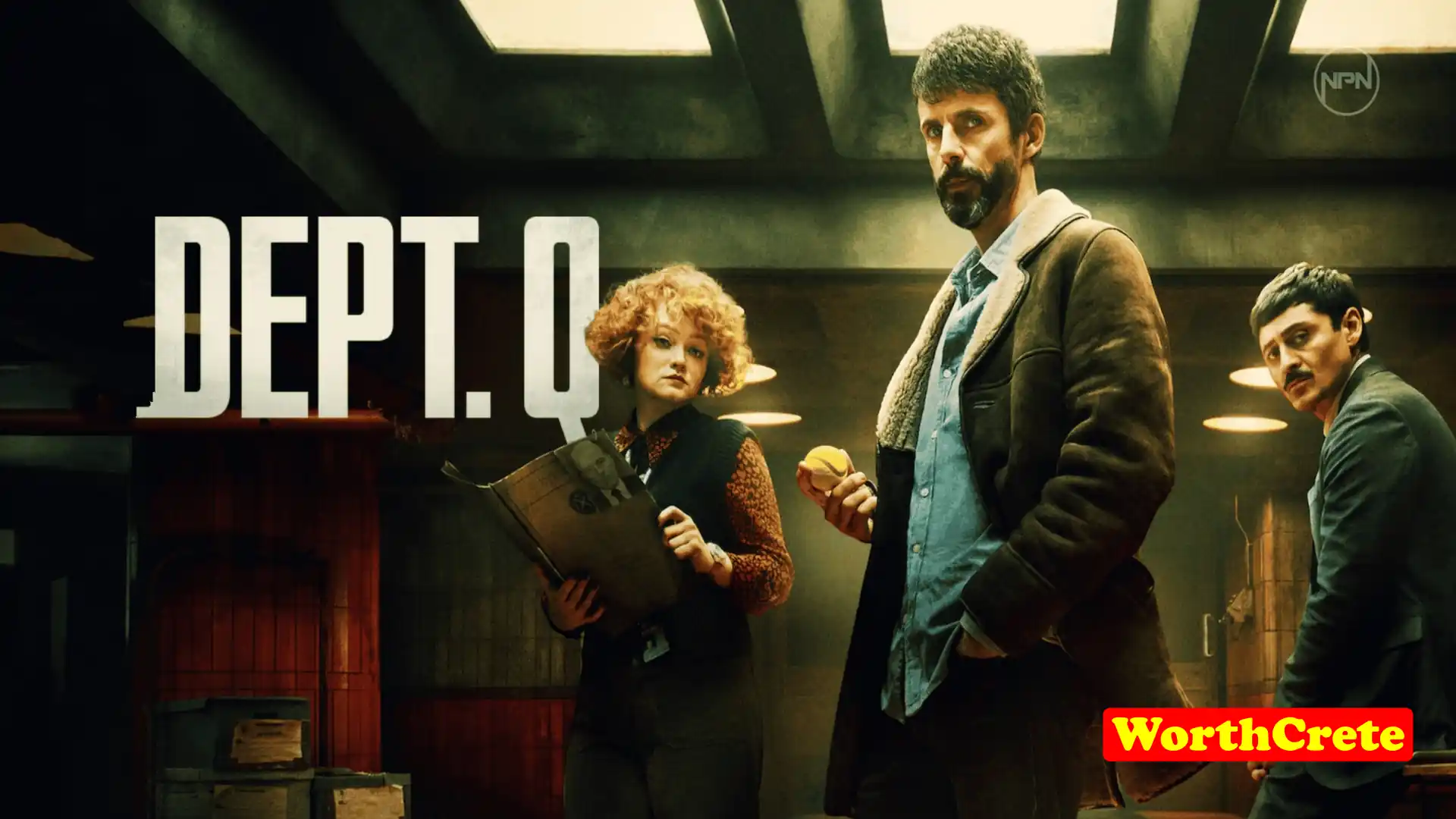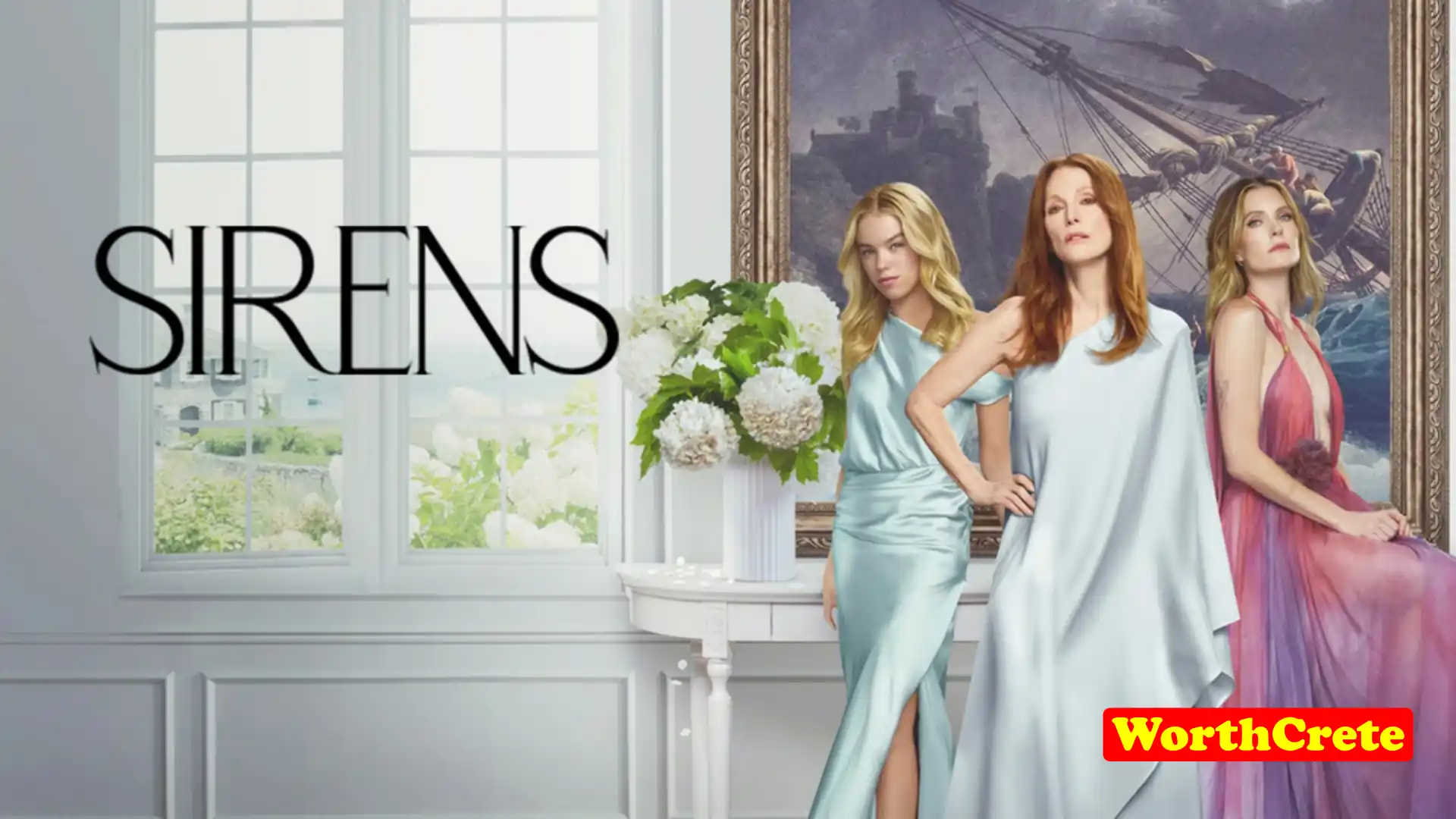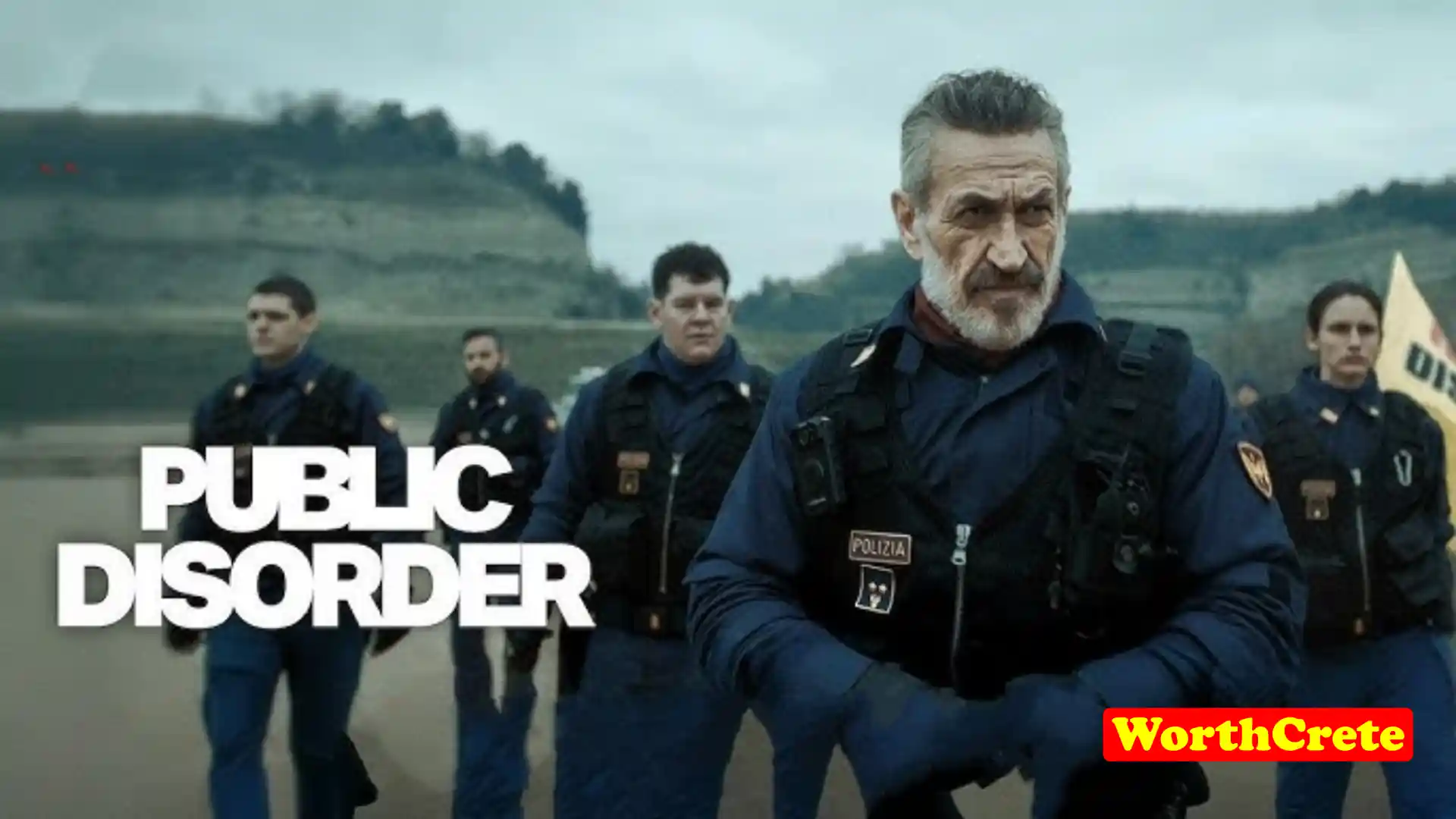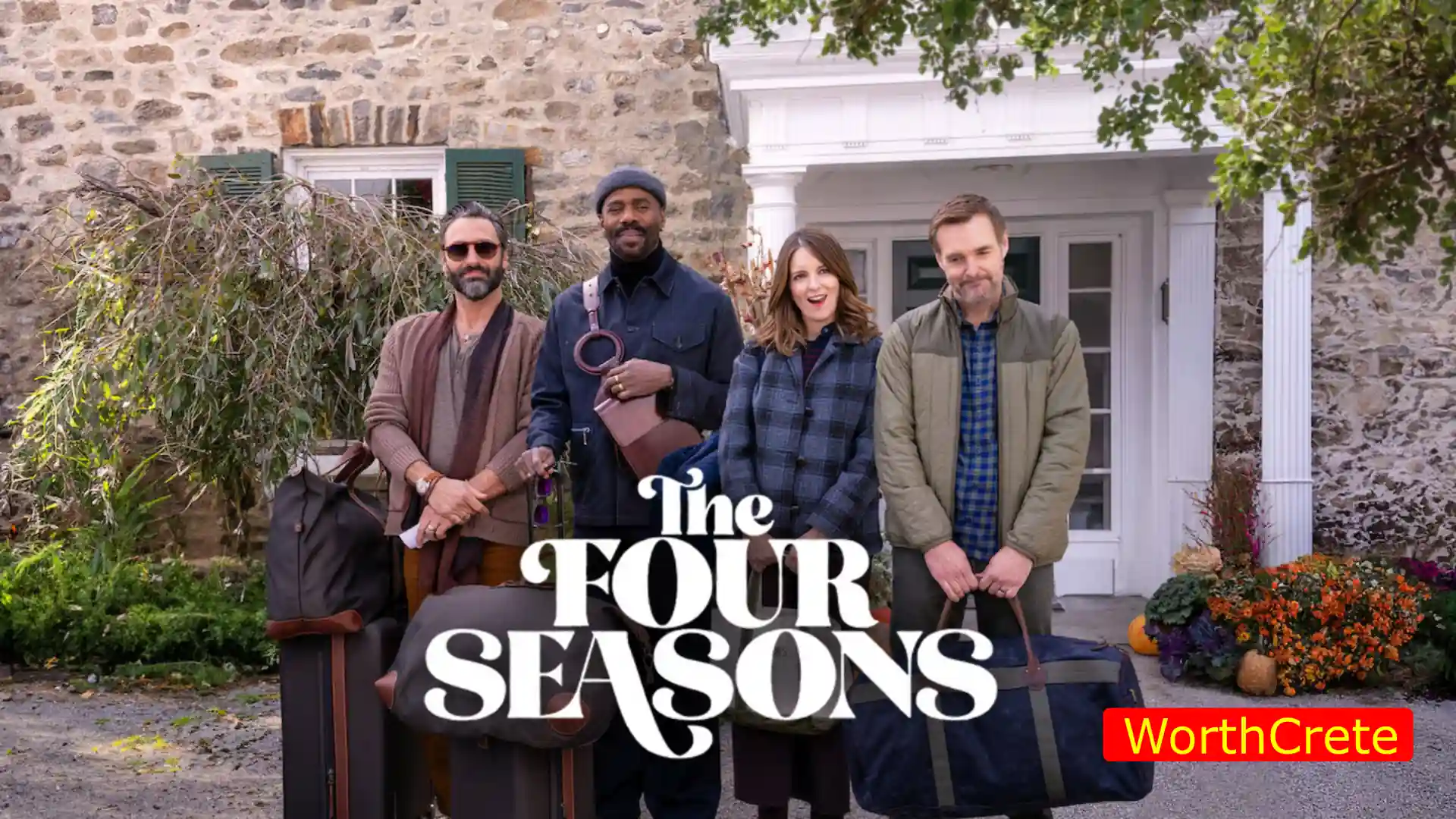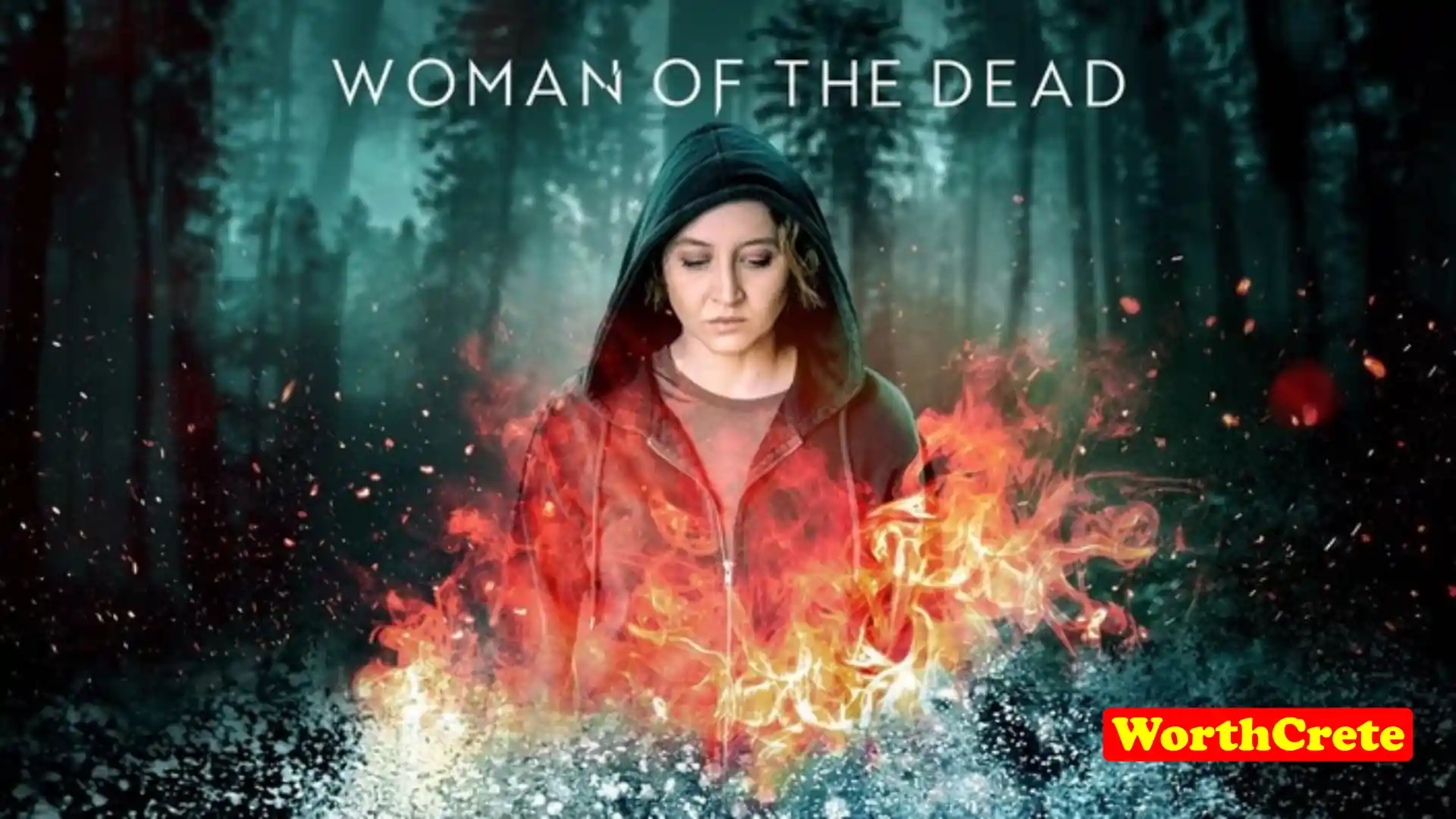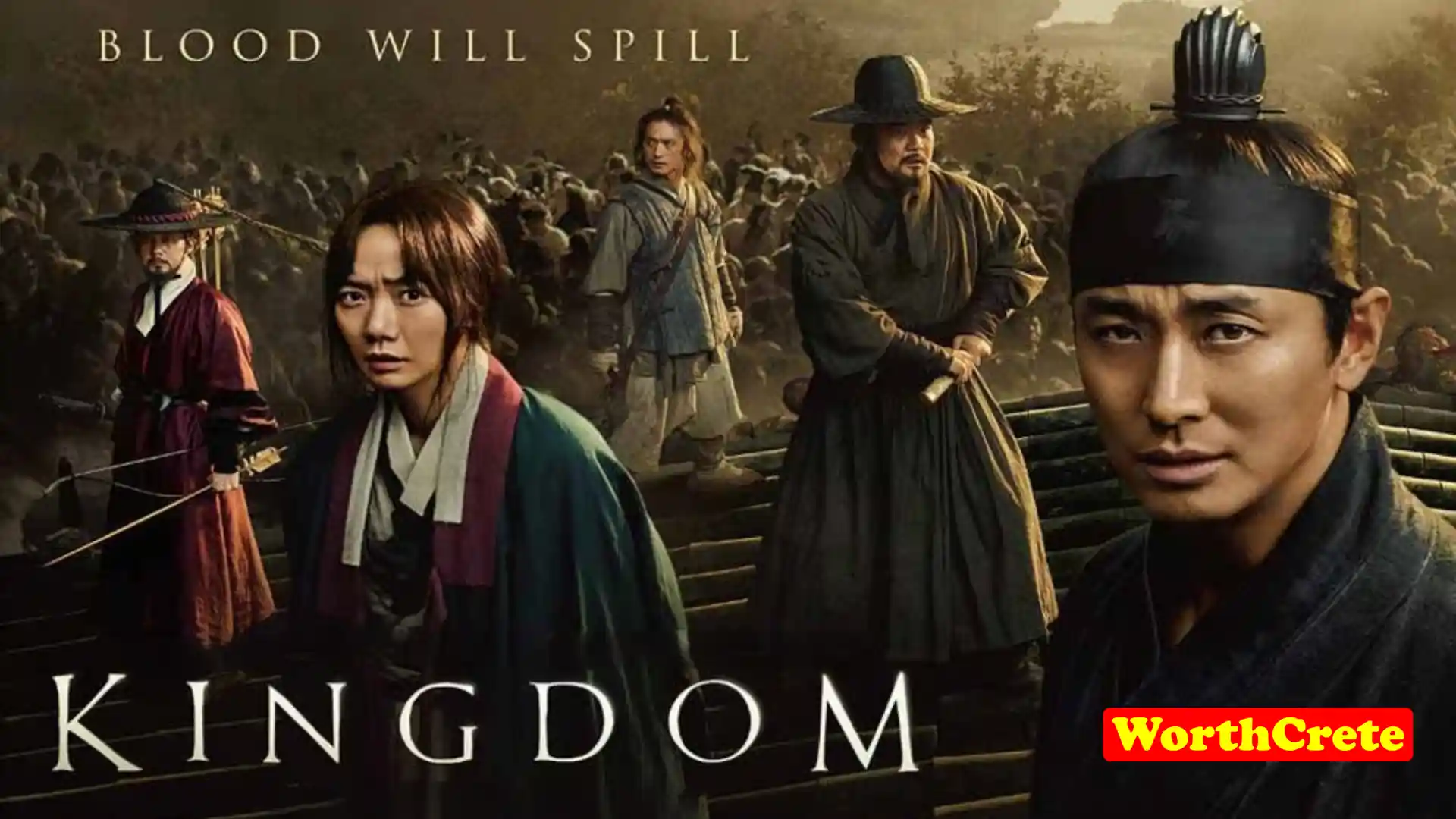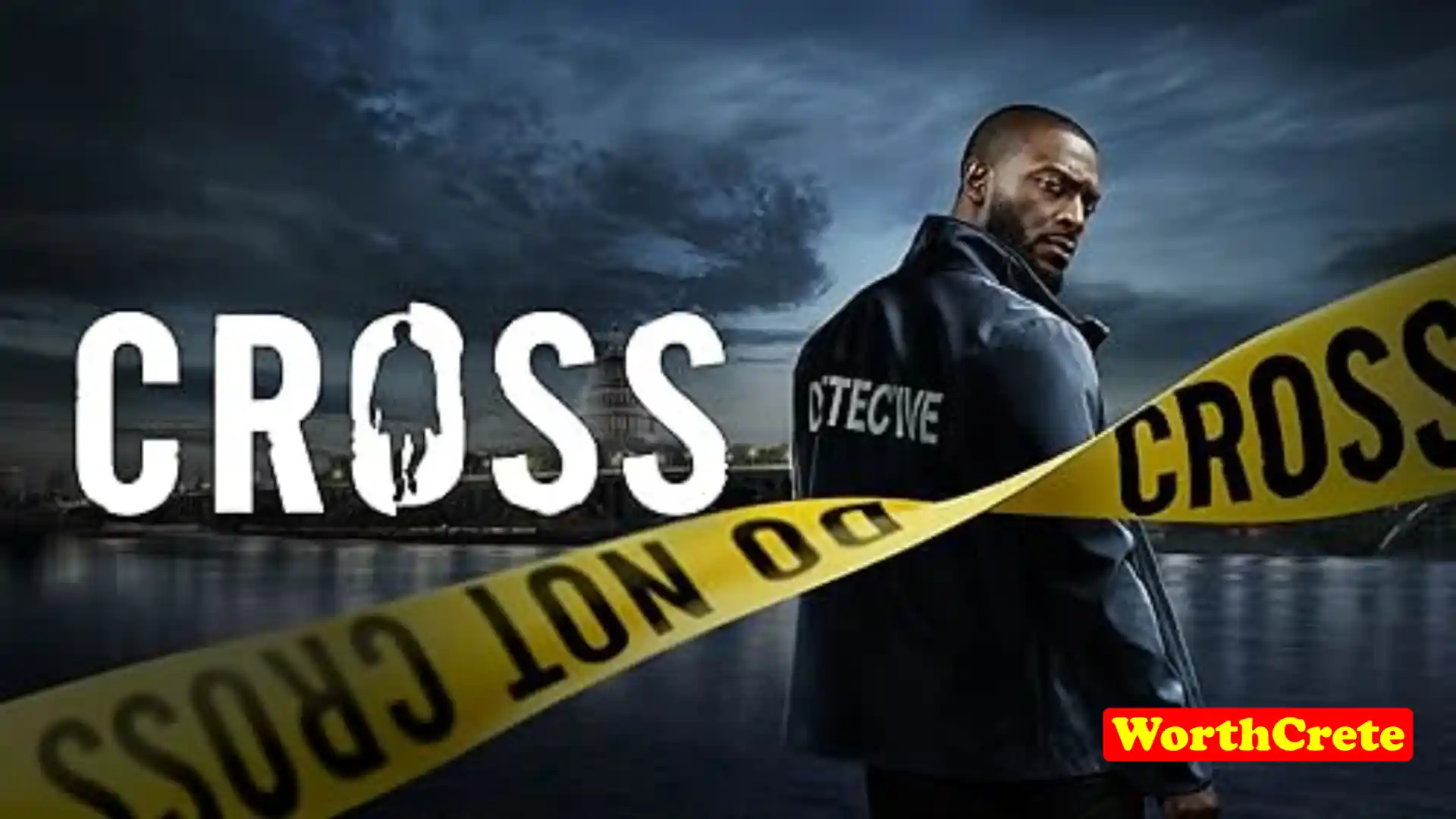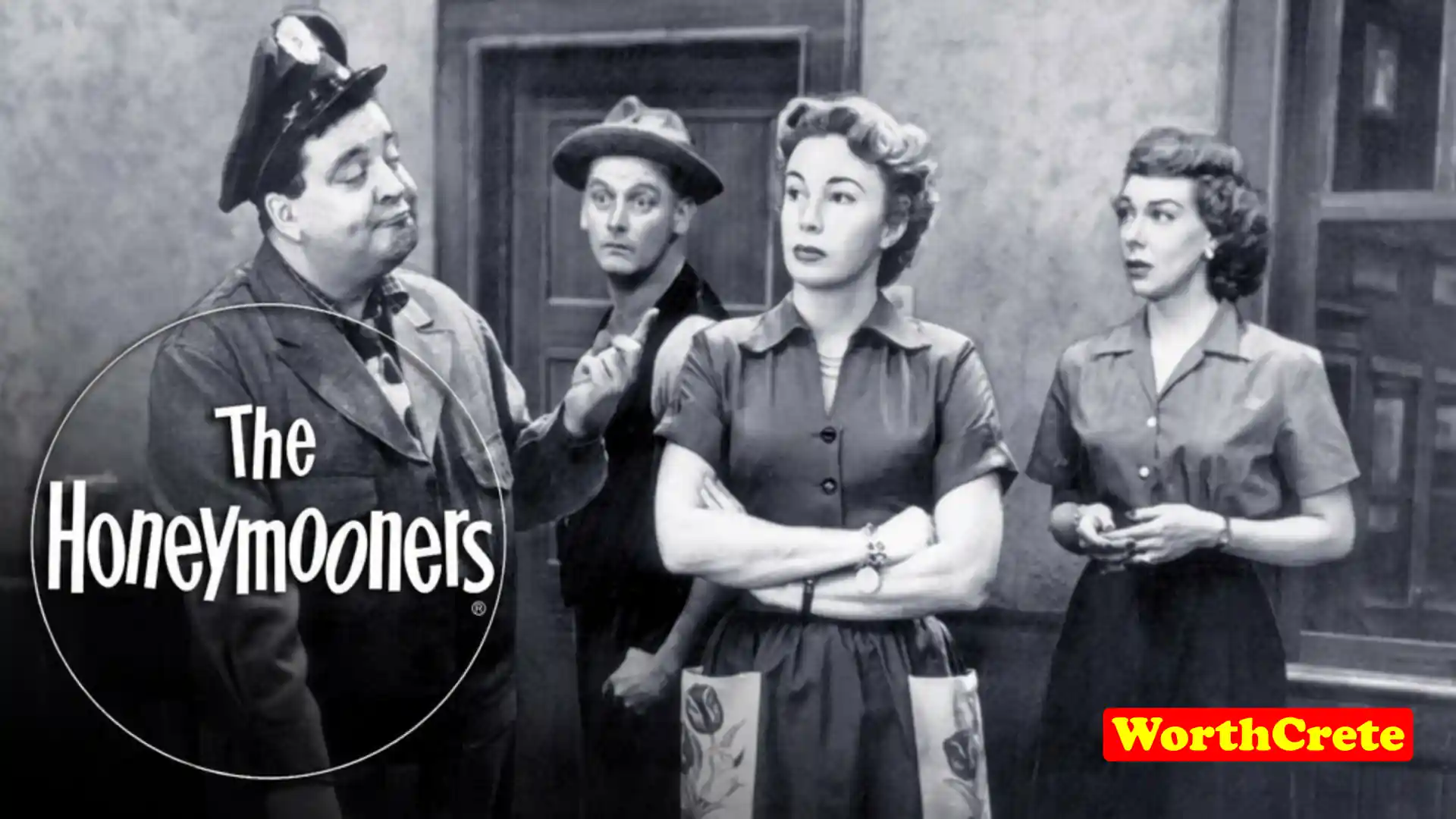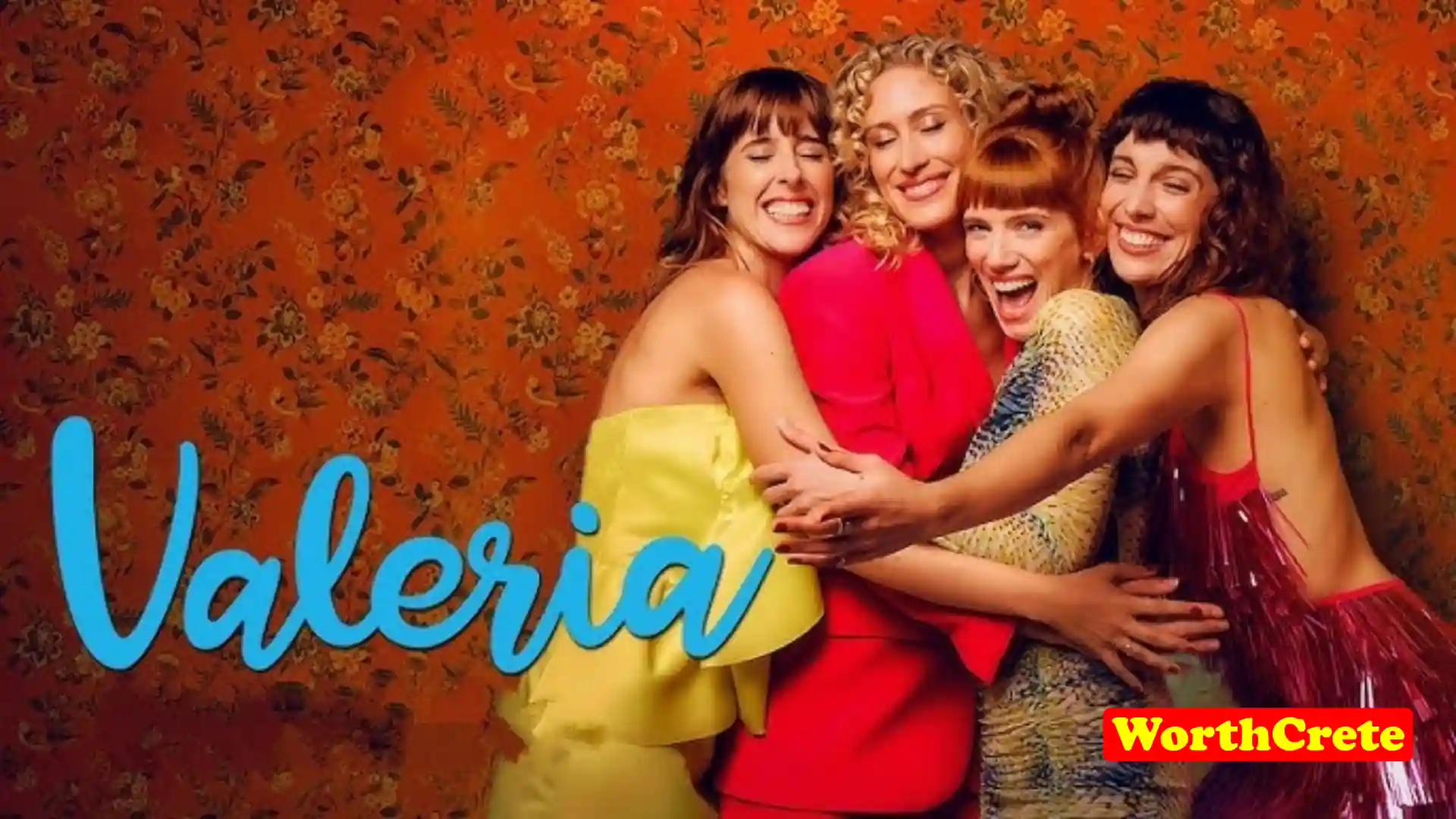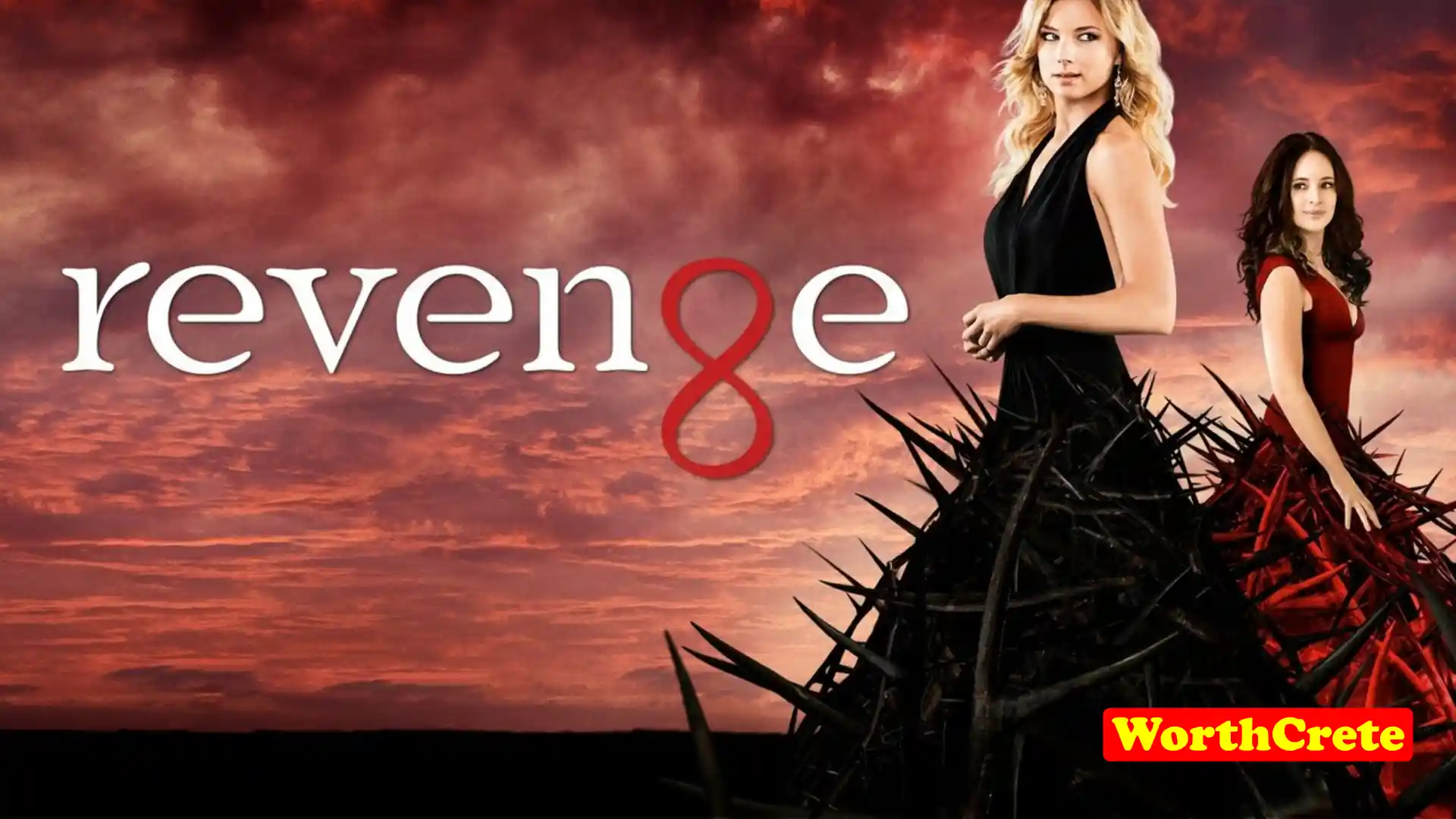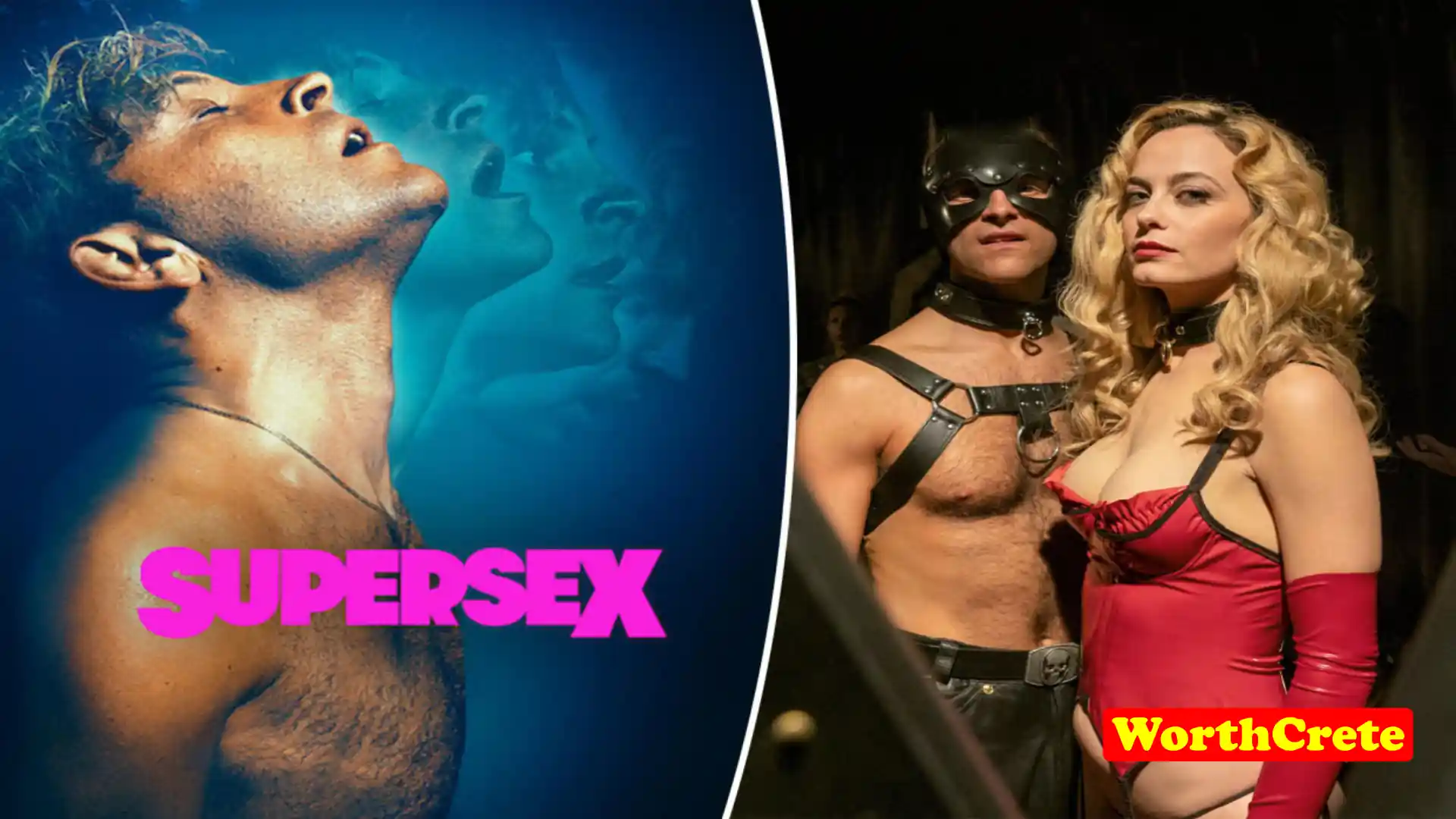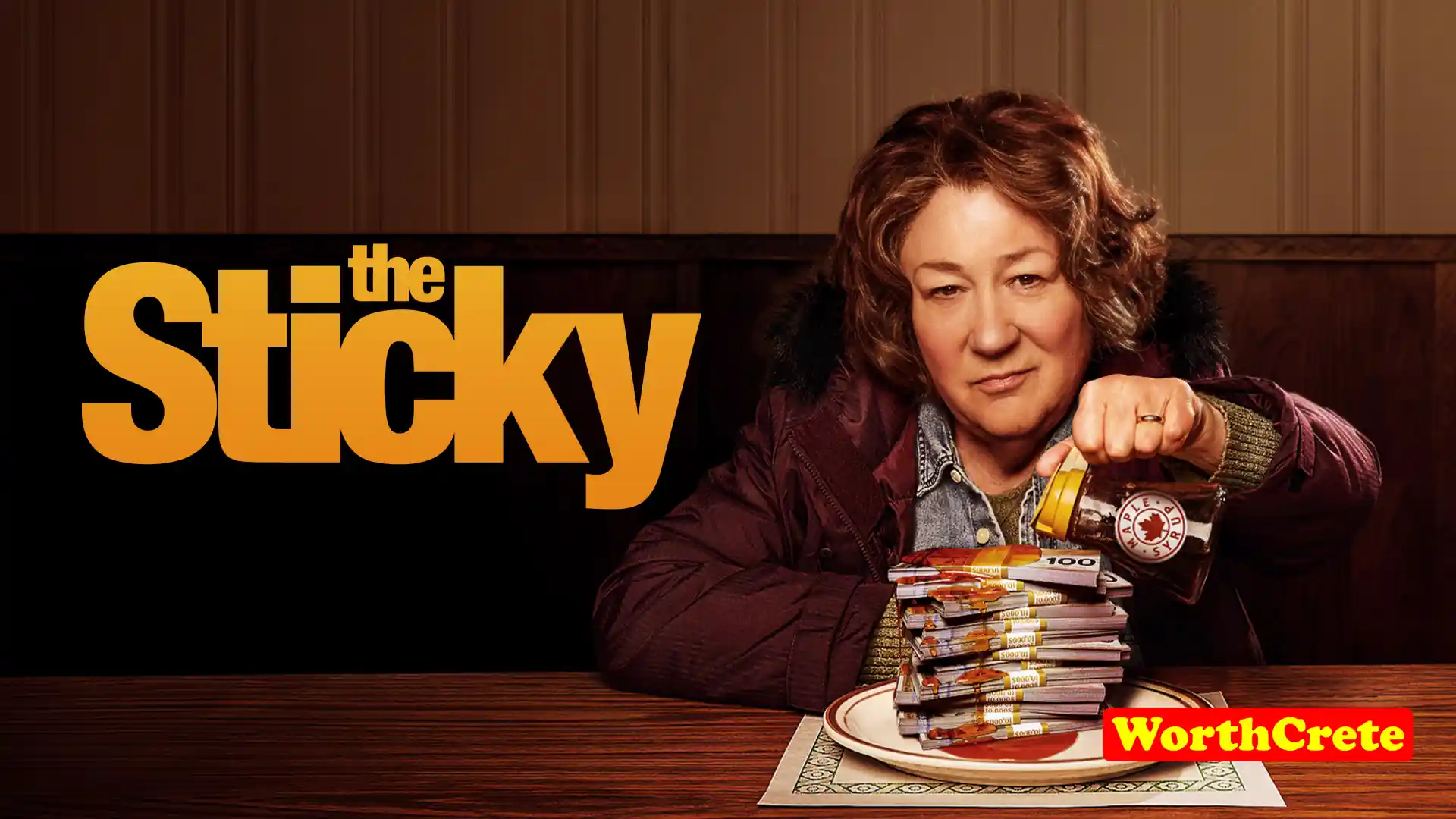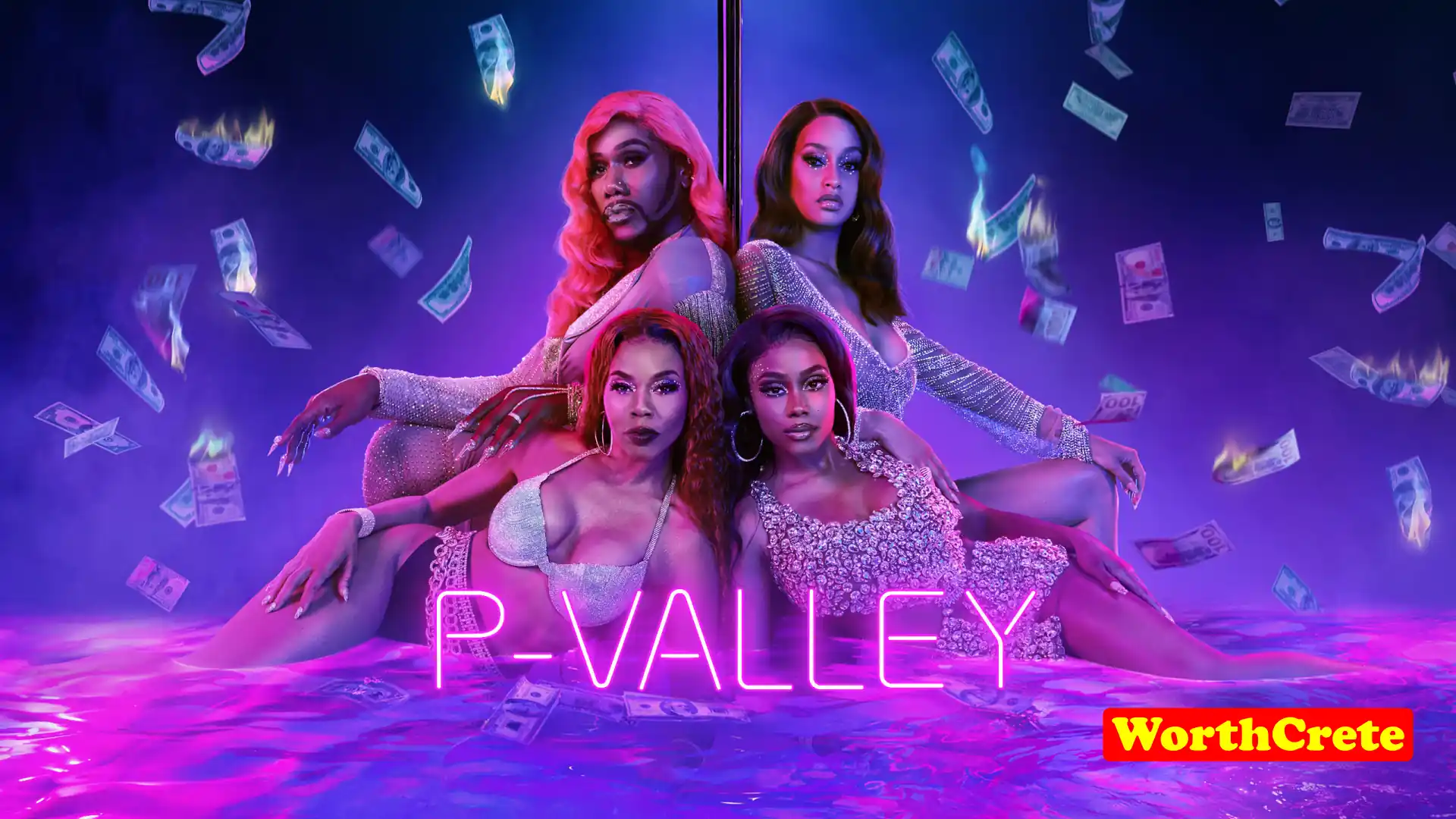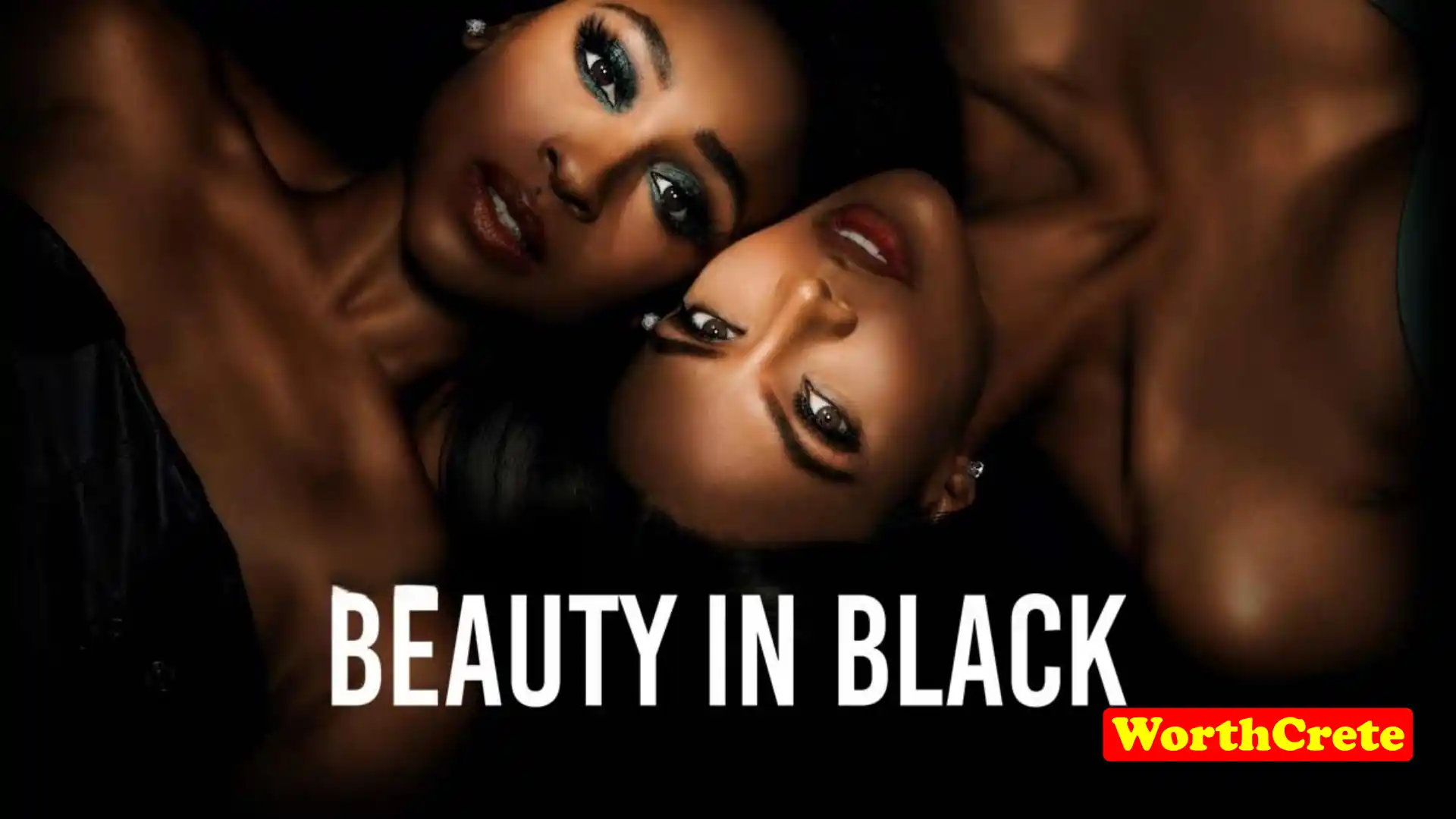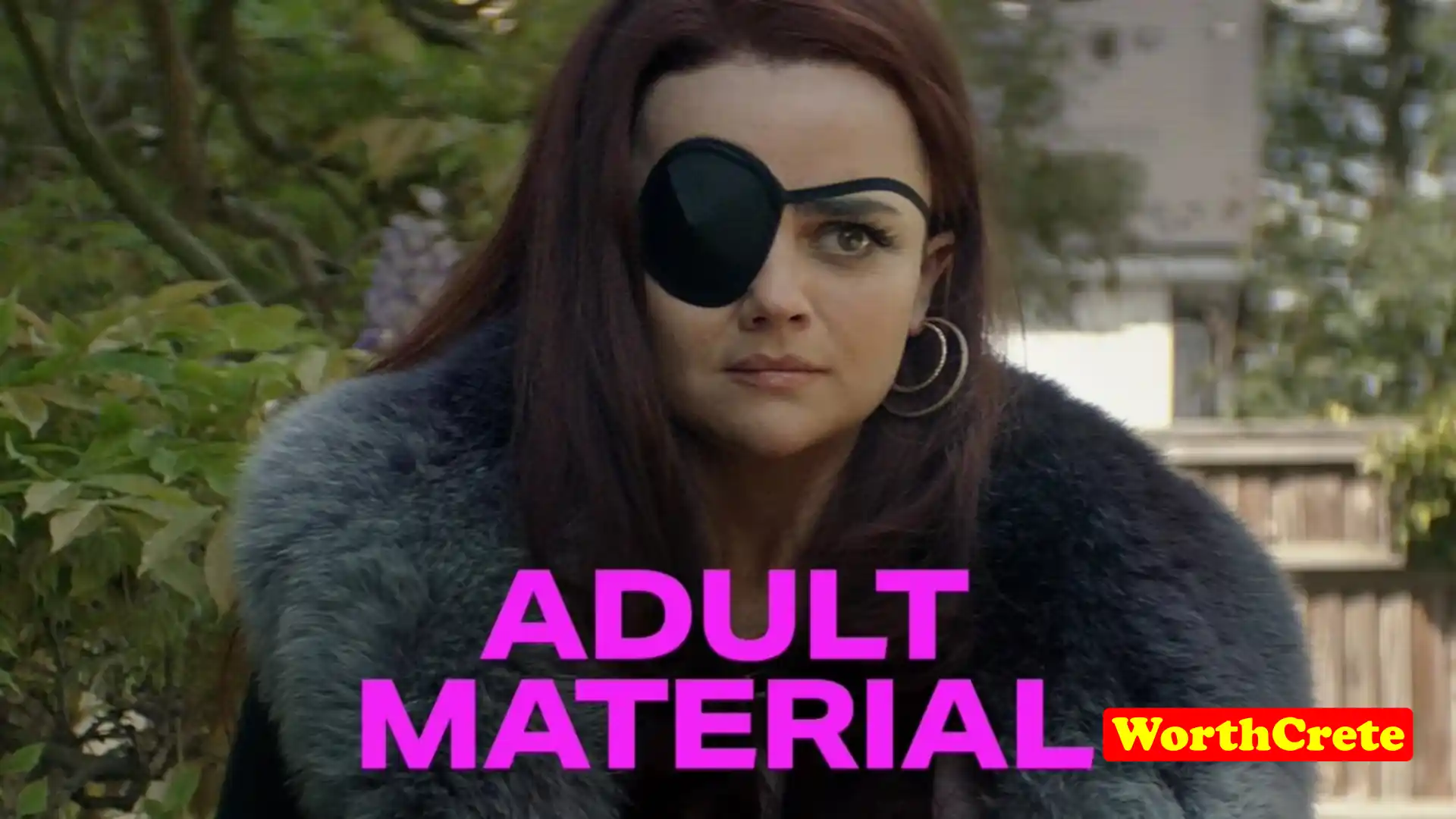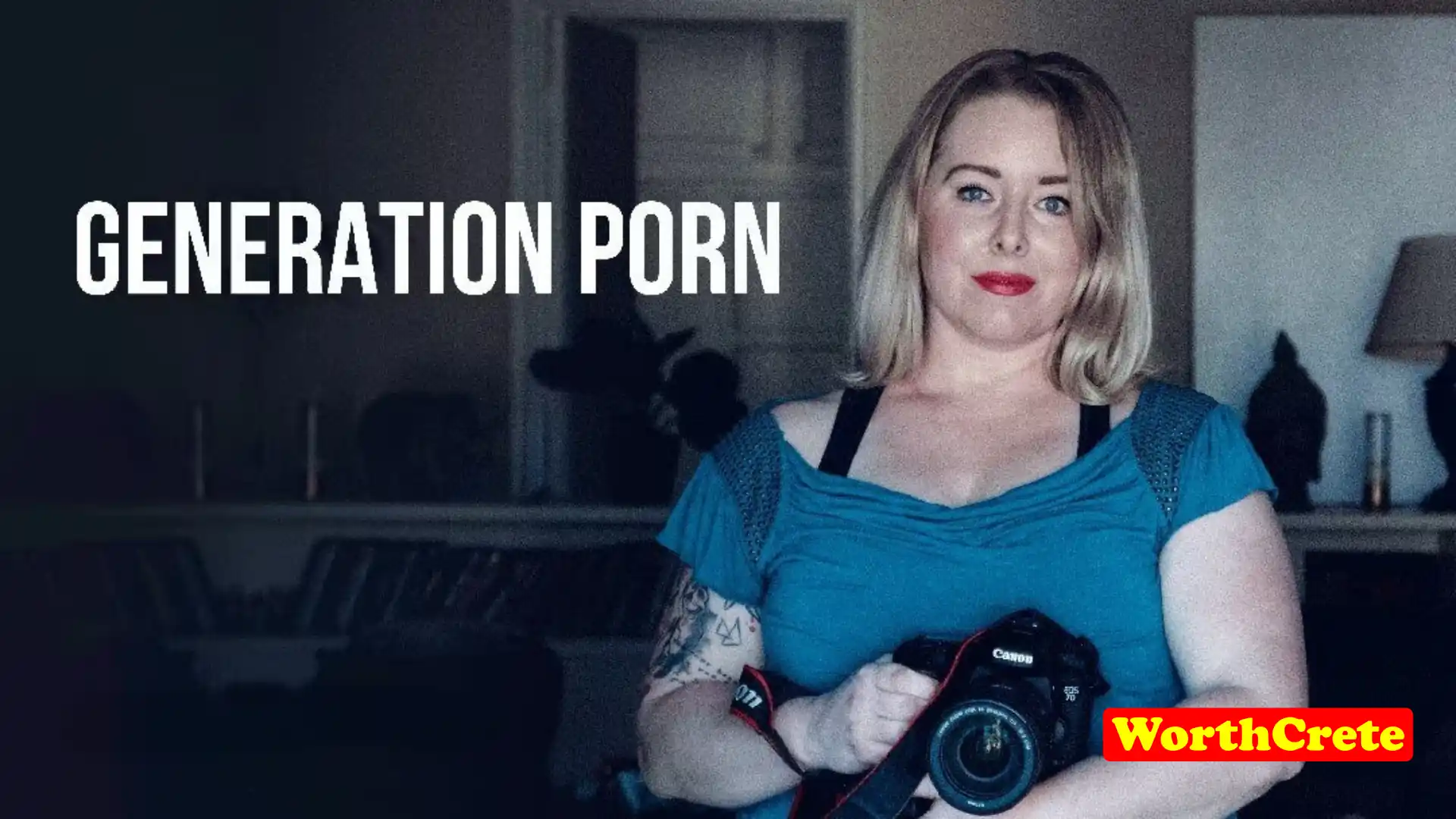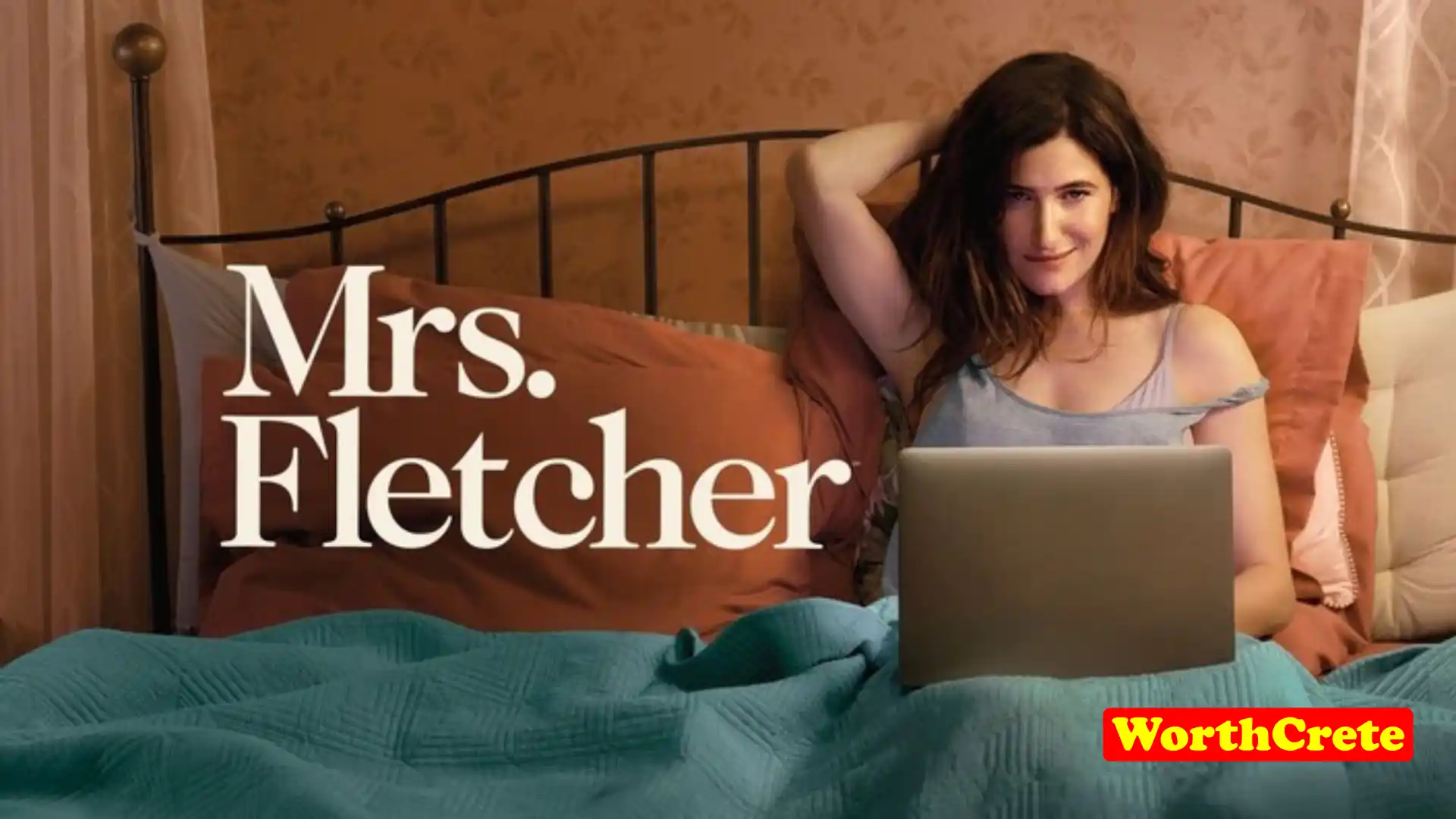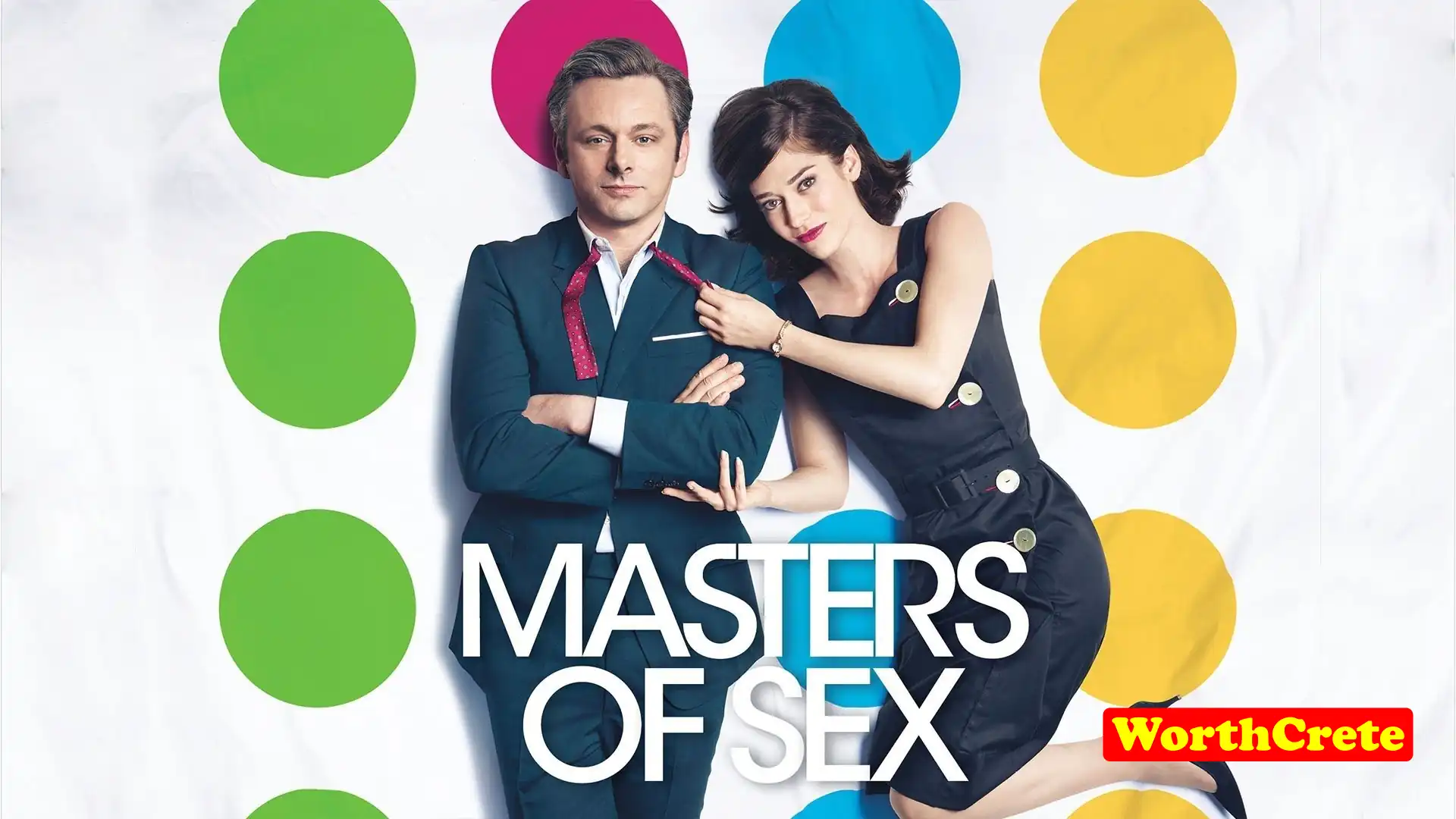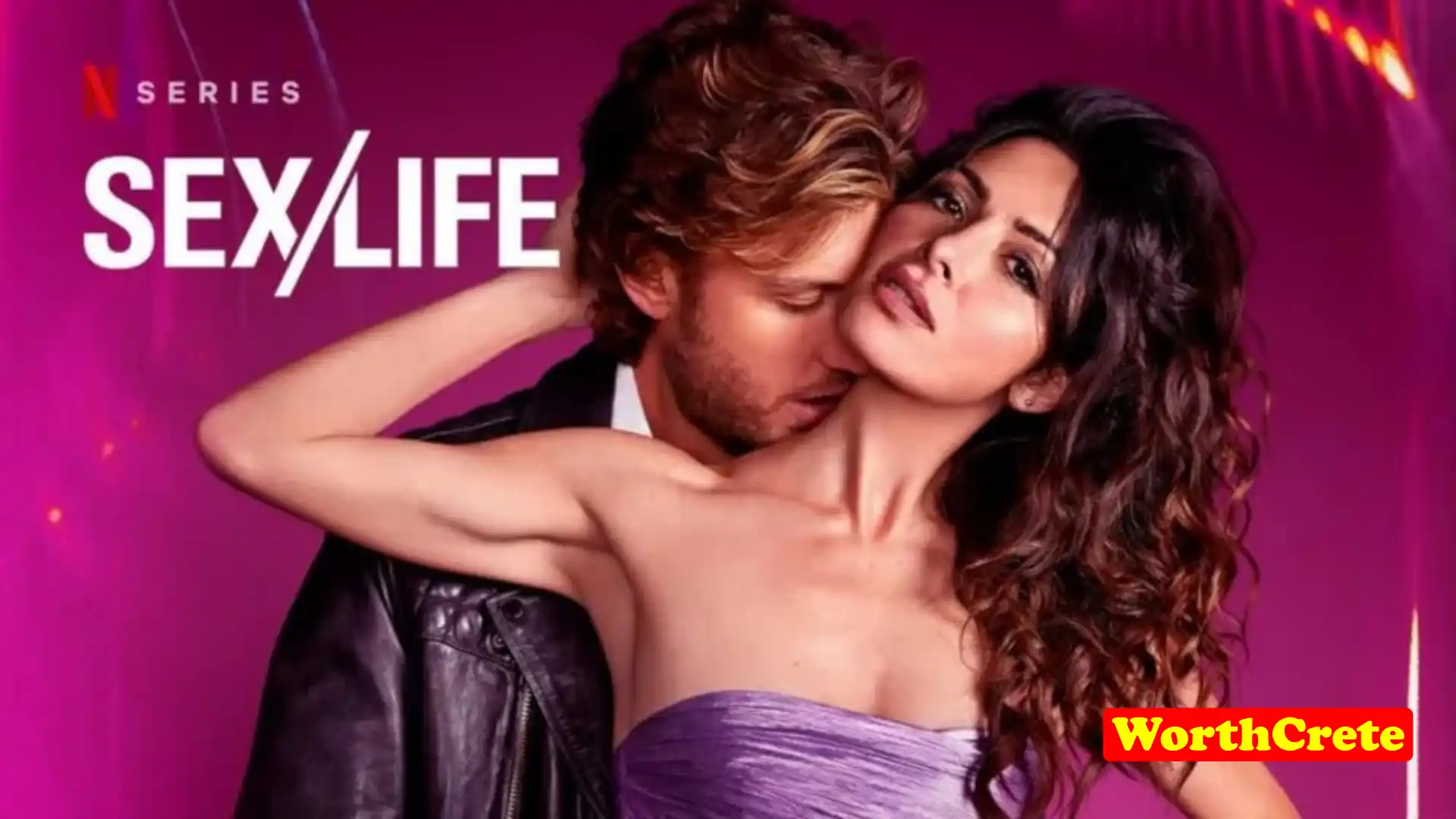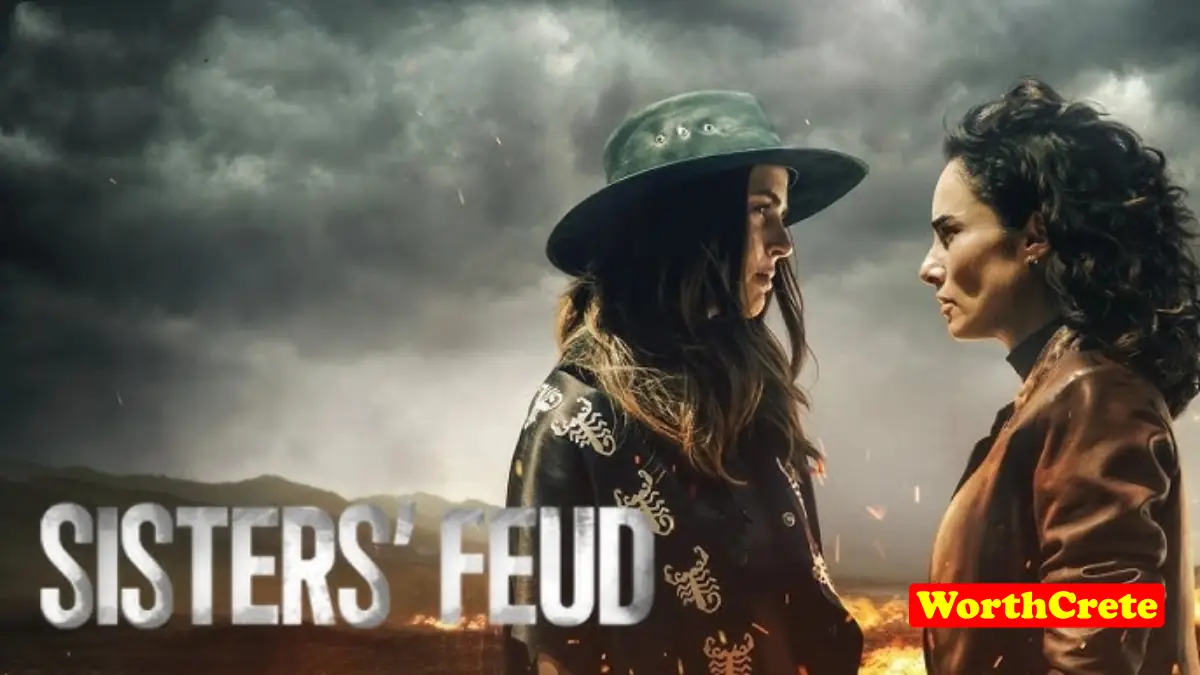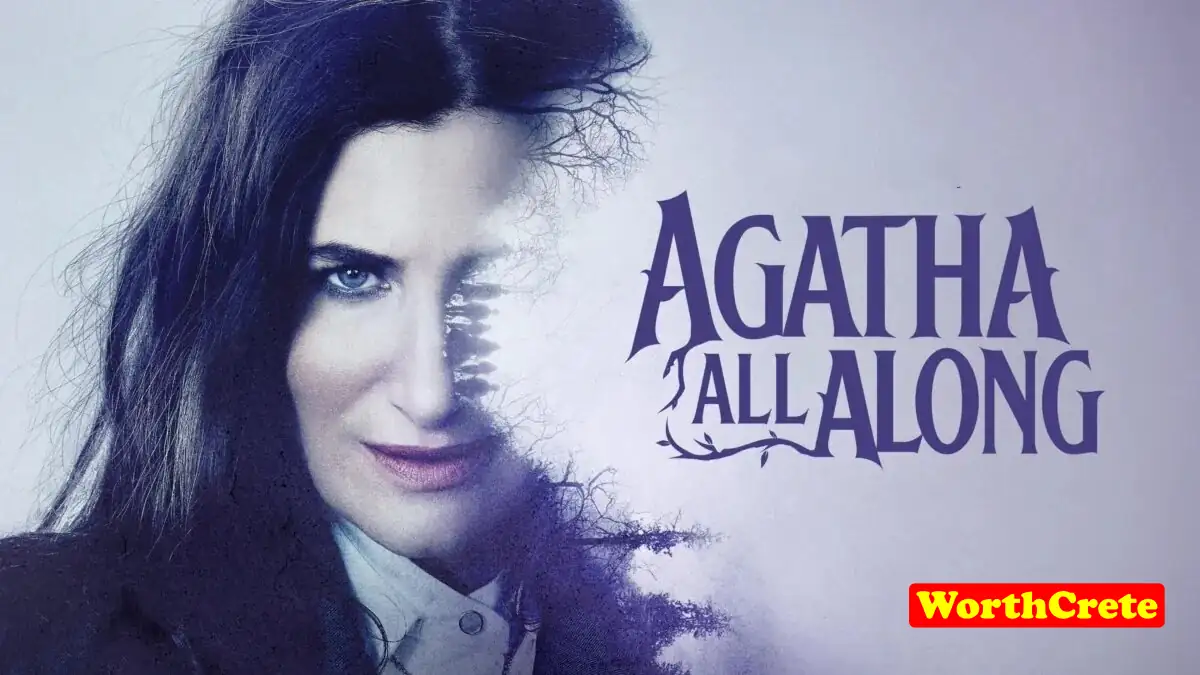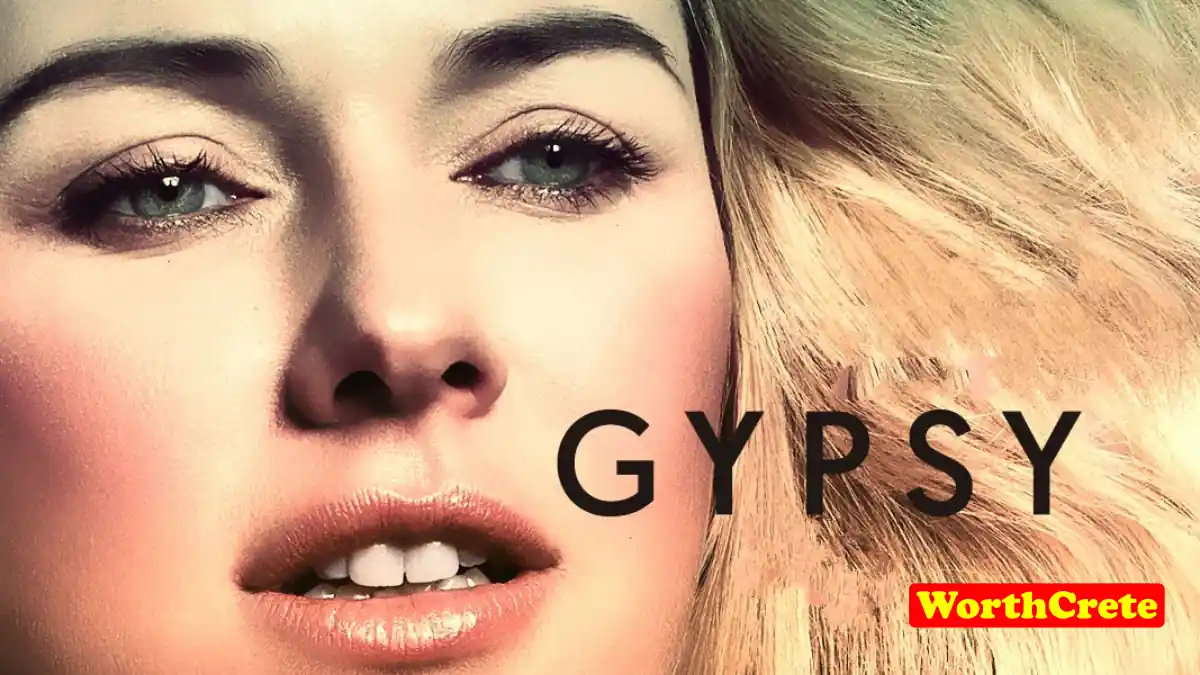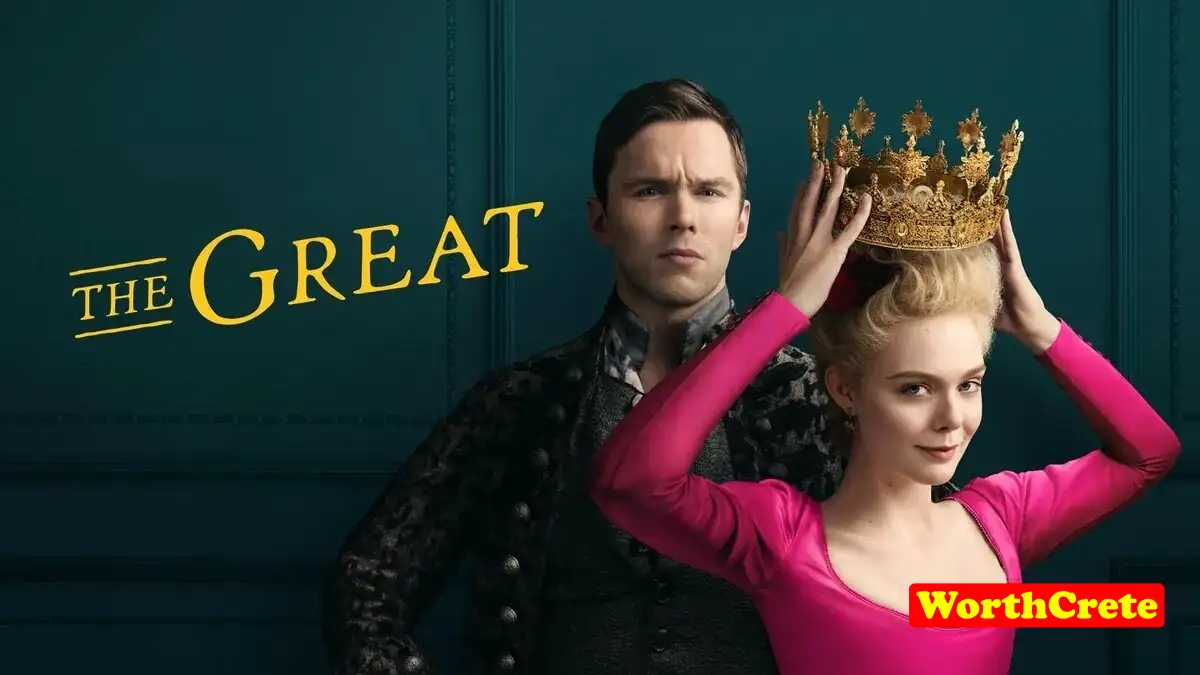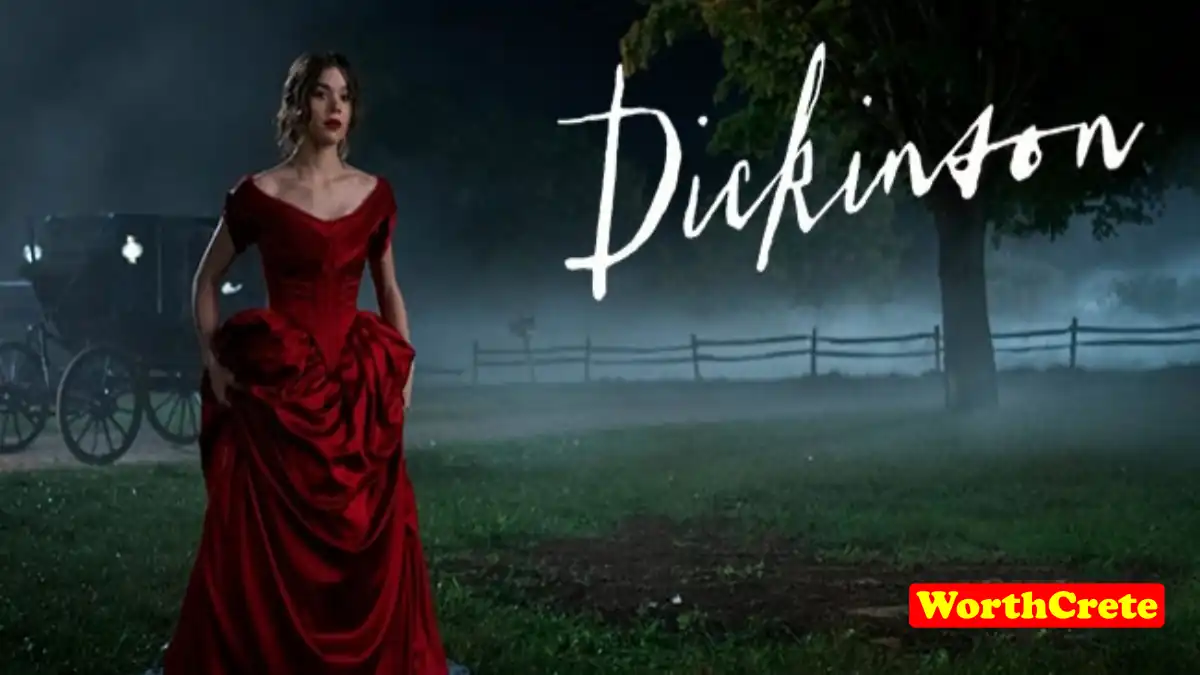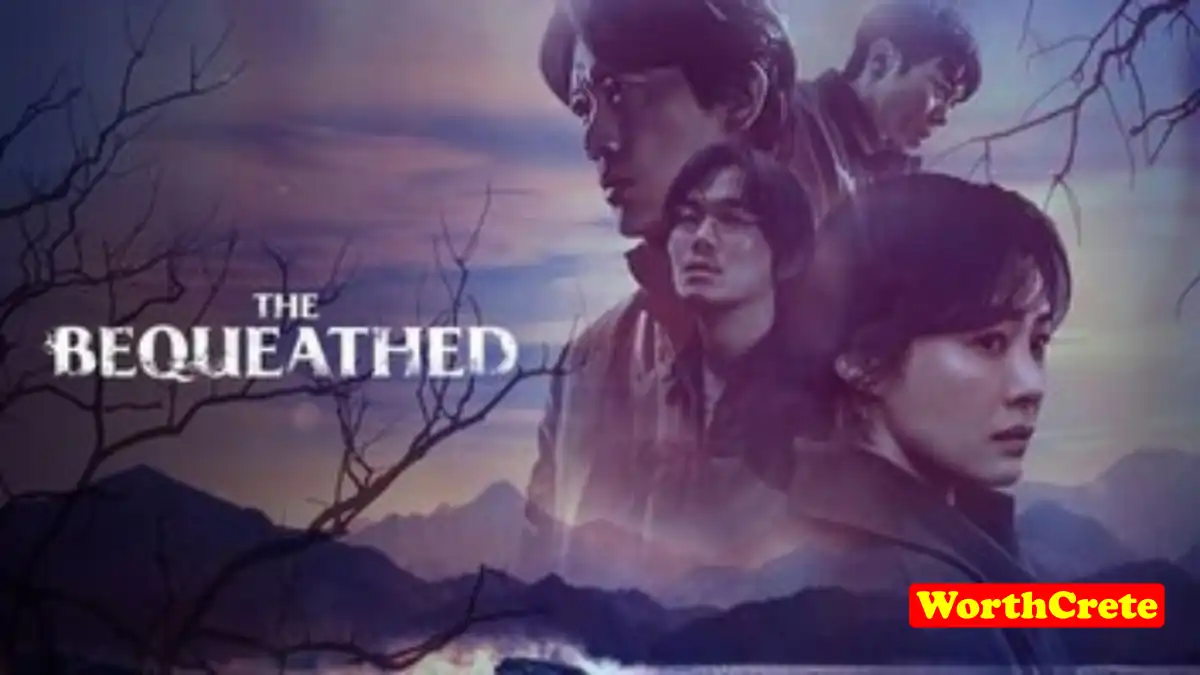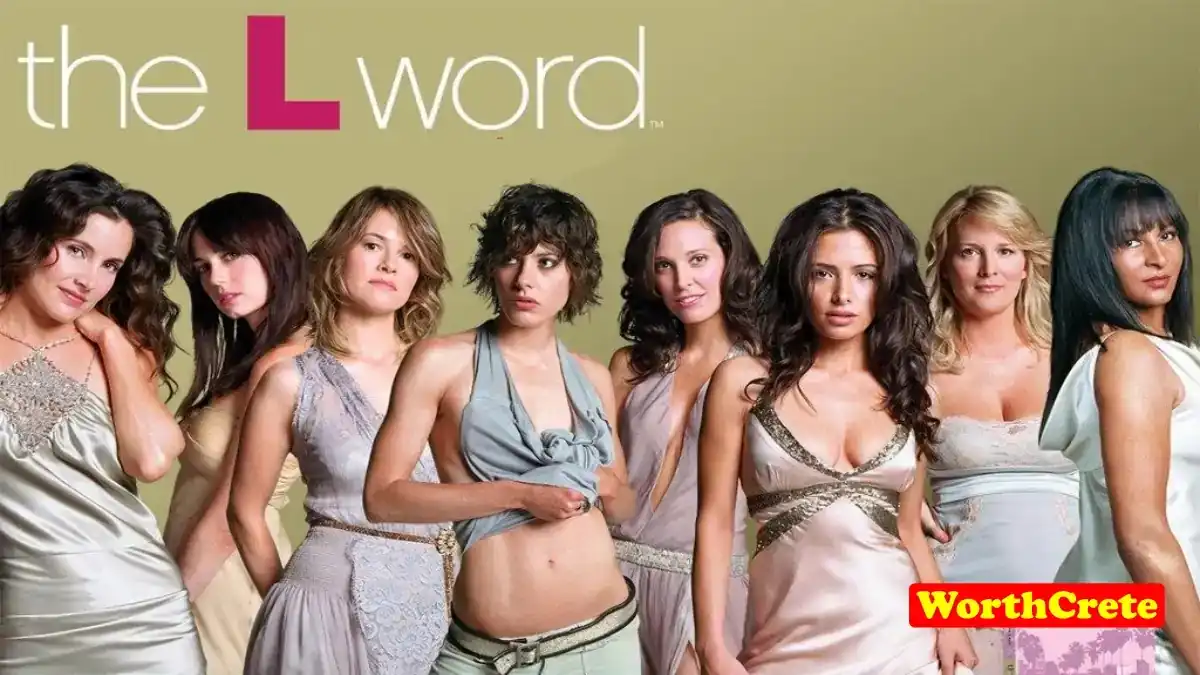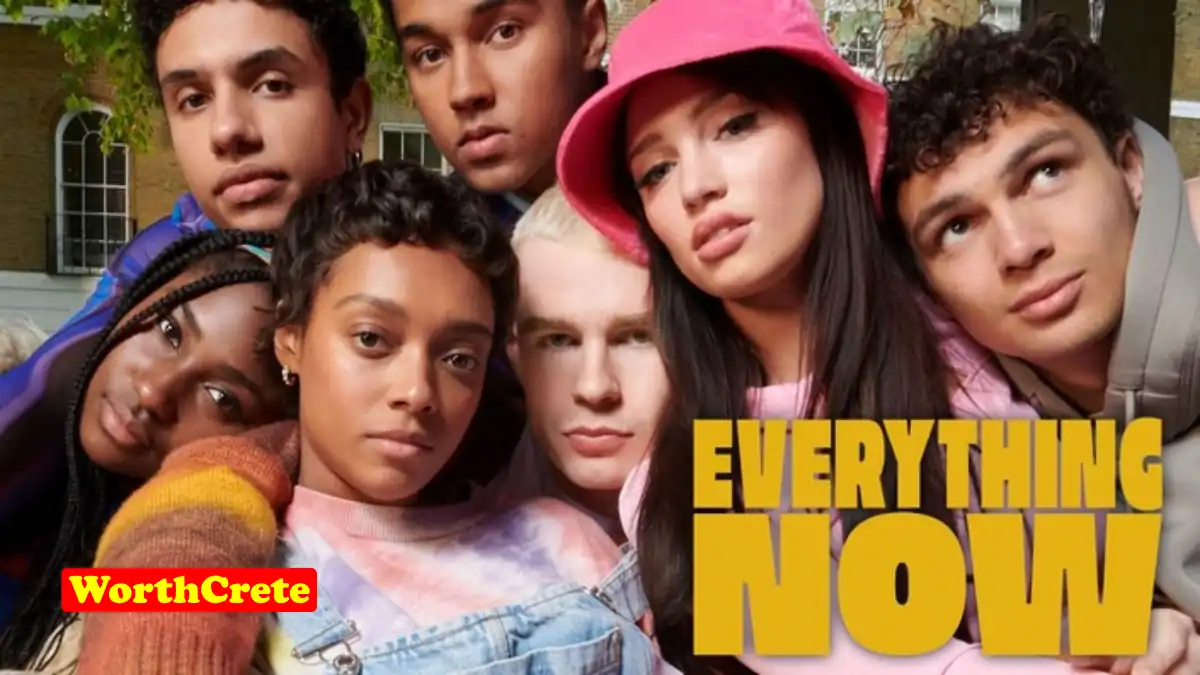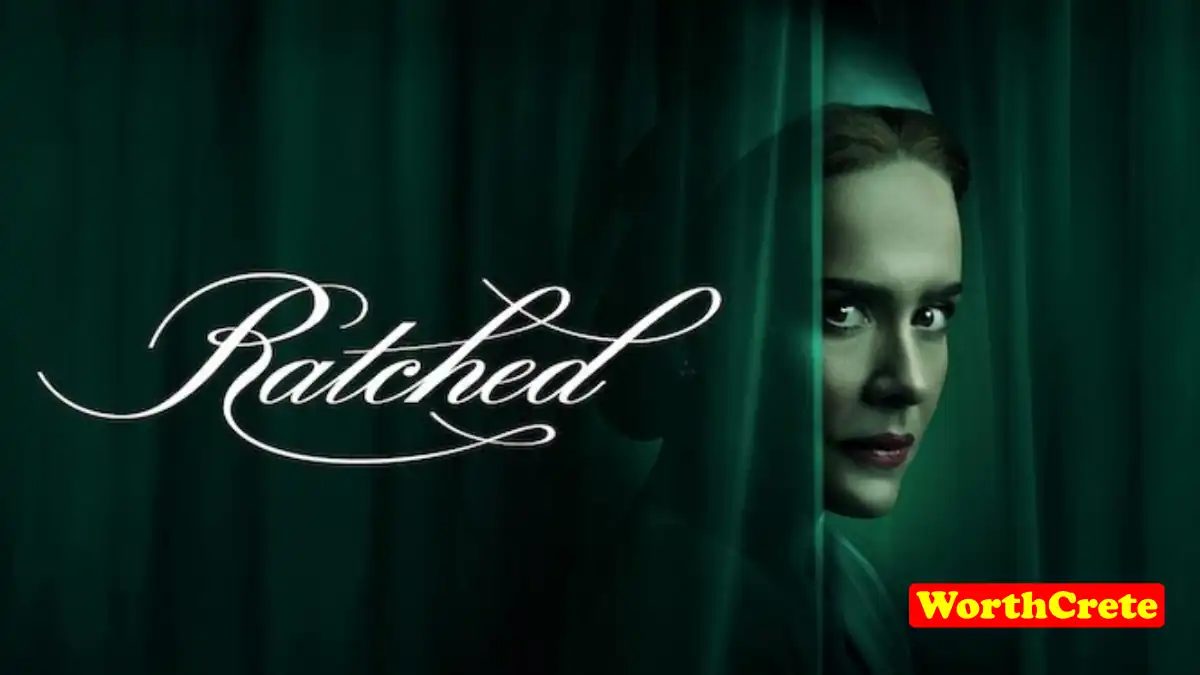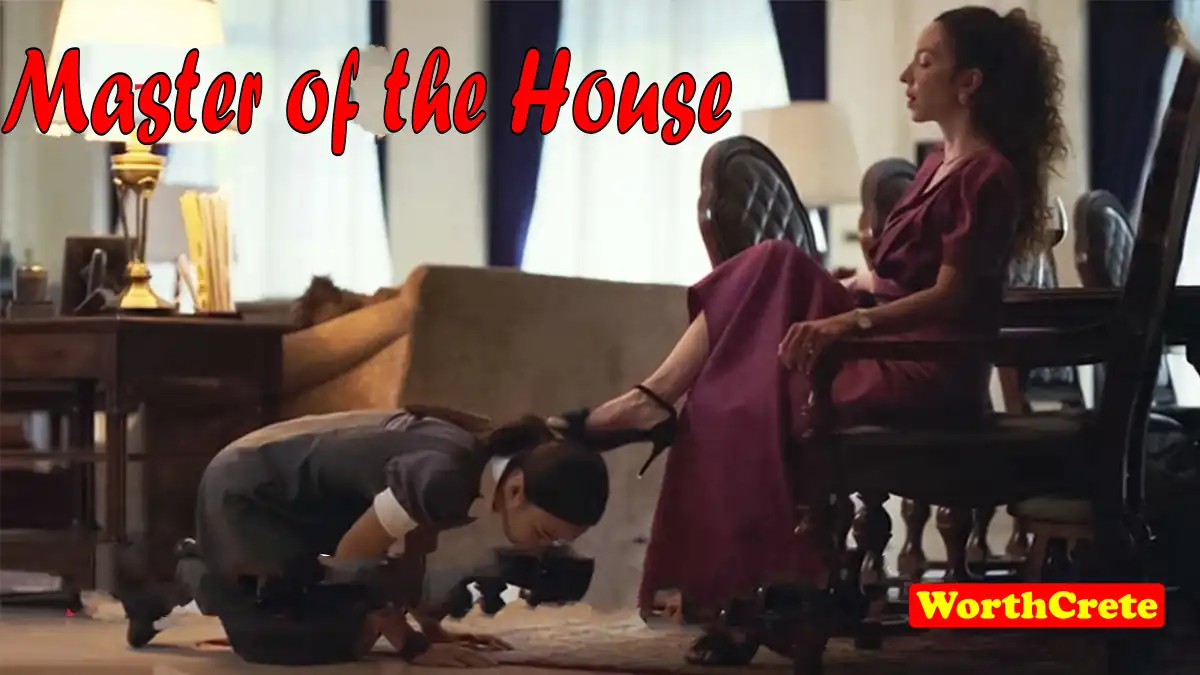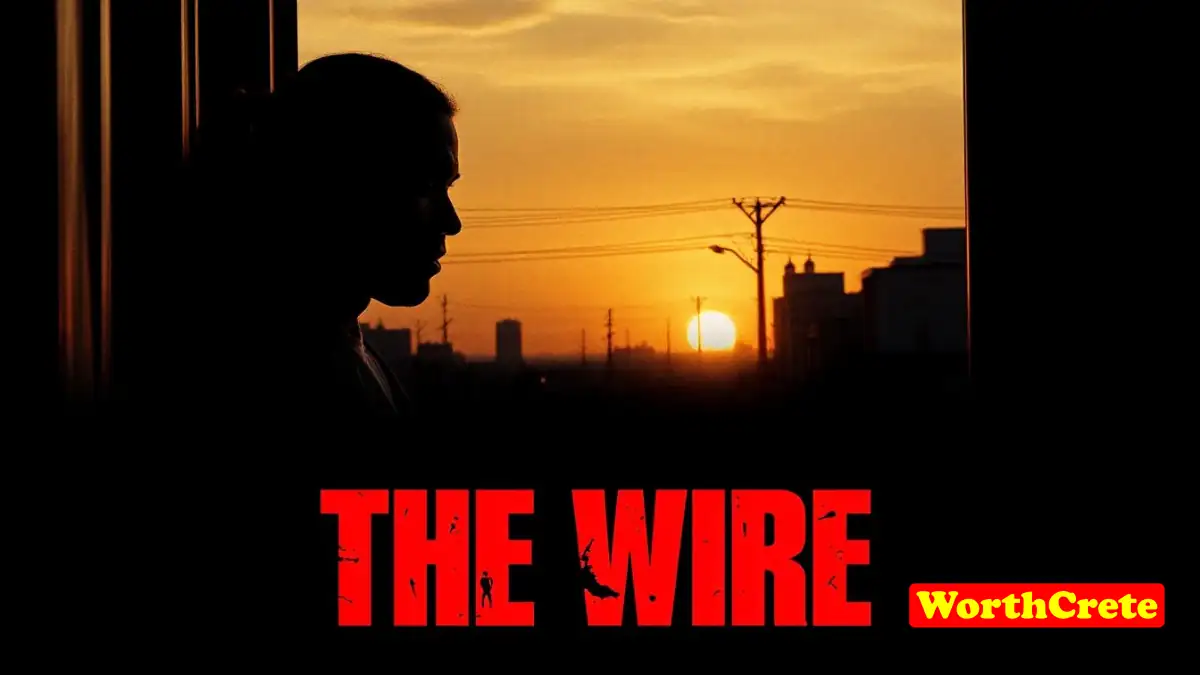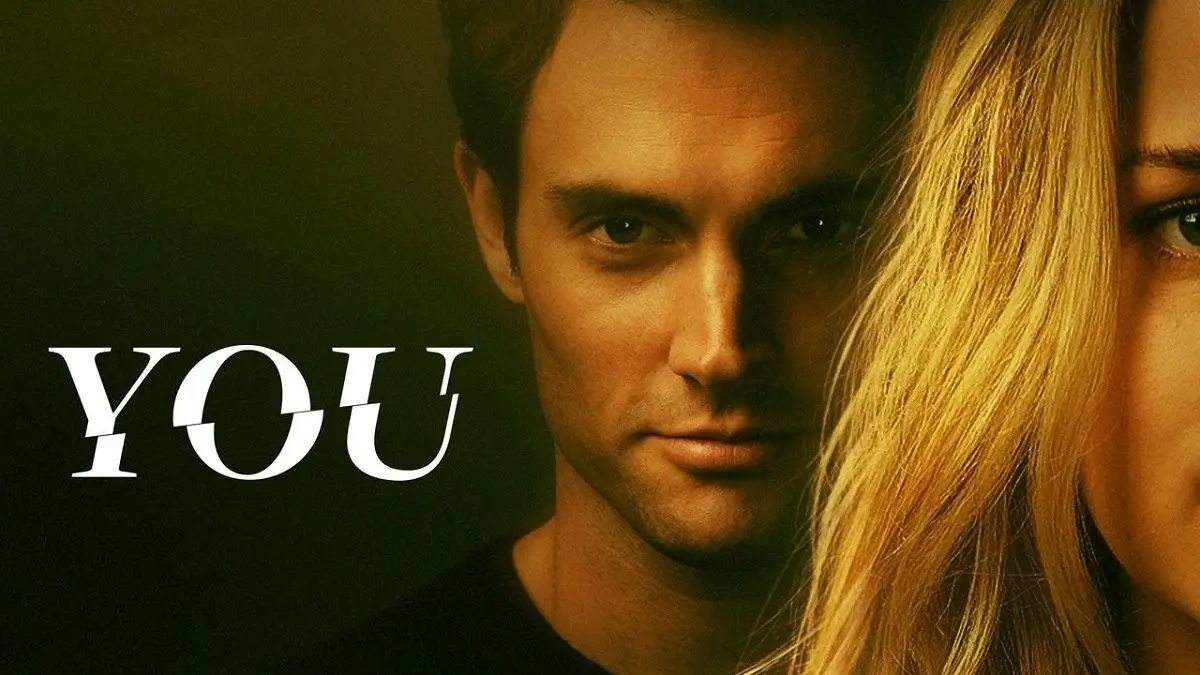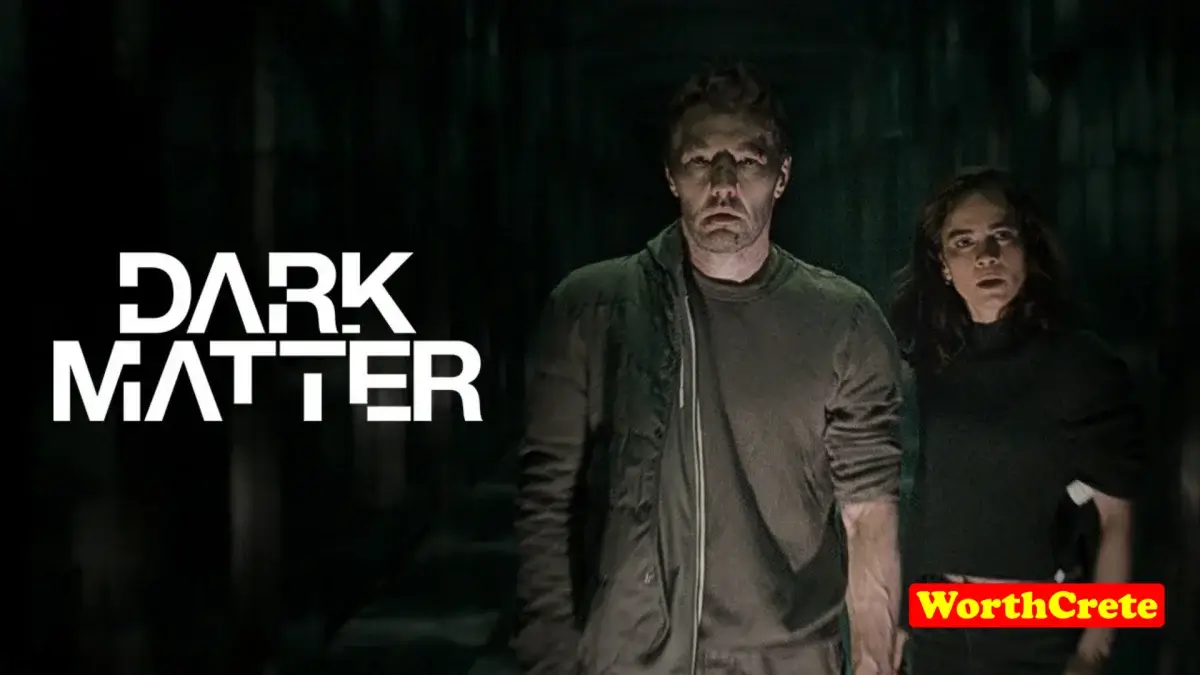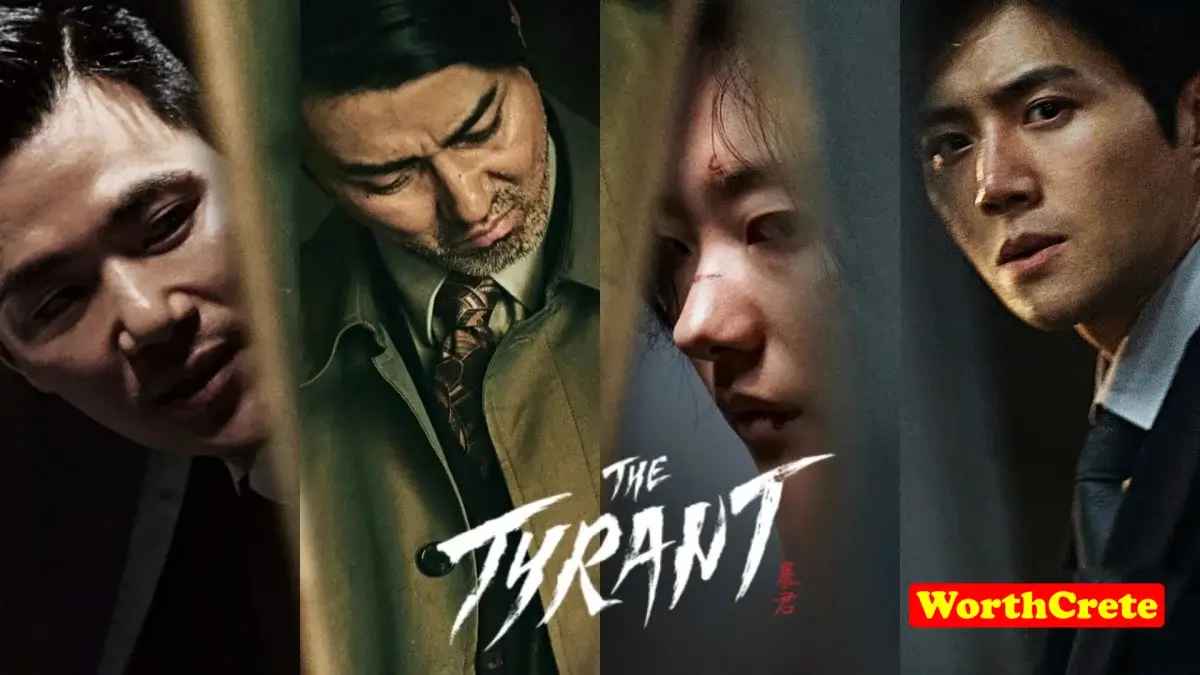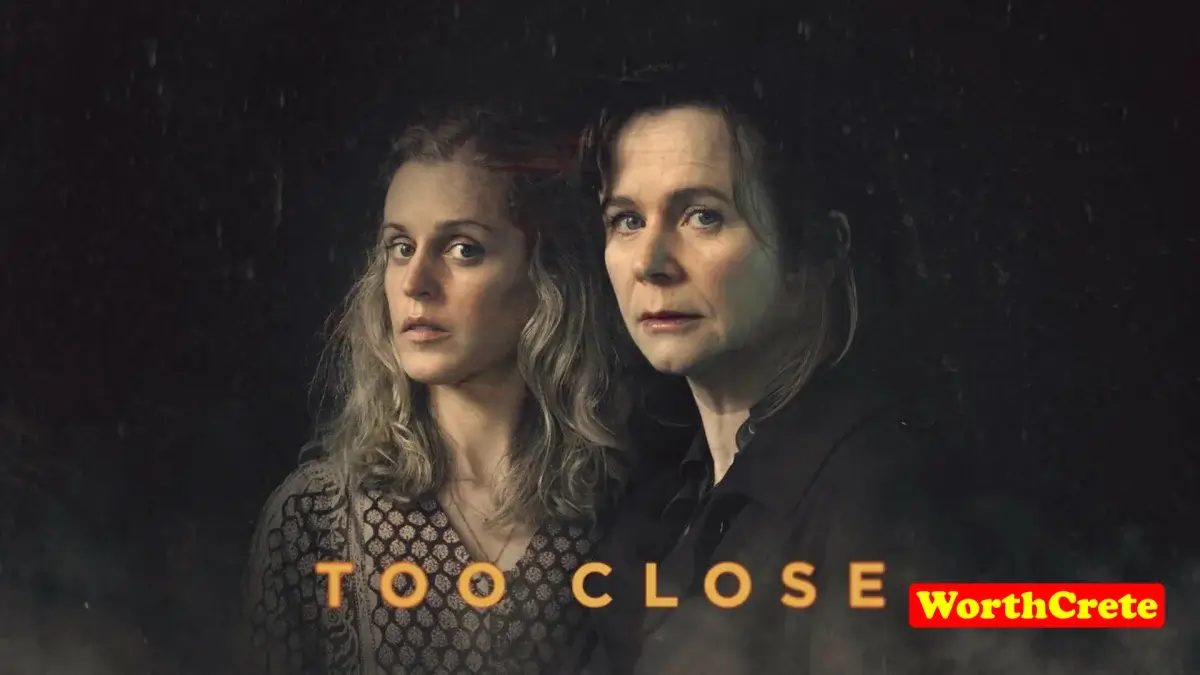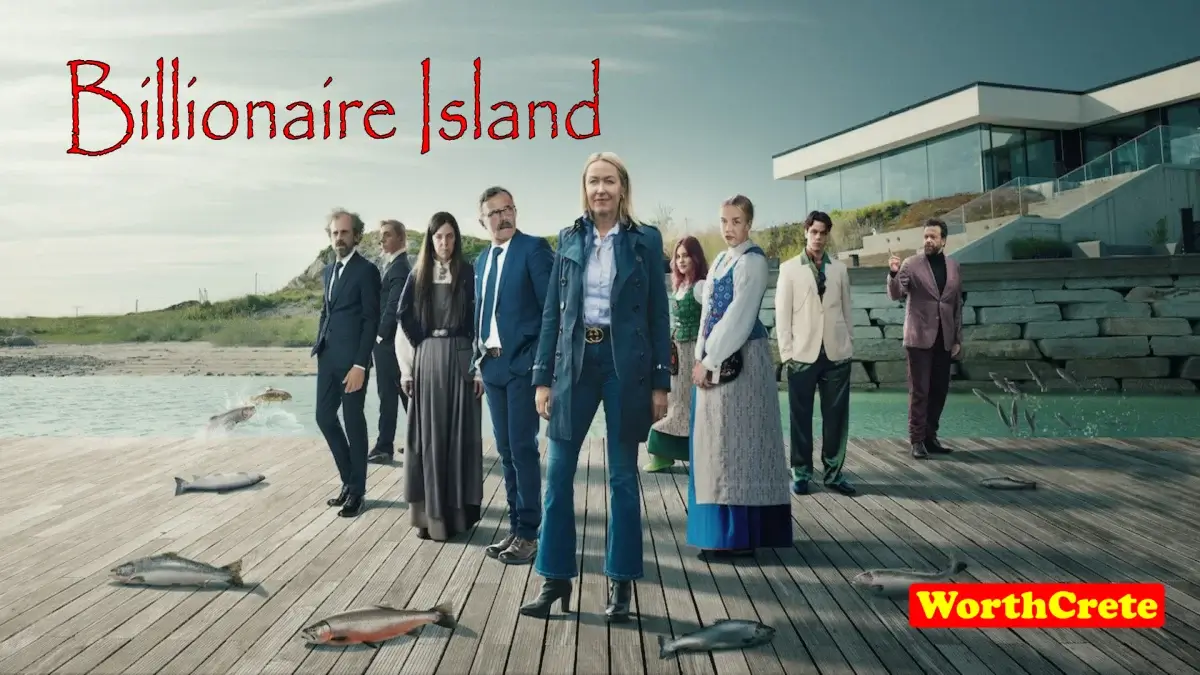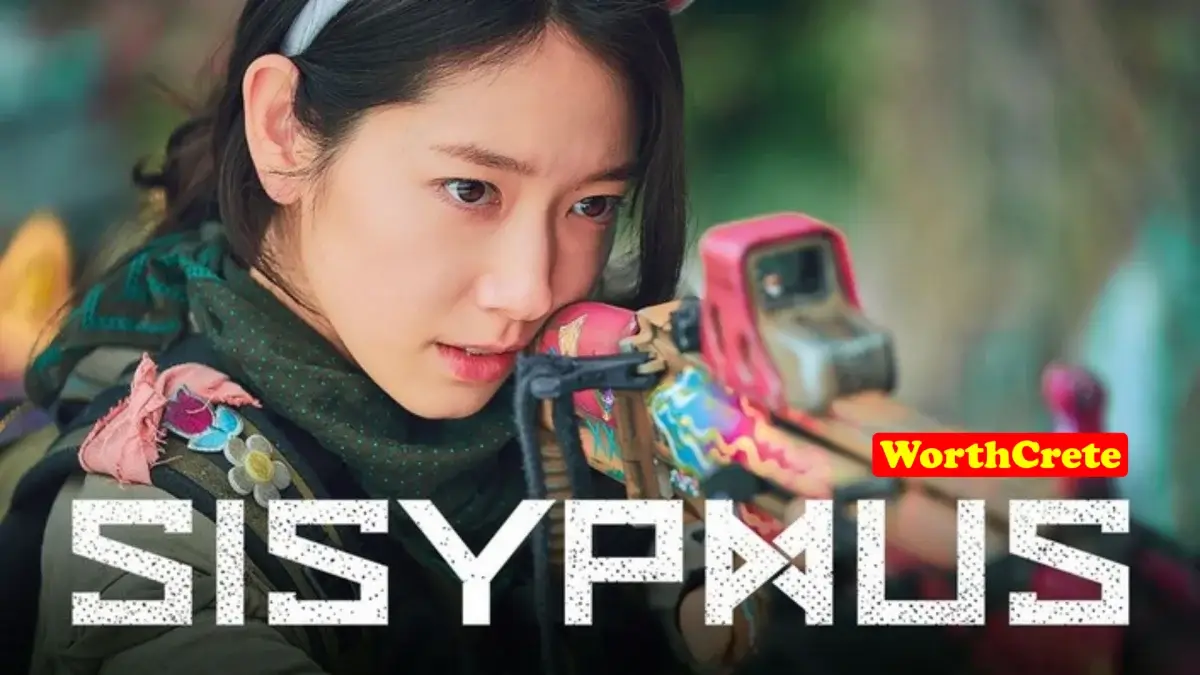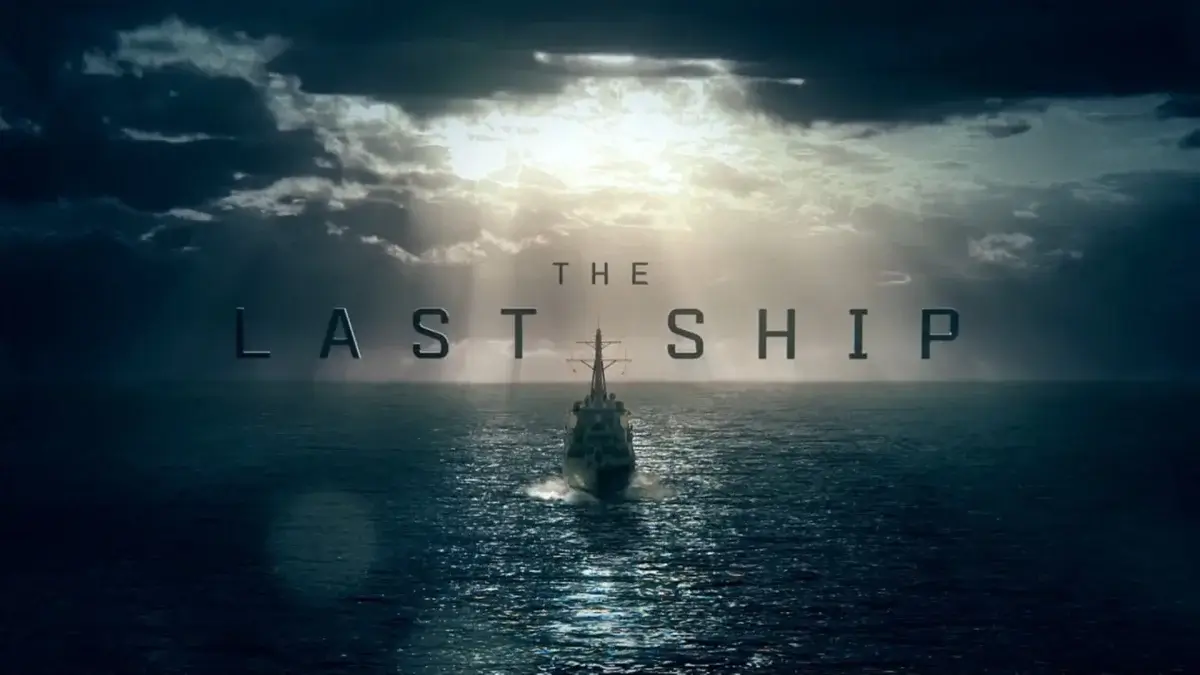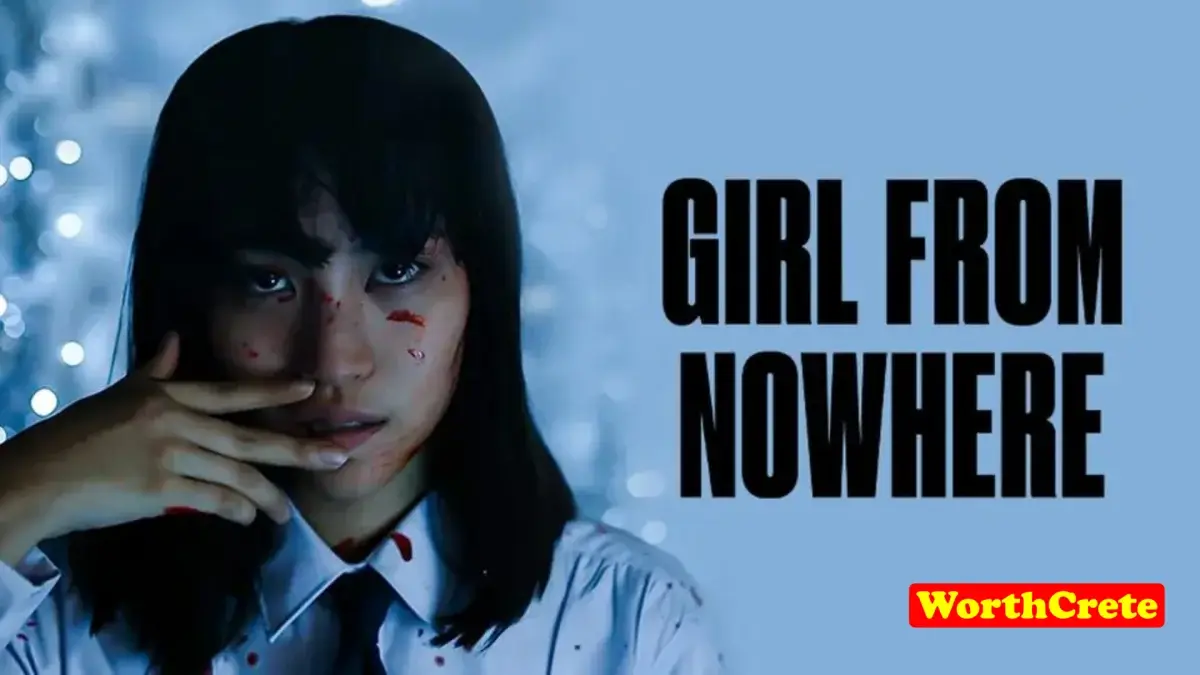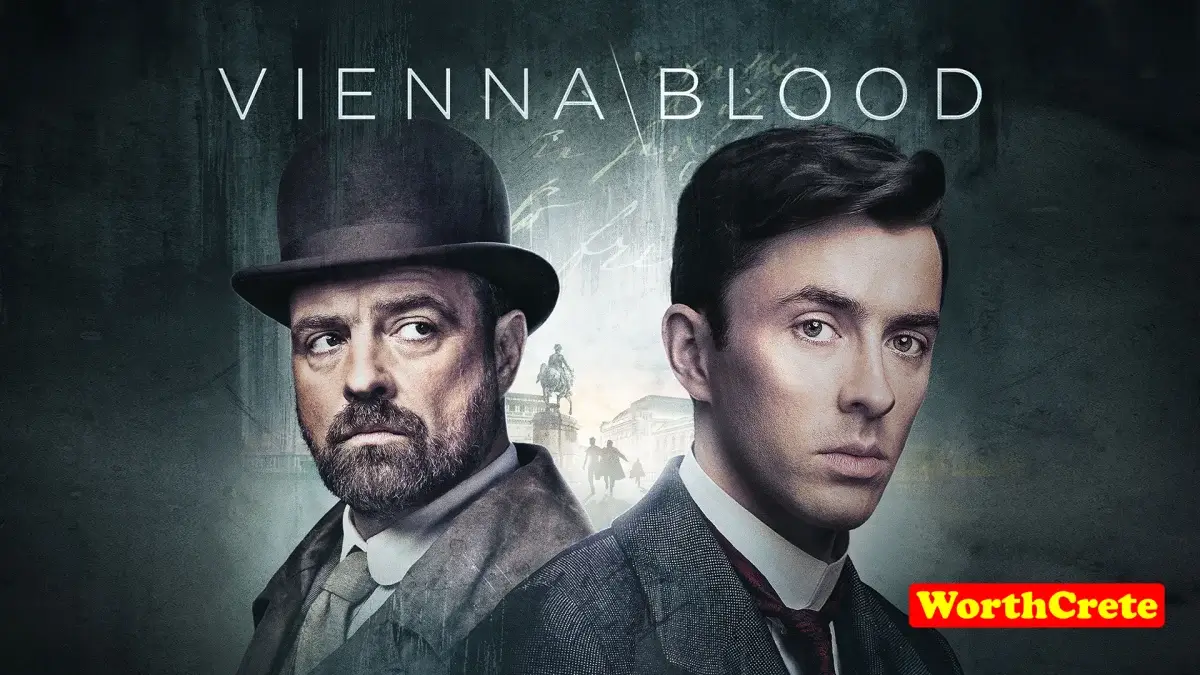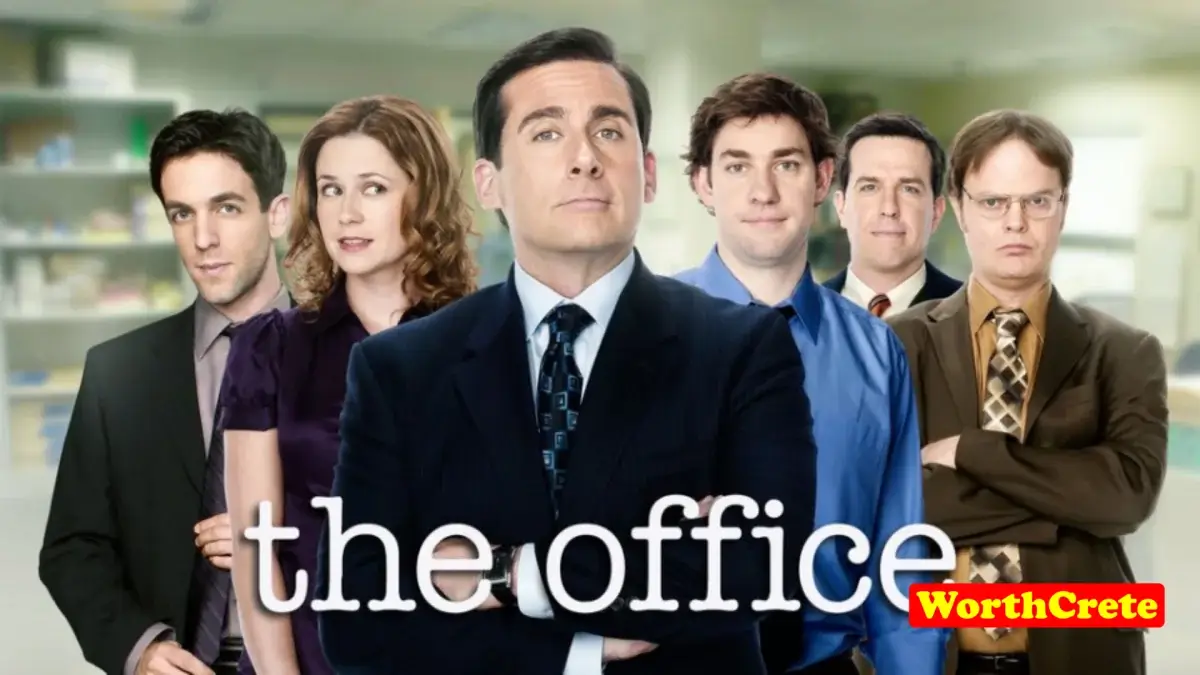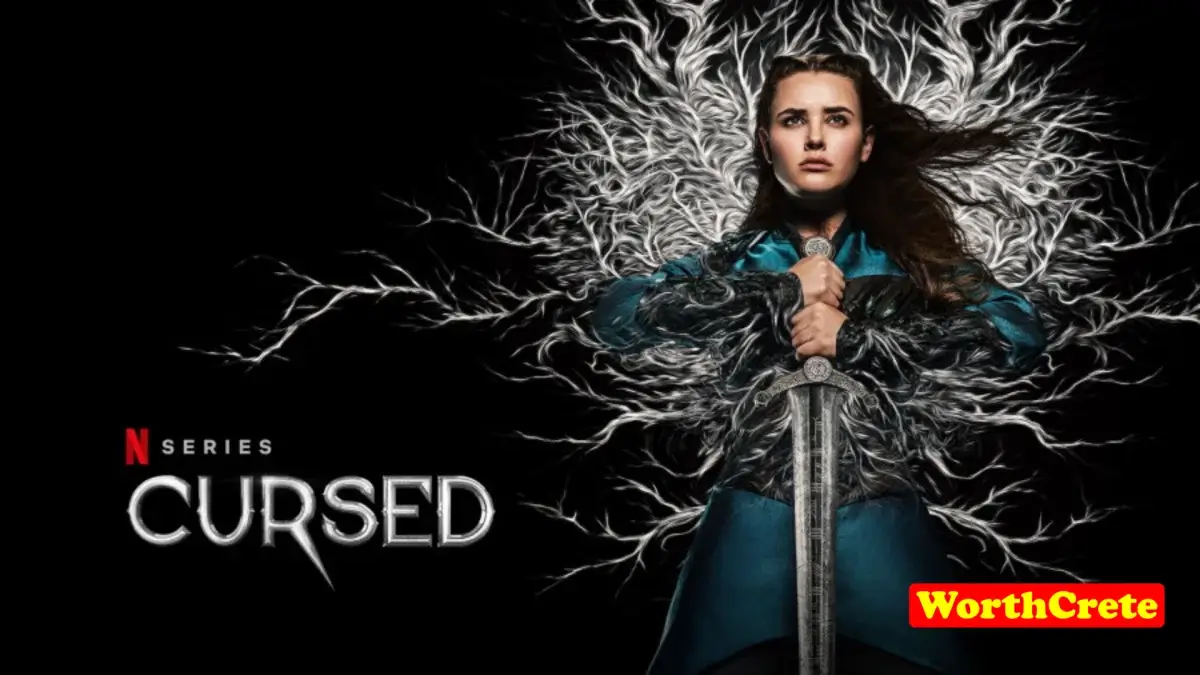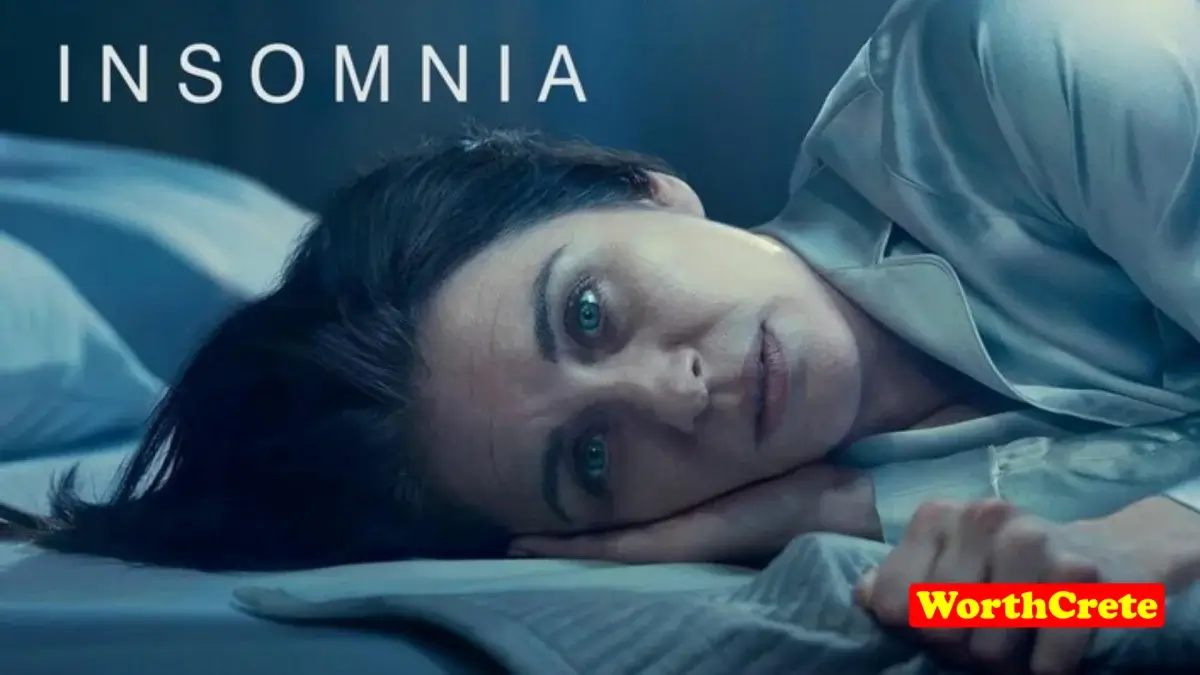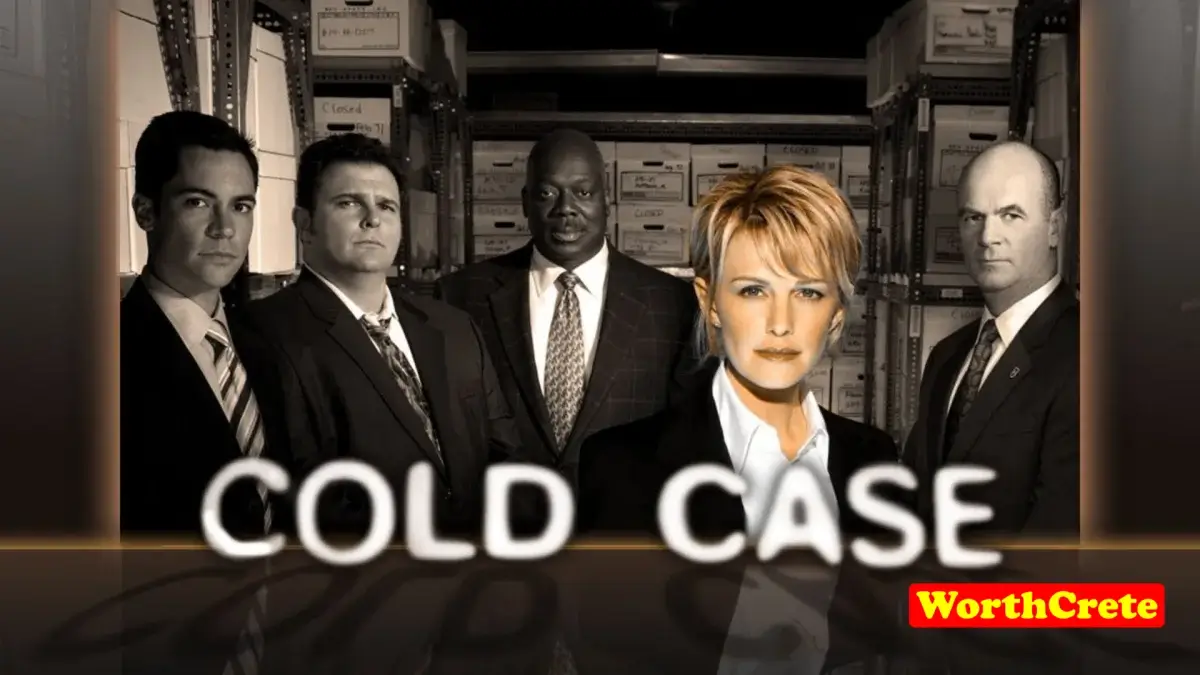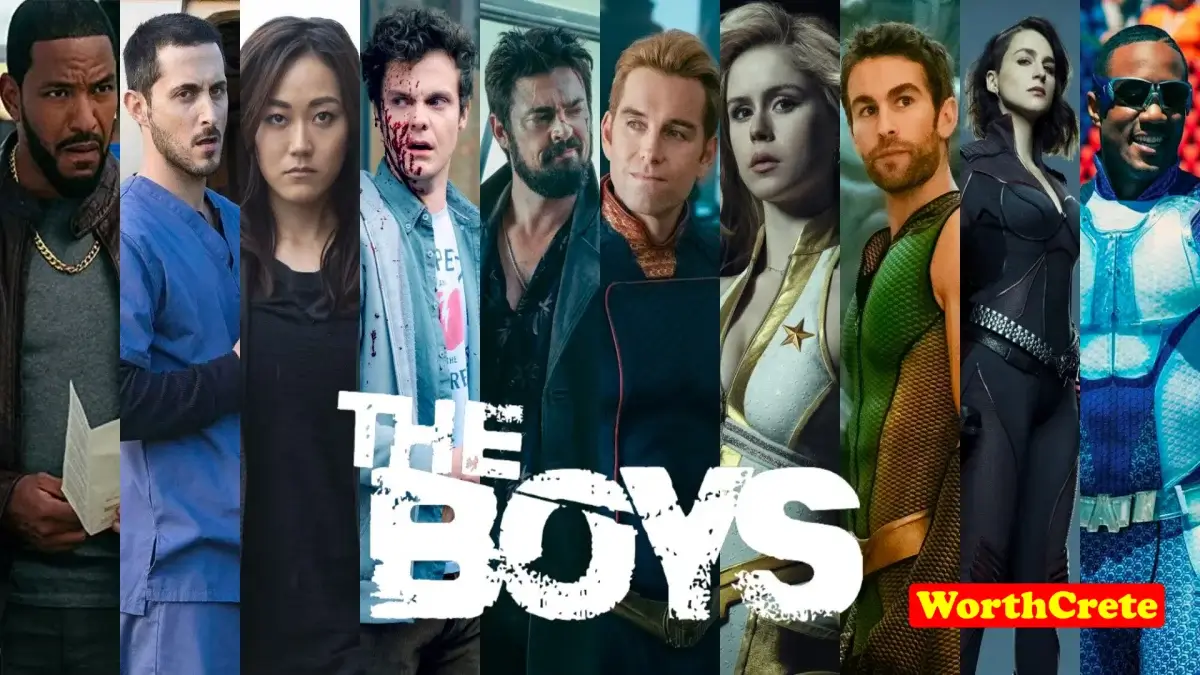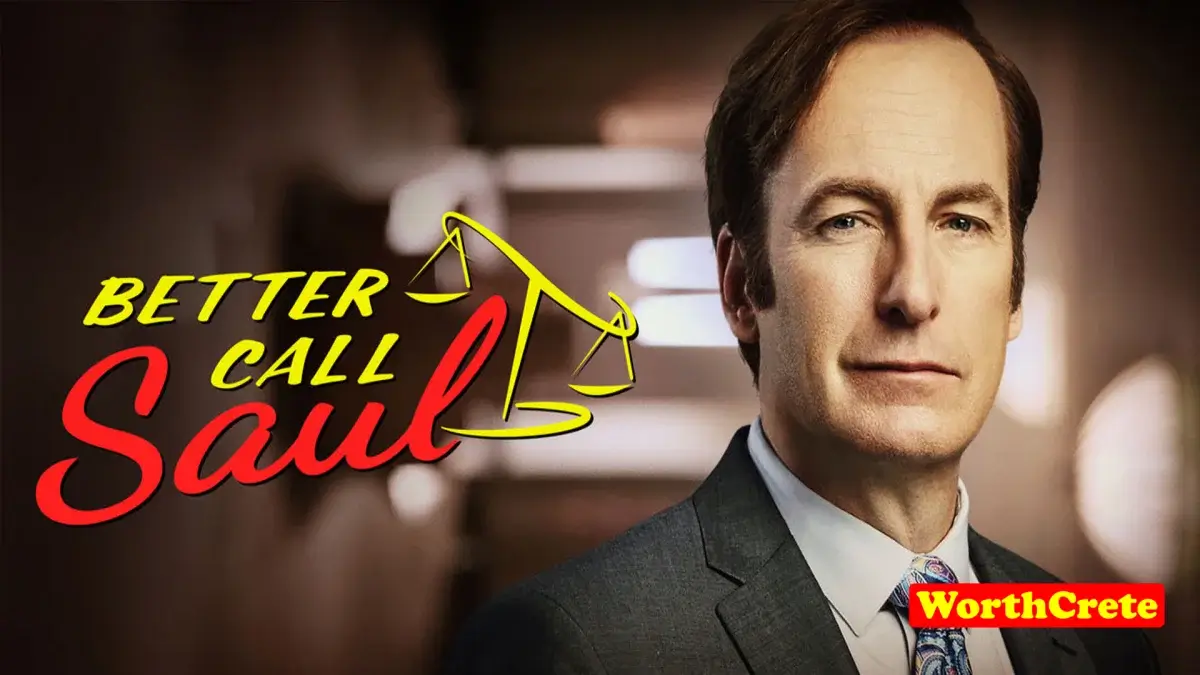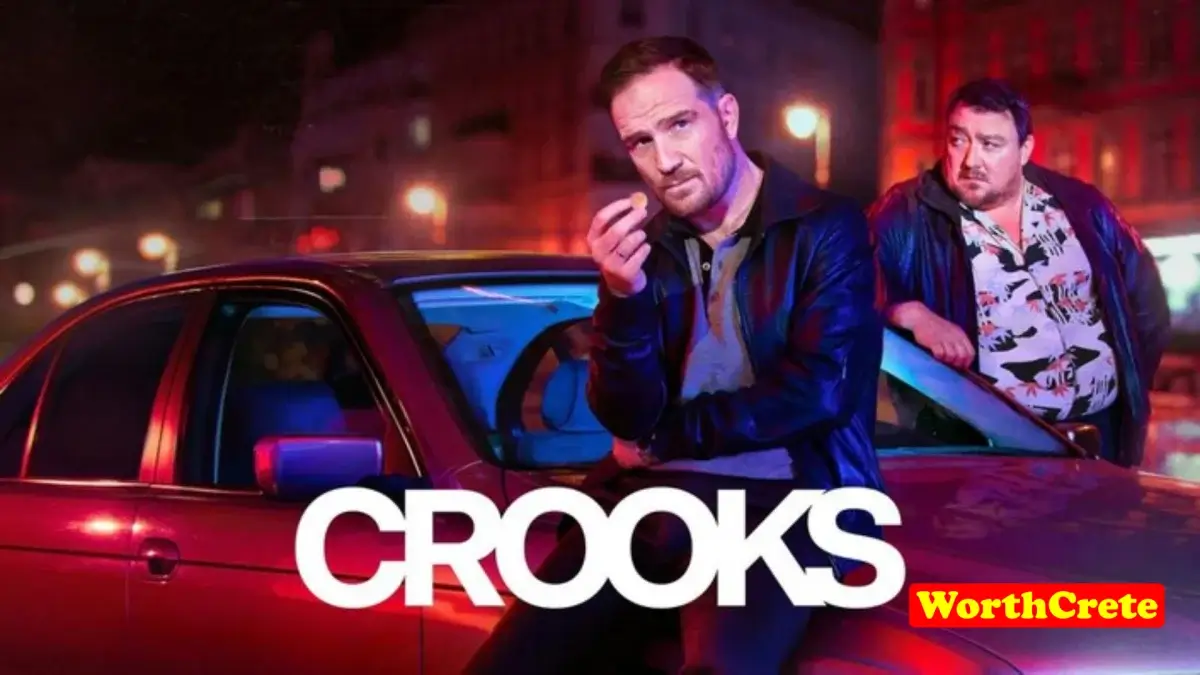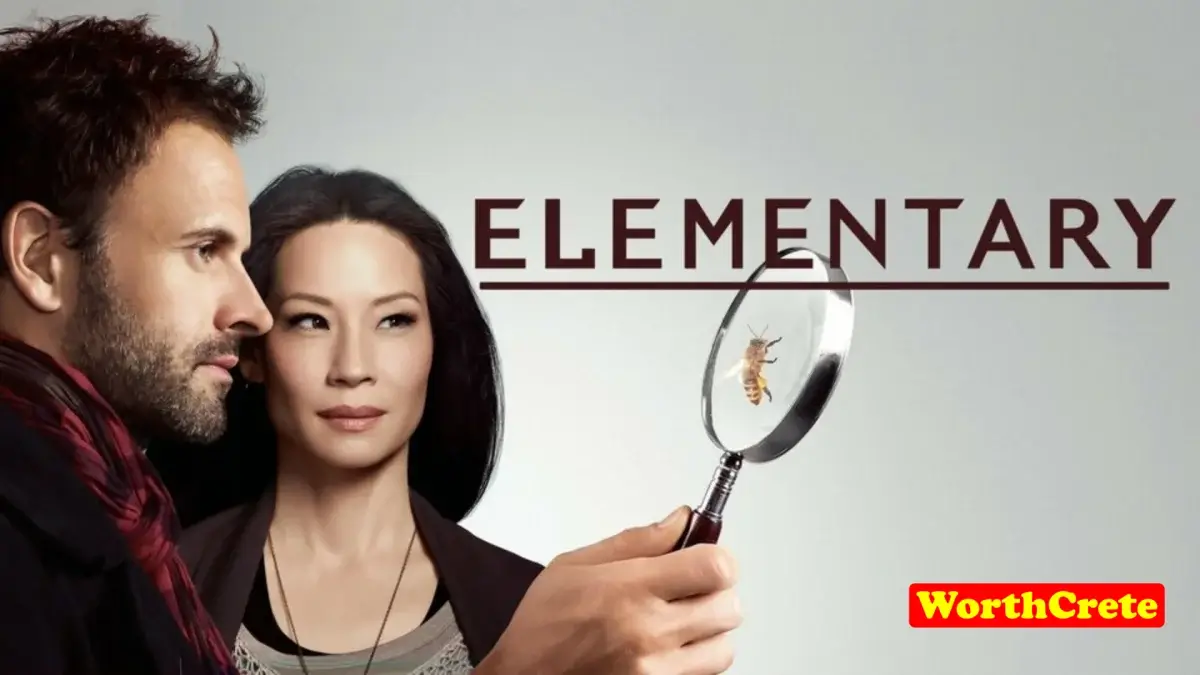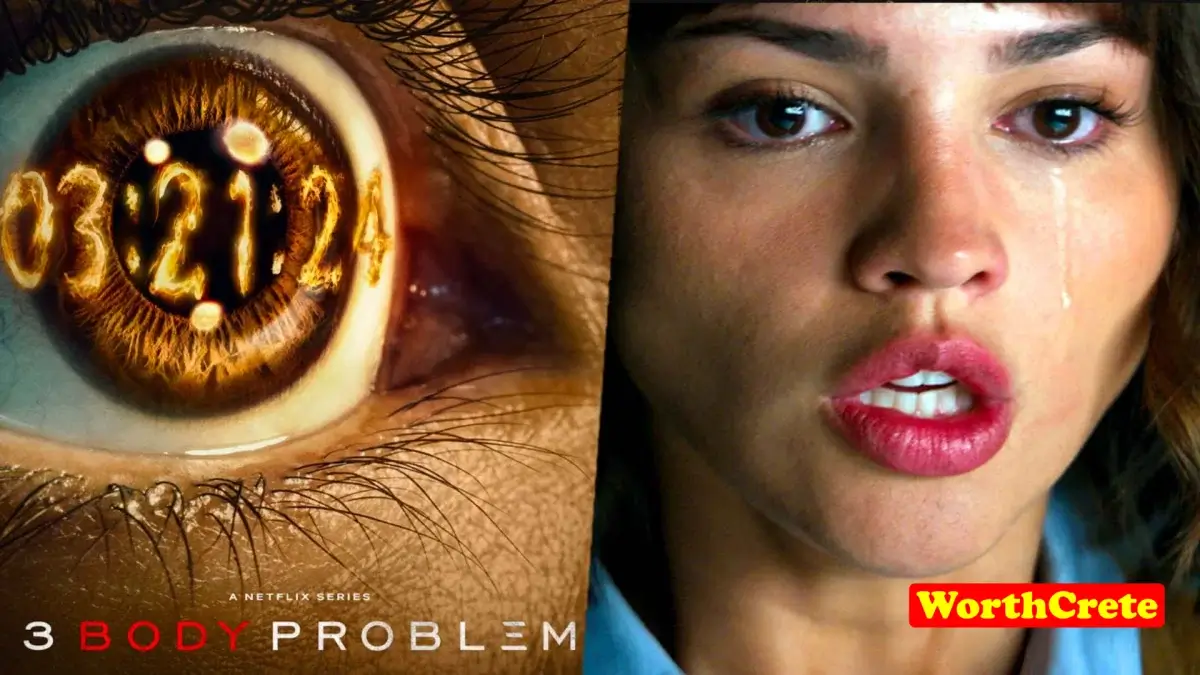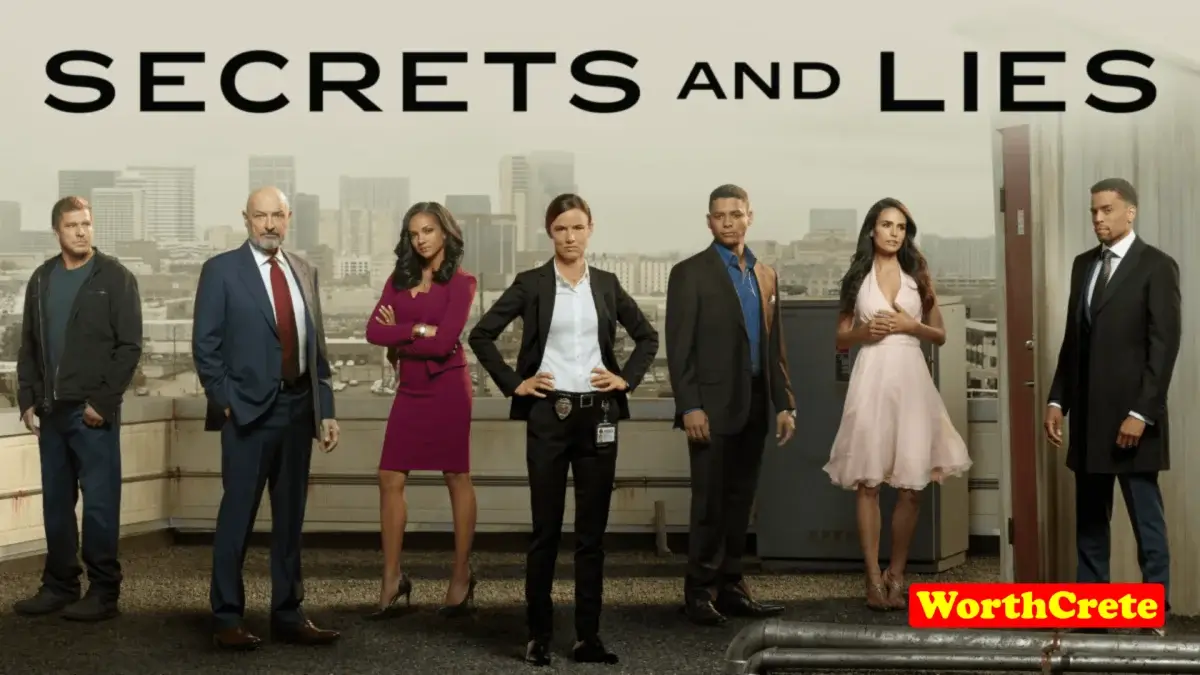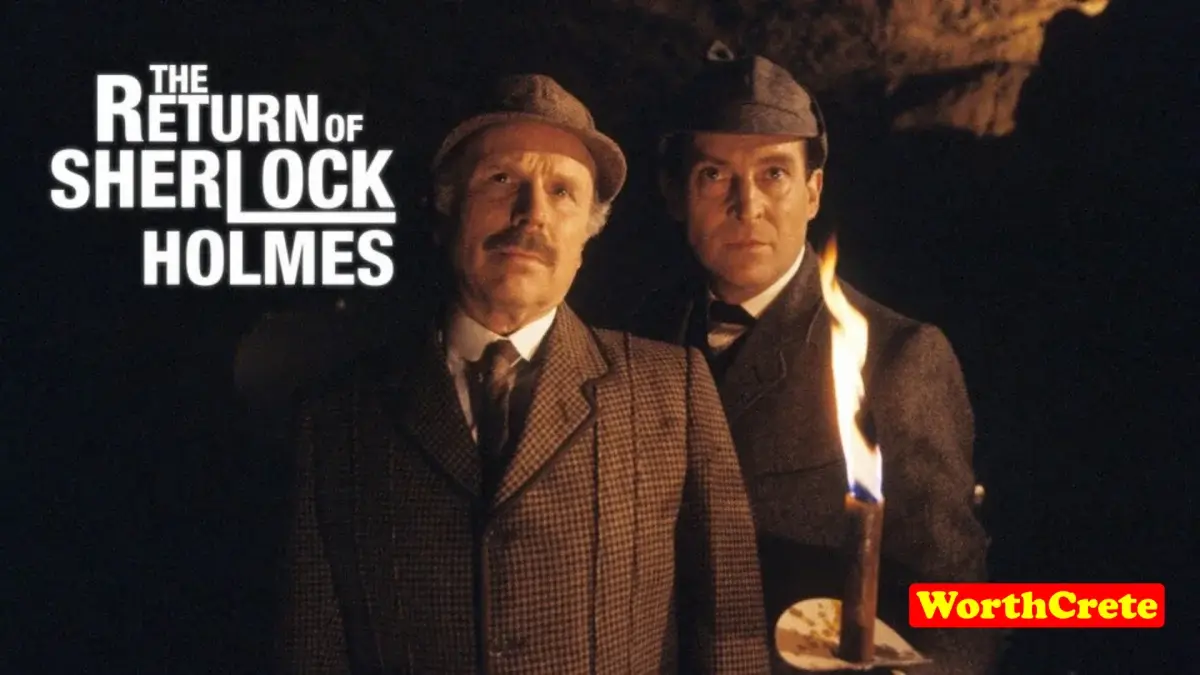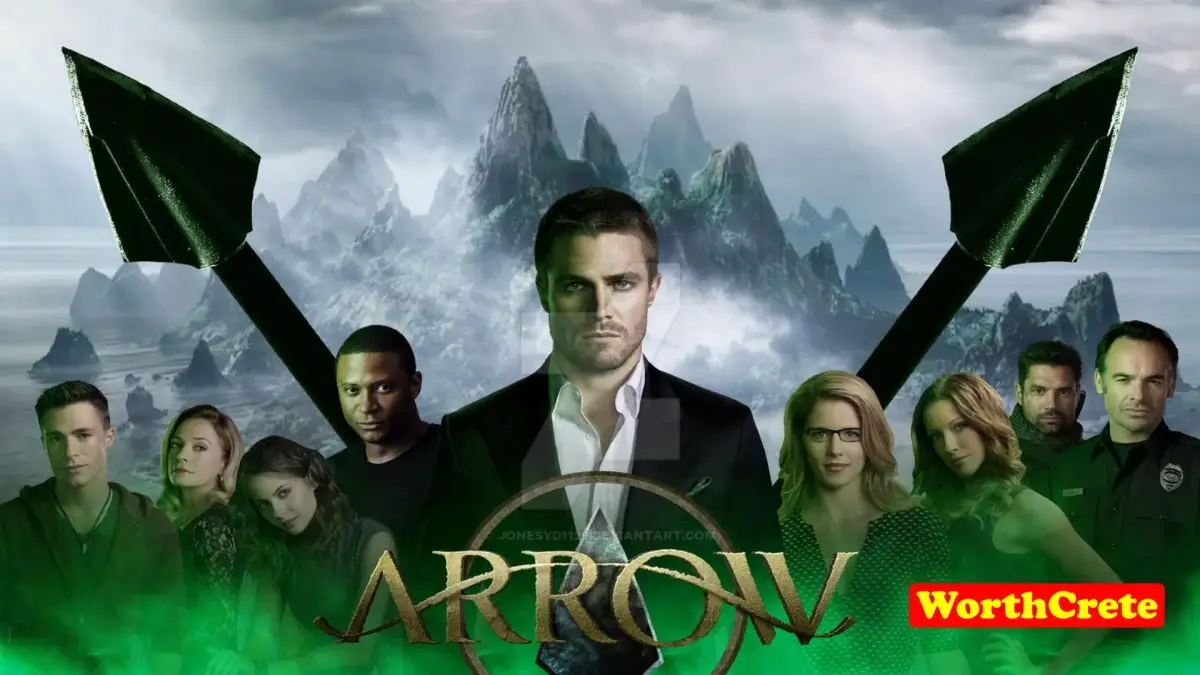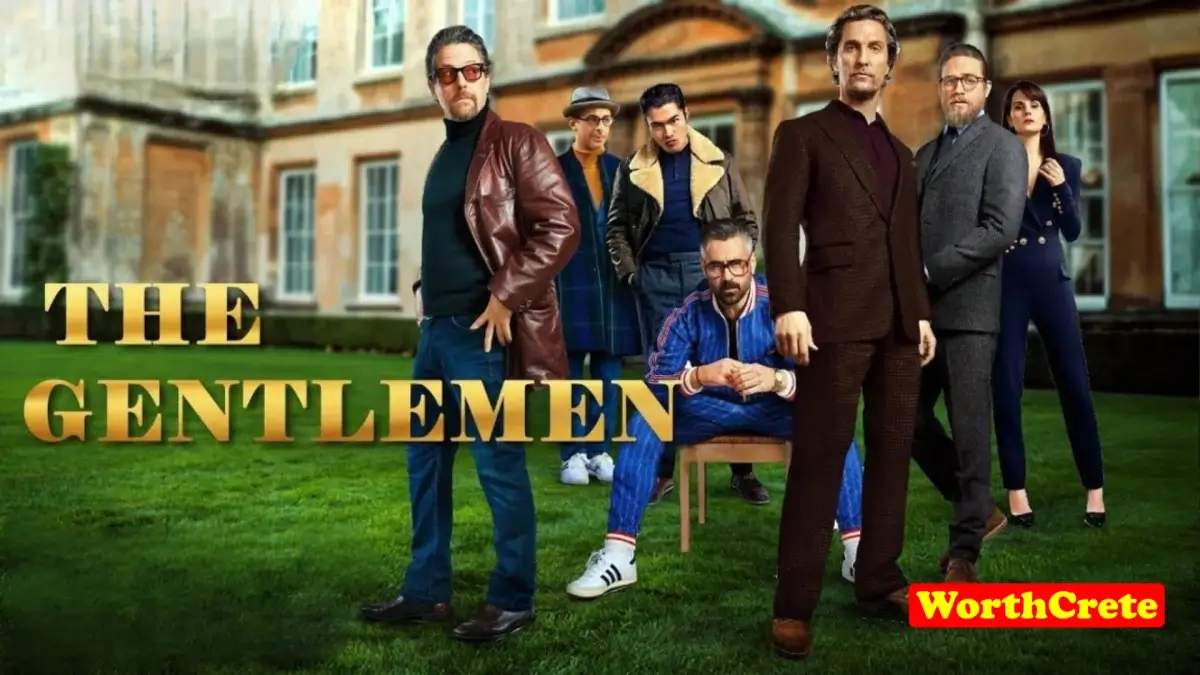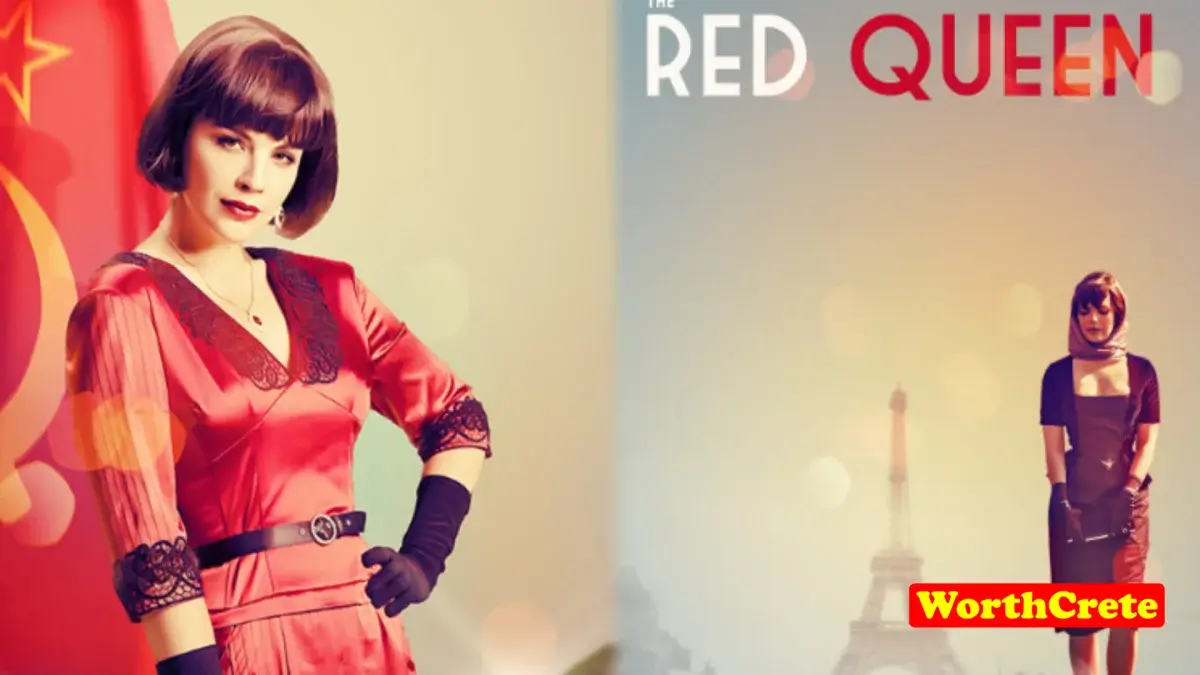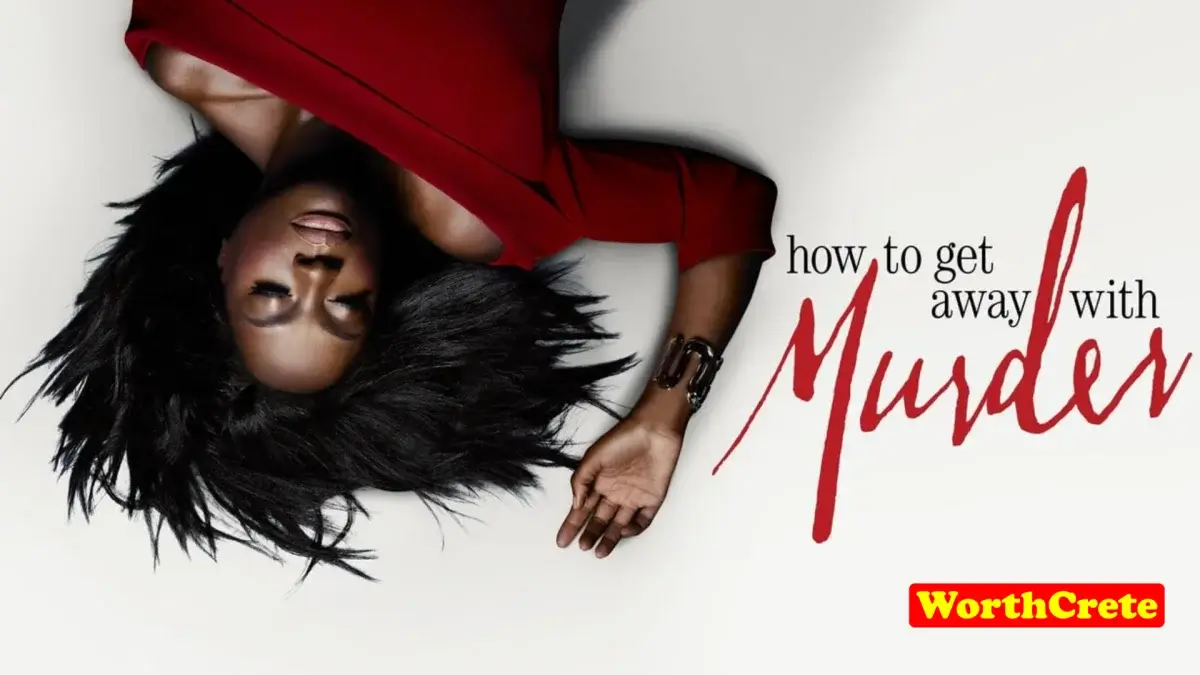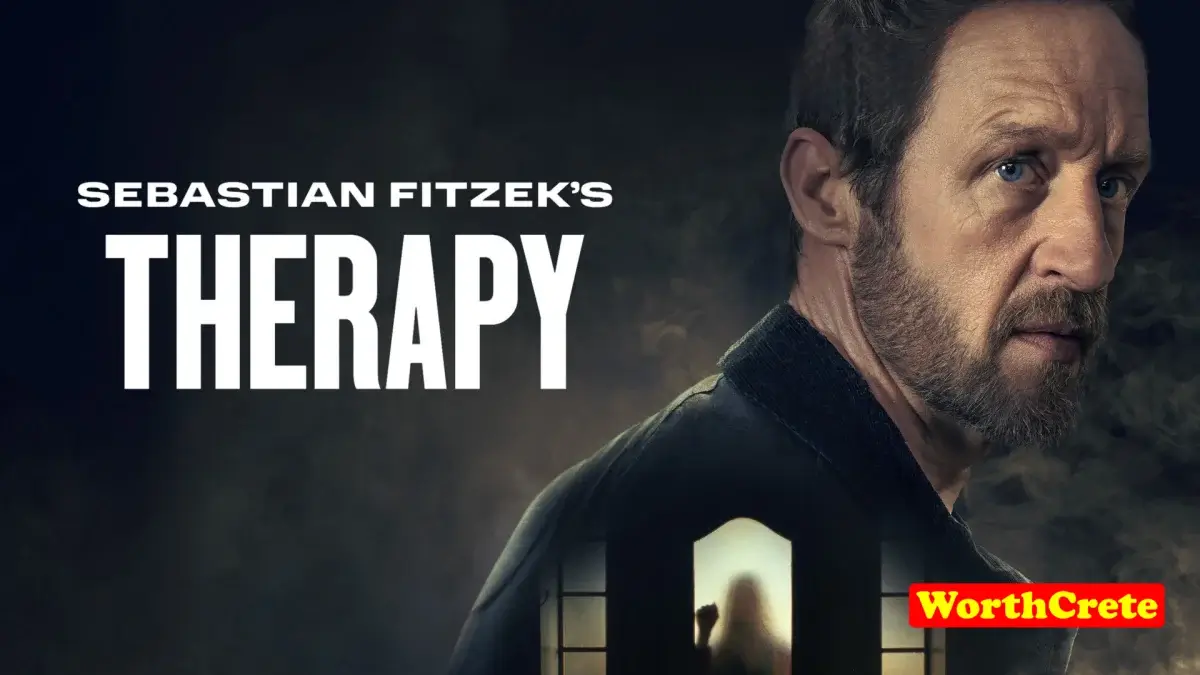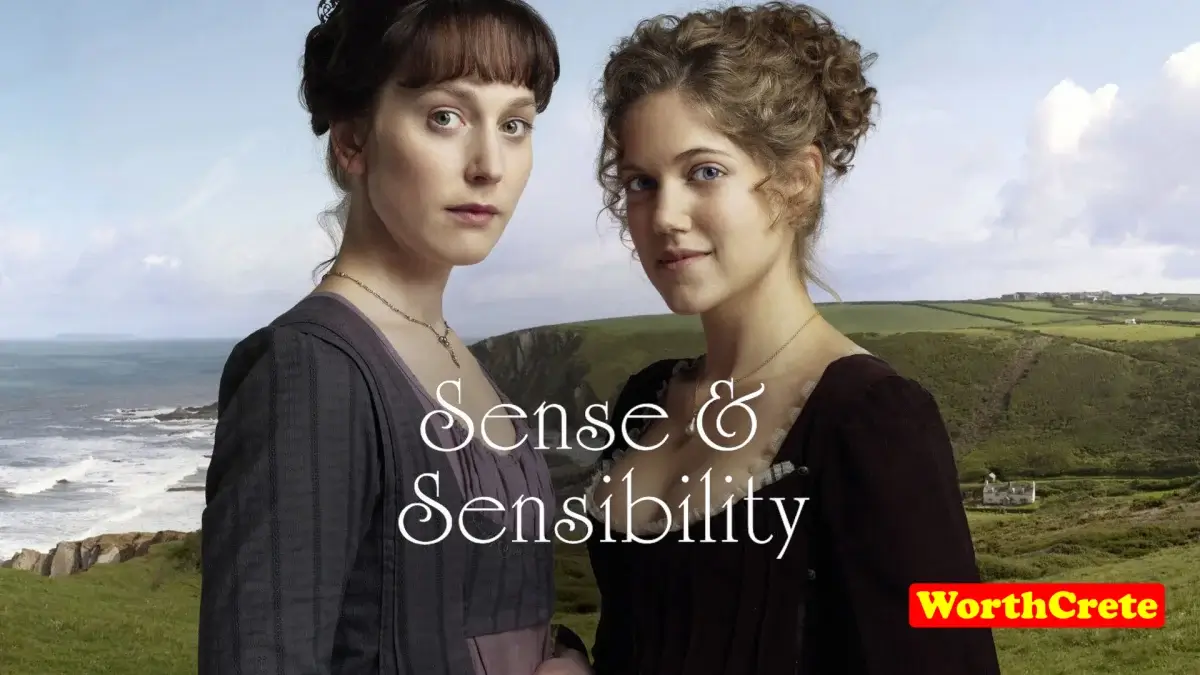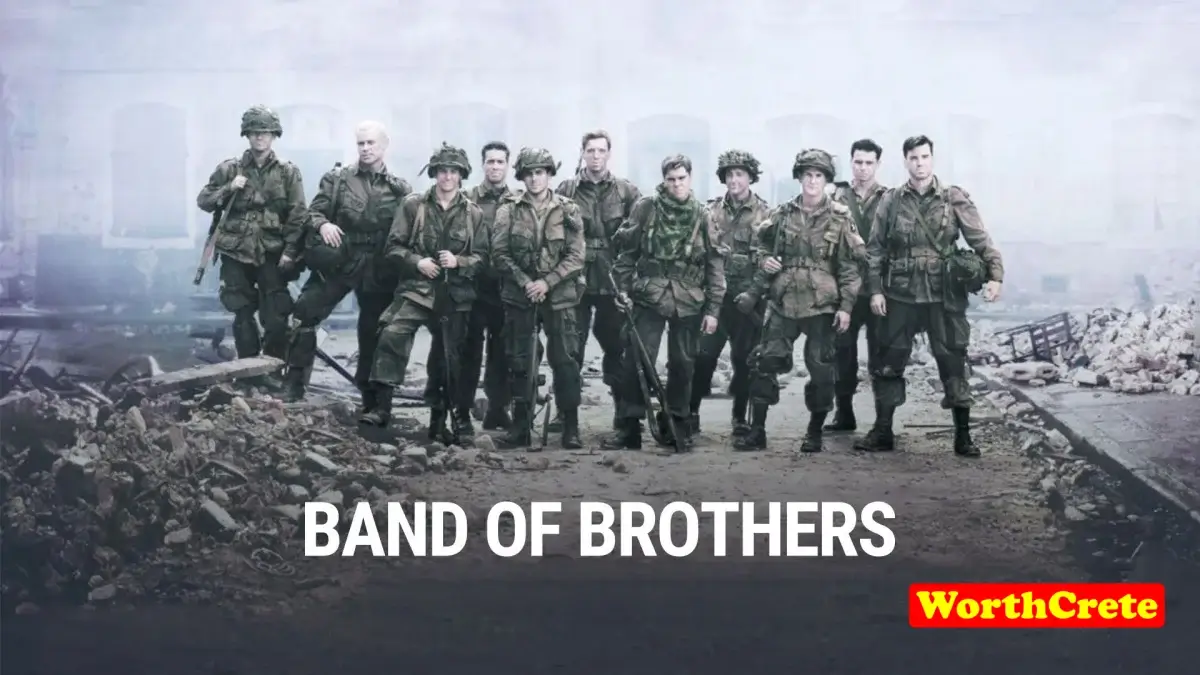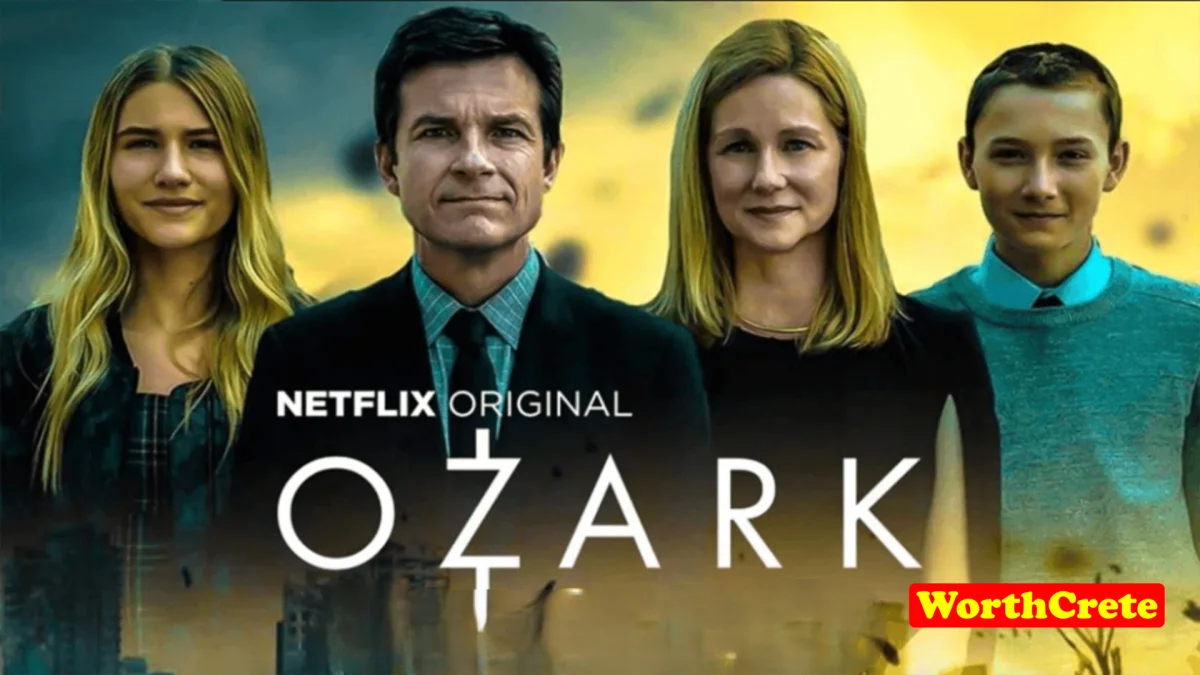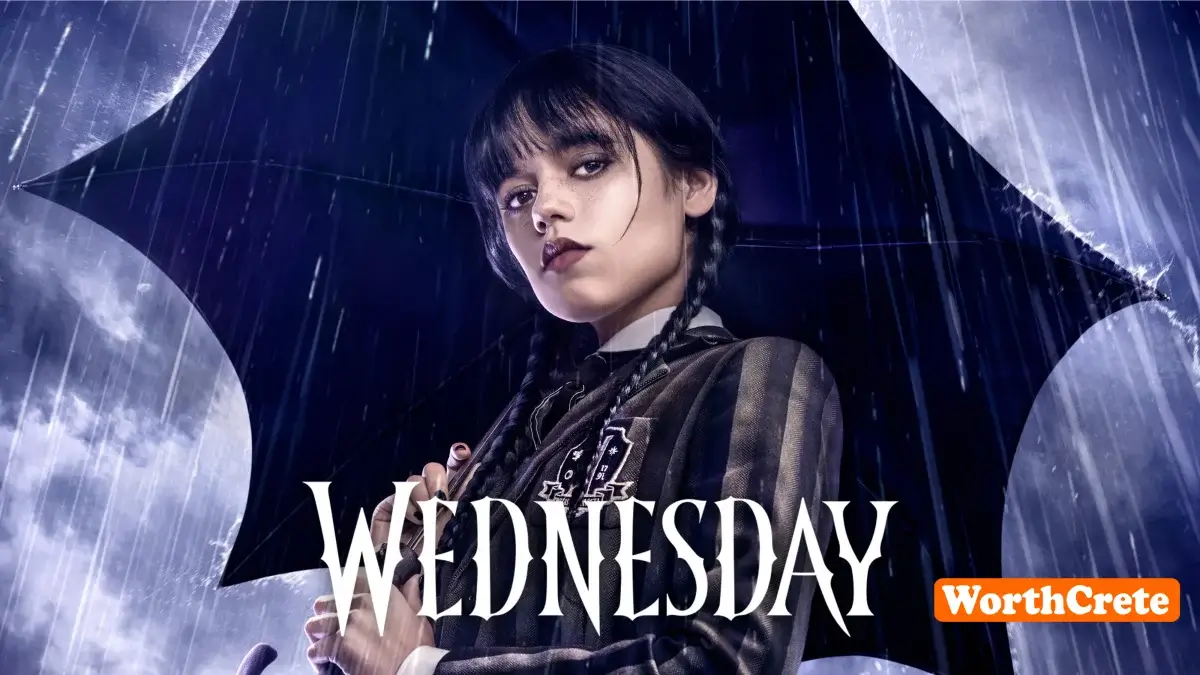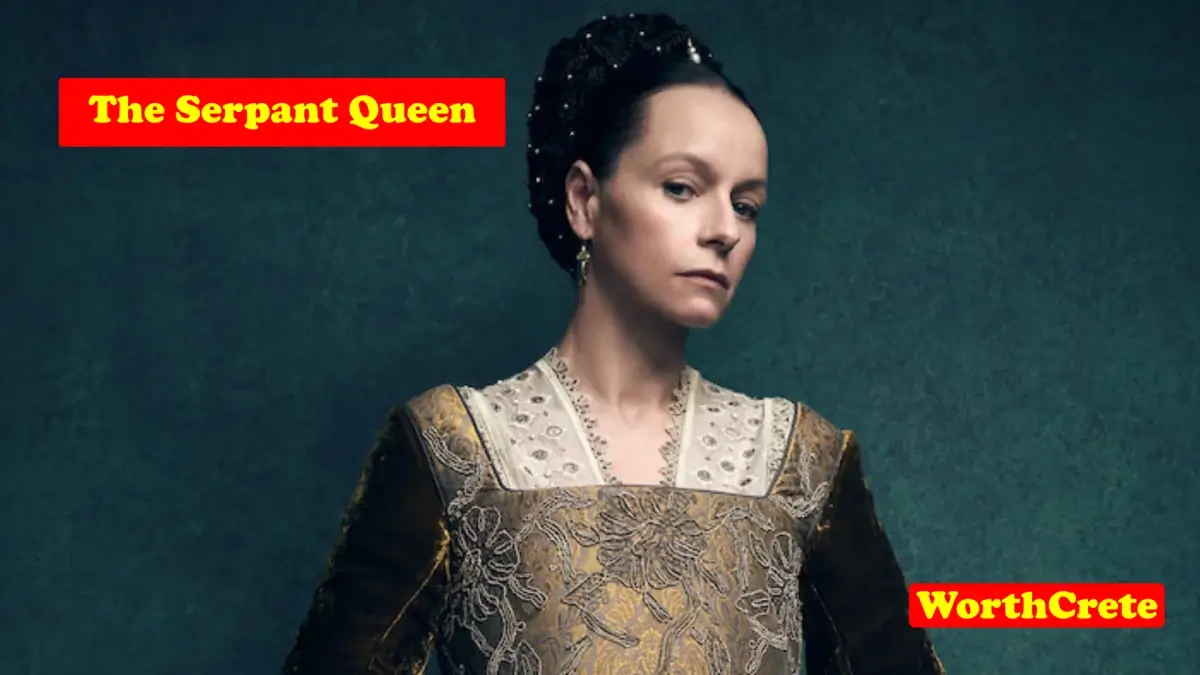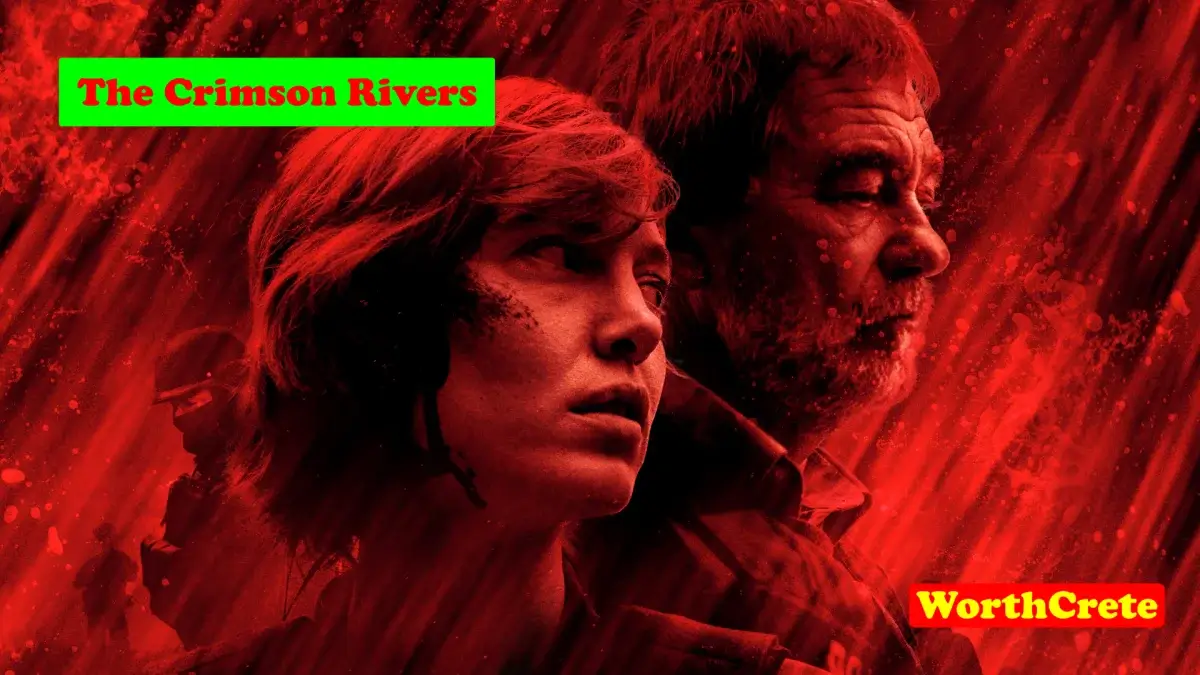Dickinson is an American period drama-comedy series that aired on Apple TV+ from 2019 to 2021. Created by Alena Smith, the show offers a highly stylized, imaginative reimagining of the life of the iconic 19th-century poet Emily Dickinson, played by Hailee Steinfeld.
Set in 1800s Amherst, Massachusetts, the series follows Emily as she grapples with the limitations of her gender, her desire to become a renowned poet, and her complex relationships with her family and the people around her.
While the show takes creative liberties with historical facts, it blends historical drama with modern elements, such as contemporary language, pop music, and anachronistic references, creating a playful yet poignant atmosphere.
Through Emily’s rebellious and often comedic perspective, the show explores themes of creativity, fame, identity, and societal expectations, particularly for women in a male-dominated world. Emily’s interactions with her family, especially her overbearing father, her loving but conflicting relationship with her friend Sue Gilbert, and her internal struggles with artistic expression, are central to the narrative.
Visually striking and tonally bold, Dickinson presents a contemporary twist on the poet’s life, celebrating her voice and legacy in a way that resonates with modern audiences while paying homage to the historical figure. The show was praised for its unique approach, Steinfeld’s standout performance, and its mix of humor, drama, and lyrical exploration of Emily Dickinson’s emotional and creative journey.
Dickinson – TV Series – Season 1 – Summary
Season 1 of Dickinson explores the early life of the famous American poet Emily Dickinson. The series is a playful and modern retelling of Emily’s experiences, blending historical settings with contemporary language and themes. Emily, portrayed by Hailee Steinfeld, is shown as a rebellious young woman who struggles against societal norms and the limitations imposed on women in the 19th century.
Throughout the season, Emily grapples with her passion for writing poetry, her desire for independence, and her complicated relationships with her family and friends. Her deep, unfulfilled love for her best friend, Sue Gilbert, serves as a recurring emotional thread. Sue is engaged to Emily’s brother, Austin, adding tension and heartbreak to Emily’s journey.
Emily’s relationship with death is personified by a mysterious and alluring figure, played by Wiz Khalifa, who becomes both a muse and a representation of her obsession with mortality. The series mixes humor, heartbreak, and surreal elements, creating a unique portrayal of Emily’s world and her creative spirit.
Key themes include feminism, the struggle for artistic freedom, and the exploration of love and identity. The season ends with Emily finding her voice as a poet but still facing the challenge of being recognized and understood in a society that doesn’t value women’s intellectual contributions.
Dickinson – Season 1 – Trailer
Dickinson – TV Series – Season 2 – Summary
In Season 2 of Dickinson, Emily Dickinson continues her journey as a poet, but the focus shifts to her internal conflict over fame and the costs of recognition. This season delves into Emily’s increasing awareness of her potential impact as a writer and the temptations and pitfalls of seeking a wider audience.
Emily finds herself grappling with the question of whether her poetry should be published and made public, or if it should remain private. Her struggle is fueled by societal pressures, as well as a fascination with the notion of legacy and immortality through fame. This exploration is complicated by the introduction of Sam Bowles, a charismatic and ambitious newspaper editor who promises Emily the world but also introduces her to the darker side of public life.
The season also continues to explore the personal lives of Emily’s family and friends. Sue, who has married Emily’s brother Austin, becomes a socialite in Amherst and hosts extravagant parties, but her marriage is strained, and she shares an intimate and complex bond with Emily. Austin struggles with his own frustrations, while Emily’s parents, Edward and Emily Norcross Dickinson, face personal challenges as they attempt to control the family’s image and Emily’s unconventional behavior.
The themes of ambition, identity, and the price of fame are central to this season, as Emily discovers that seeking recognition may compromise her true voice and artistic integrity. By the end of the season, Emily realizes that the path to greatness is complicated and often isolating, and she makes pivotal decisions about her future as a writer. The season closes with Emily reaffirming her dedication to her poetry, accepting that her art may remain unrecognized in her lifetime, yet embracing her love for the craft and her own unique perspective.
Dickinson – Season 2 – Trailer
Dickinson – TV Series – Season 3 – Summary
Season 3 of Dickinson takes place during the American Civil War, and the series explores how this tumultuous time impacts Emily Dickinson and her loved ones. The final season deepens the themes of legacy, purpose, and the poet’s enduring struggle between her inner world and the chaos of the outside.
Emily, played by Hailee Steinfeld, finds herself questioning her role as a writer in a time of great upheaval and division. As the war rages on, Emily is determined to bring hope and healing through her poetry, but she also grapples with feelings of helplessness. The season emphasizes Emily’s desire to connect and unify people through her words, even as her family and community are being torn apart by conflict.
The Dickinson family is profoundly affected by the war. Emily’s brother, Austin, becomes increasingly estranged from his wife, Sue, and is heavily burdened by the realities of the conflict. Sue, meanwhile, gives birth to her and Austin’s child and renews her complex relationship with Emily, who is deeply moved by the new life brought into their world amidst the destruction of war. Emily’s parents, Edward and Emily Norcross Dickinson, face their own challenges as the family struggles to hold itself together.
The season also sees Emily’s bond with her closest friends and family evolve. Lavinia Dickinson, Emily’s sister, seeks to make her own mark and navigate the changing social landscape. Meanwhile, Emily continues her conversations with Death, played by Wiz Khalifa, who remains a compelling figure in her life, reminding her of the constant presence of mortality.
The overarching theme of Season 3 is the quest for hope and meaning in a fractured world. Emily confronts the limitations of her time and the realization that she may never be understood or celebrated in her own era. As the series concludes, Emily embraces the idea that her poetry will transcend time, and she finds a sense of peace in her purpose, despite the ongoing struggles and losses around her.
The series finale provides a poignant and reflective closure, highlighting Emily’s lasting impact and the eternal nature of her work, even as she prepares to live a life away from the limelight. Dickinson ends on a note of both melancholy and inspiration, honoring the poet’s legacy and her enduring spirit.






